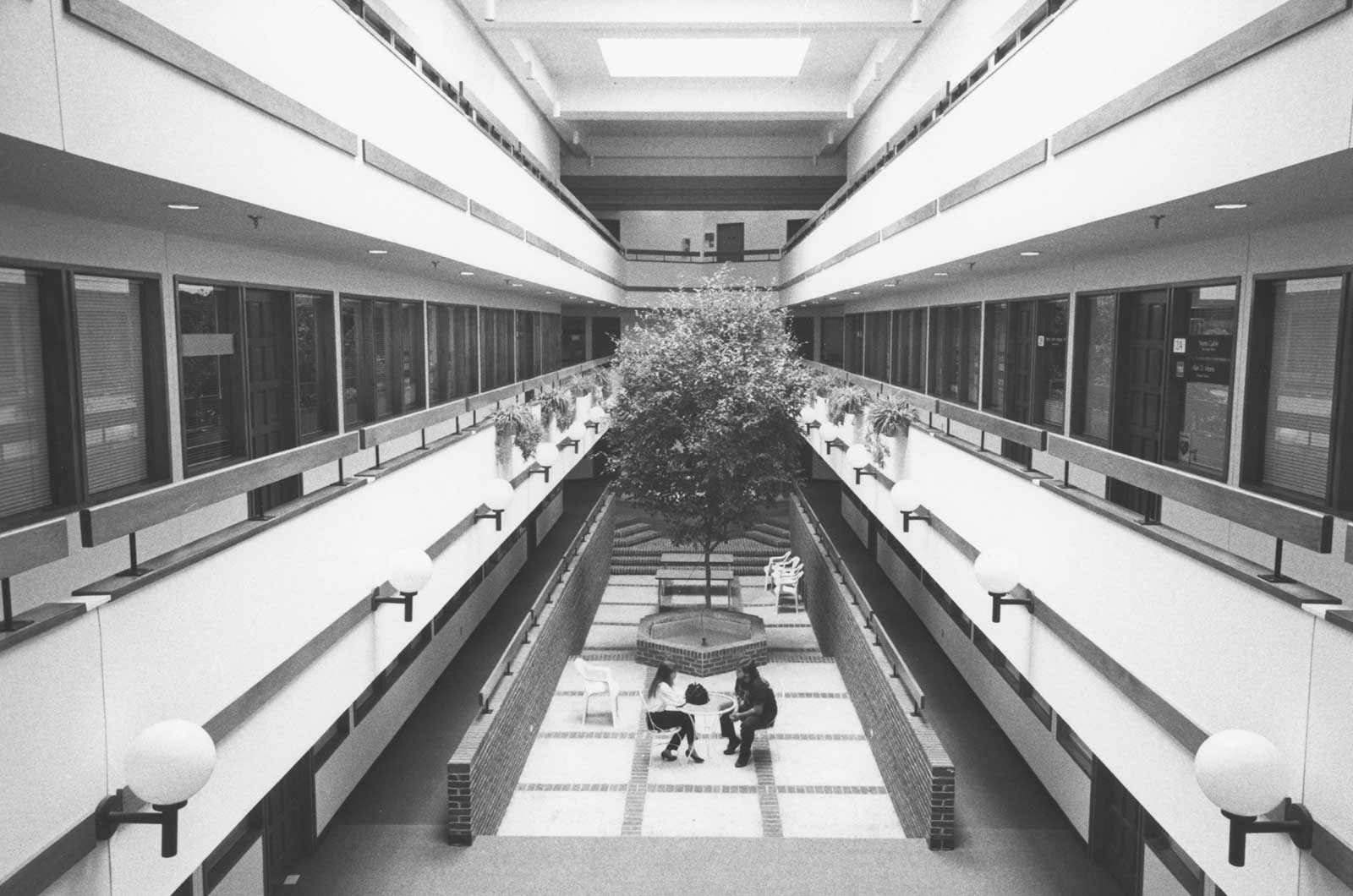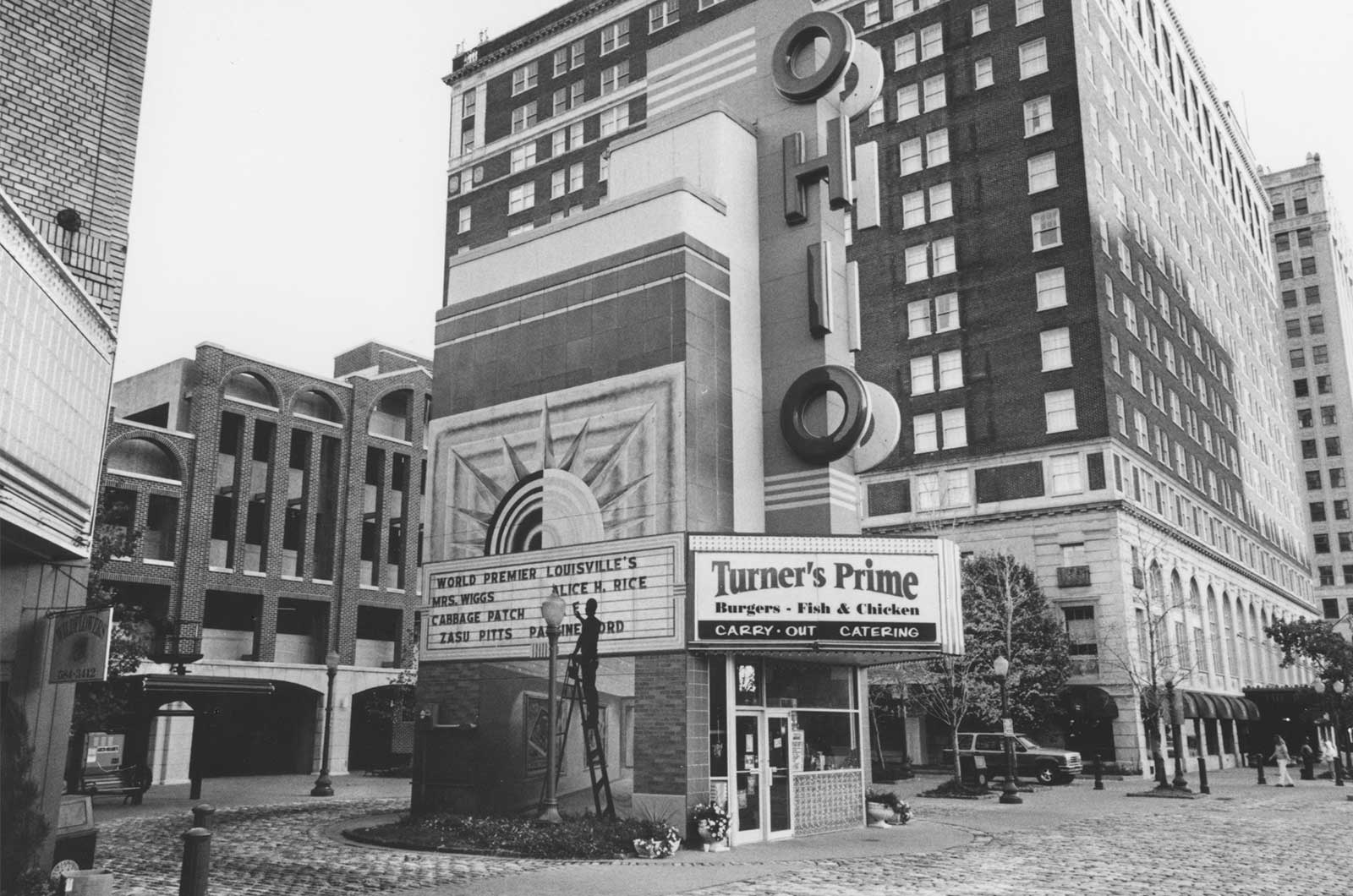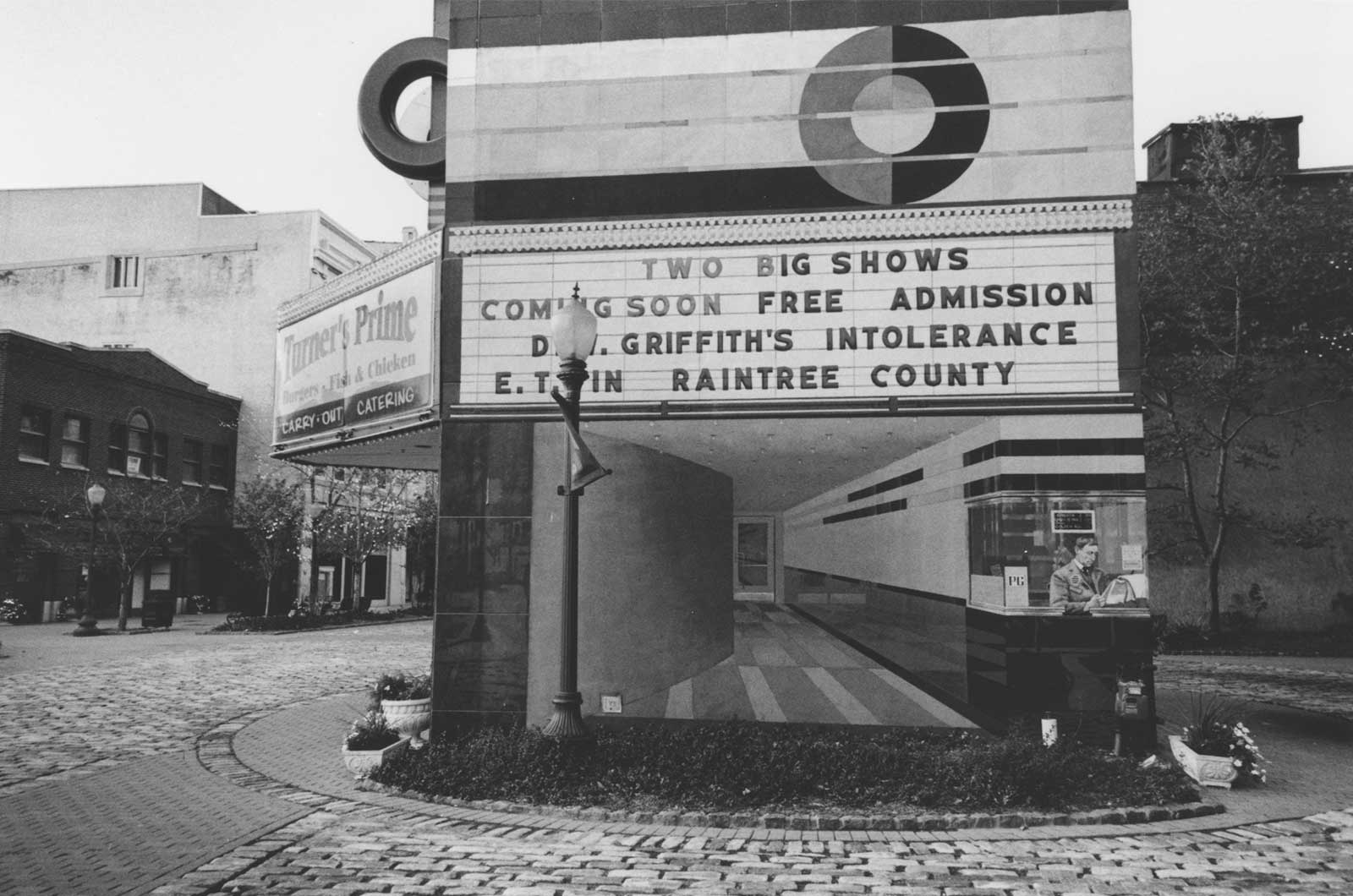American
Movie Theaters
1982 – 2008
Decline and Transformation


The movie theater project evolved out of a photographic criss-crossing of the US beginning in the mid 1970s, when the idea of the downtown was in the process of disappearing. Perhaps the most important motivating theme in Putnam’s photographic work is loss and a need to record the residue, the visual remains of things he expected would always be there. He is compelled by change to look at inferences, absences, implications of a time or place he feels inside himself regardless of whether he has stood there before or not.
For over two decades, as Putnam traveled and photographed, the subject began to define itself more particularly as town centers continued to shift away from the increasingly declining main streets that had defined them.
Years into the project, he discovered The Film Daily Year Book 1956, which listed all existing movie theaters throughout the country as of that year. The book was especially crucial for locating the theaters in cities where without particular addresses Putnam would have had no idea of the theater’s existence. From 1985-89, traveling with the Year Book listings, he marked maps, explored towns and cities, and for places he couldn’t visit, sent queries to Chambers of Commerce and called Post Offices.
While large cities would have numerous theaters scattered around many locations, even small towns might have at least one theater, often on the main square next to the barber shop. The Strand, The Bijou, The Gem, The Ritz, The Rialto… The list was endless.
Many of the theaters were closed by the time Putnam started singling them out. When still standing, a theater was often neglected, through economic necessity and customs in transition. These theaters were in decay, marked and scarred, many of them defaced by graffiti, their coming attraction frames empty, marquees blank. Or he found the theater building still intact in the original lineup of buildings on the main street, but taken over by another business. Among bookstores, thrift shops, day care centers, churches, he saw many inventive transformations. If the theater had been demolished, the Year Book listing by street address allowed him to photograph the site where it once stood.
The sheer number of theaters that once functioned in America, in the smallest crossroads towns and the biggest cities, made it impossible to represent the immensity of the change, of what was lost as customs and expectations shifted. Inevitably, he regrets the fact that he did not get more of them, that he did not get them all.
Putnam’s ongoing theme is transition, that moment that stands between loss and the contemporary state. It is not enough to mourn the loss, we are enjoined also to honor these theaters as part of the rich texture of American life.
Introduction, 24 Photographs, All Regions

















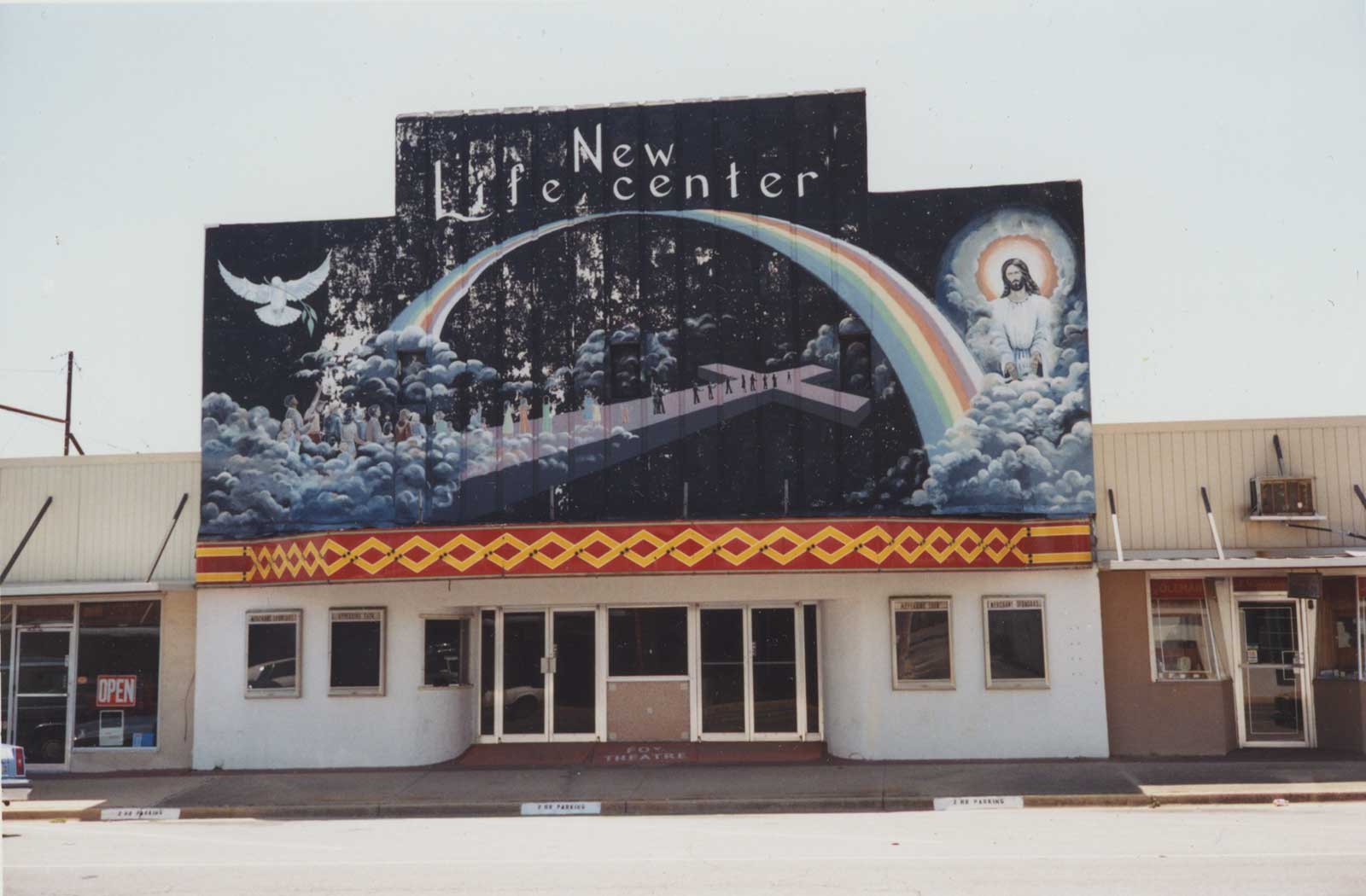





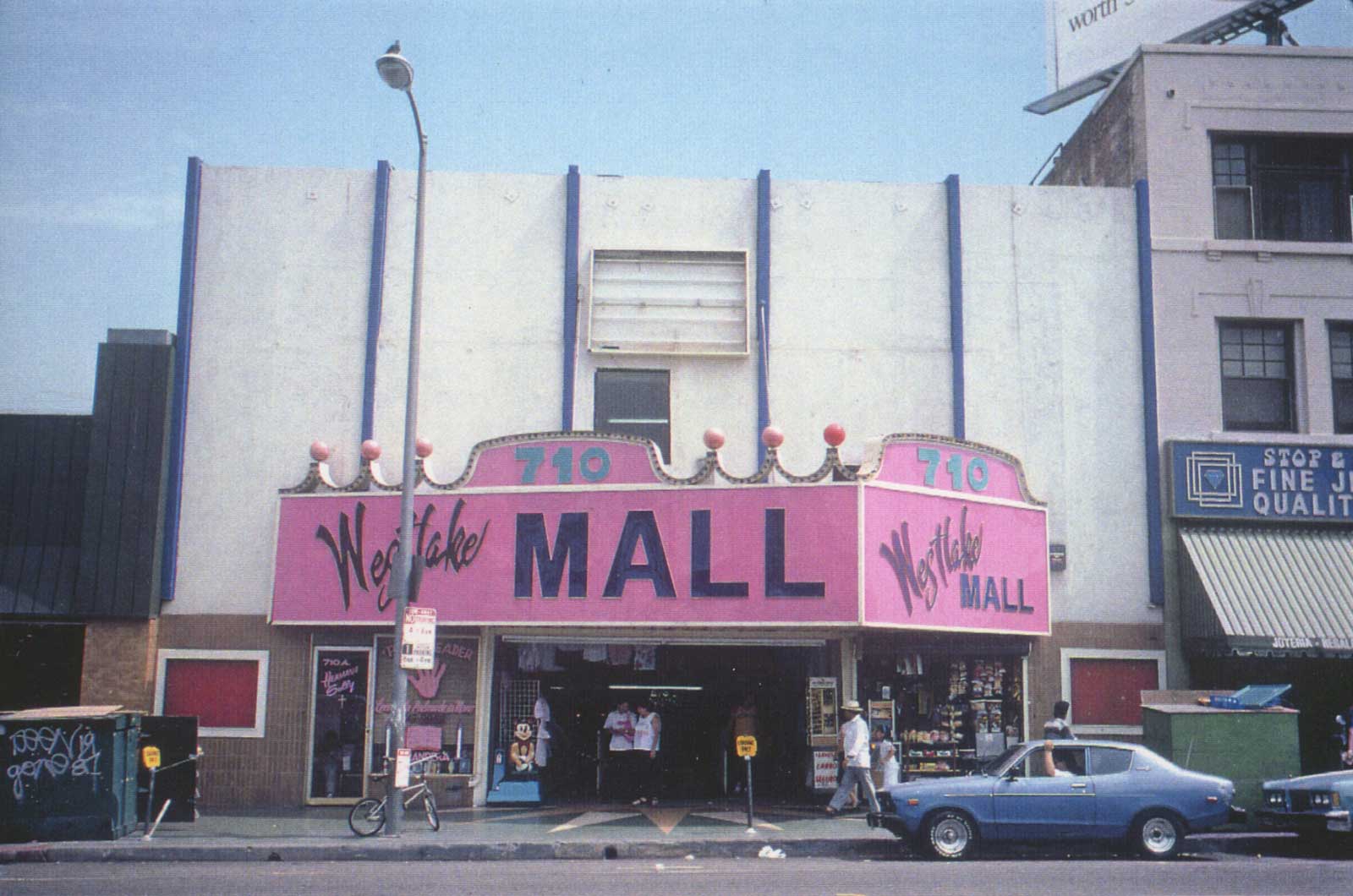
Philadelphia, September – October, 1988


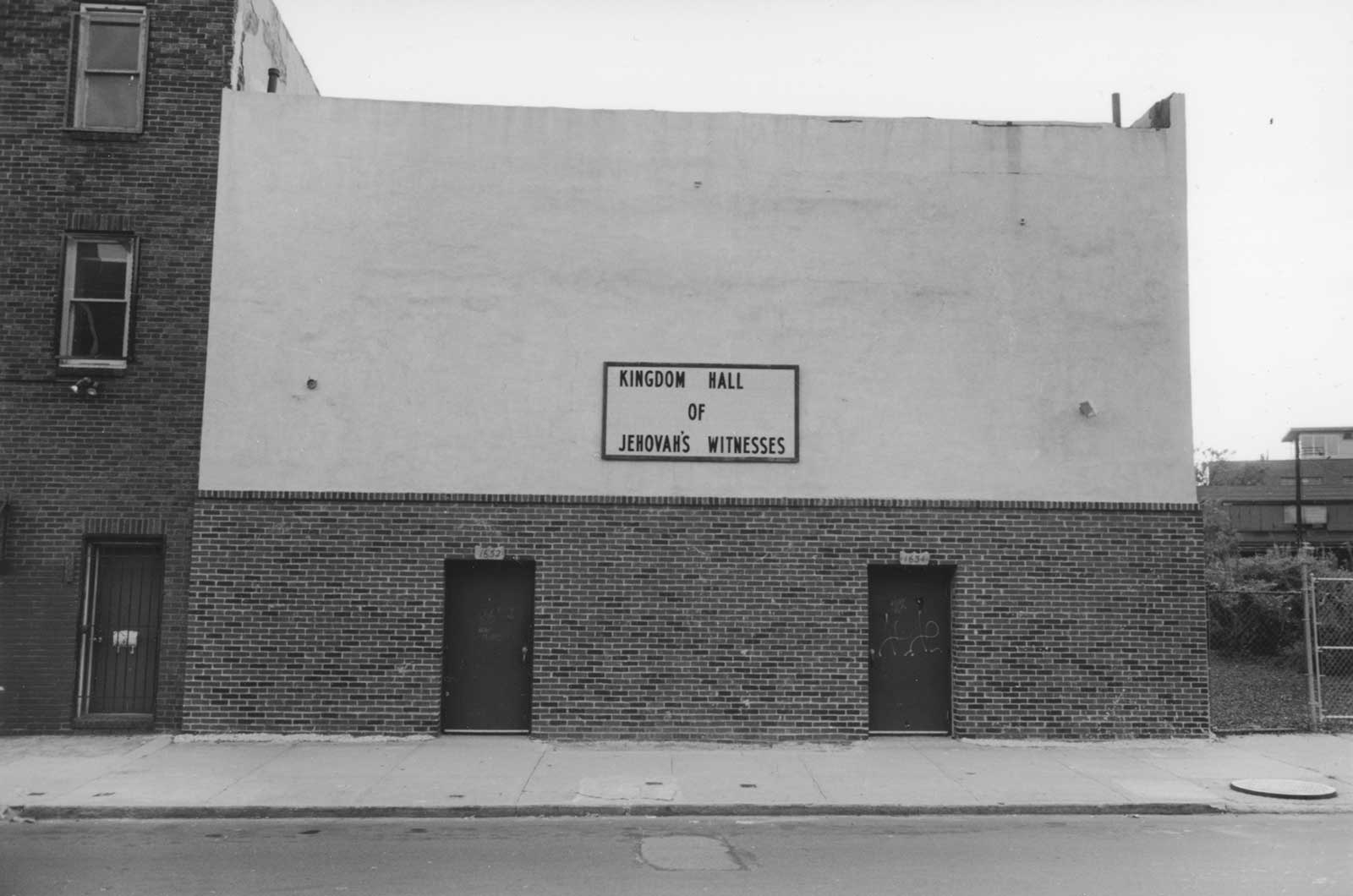





















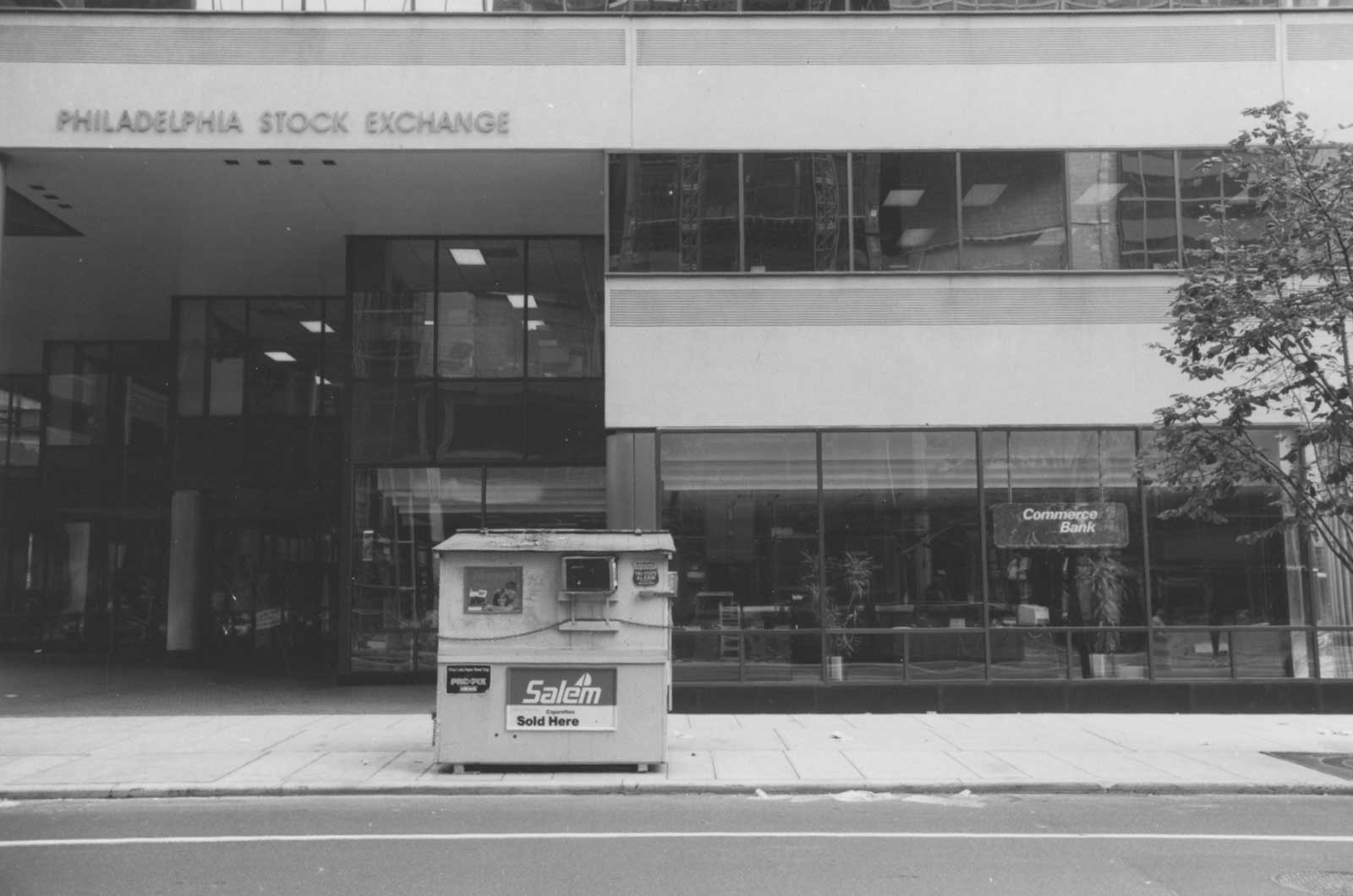





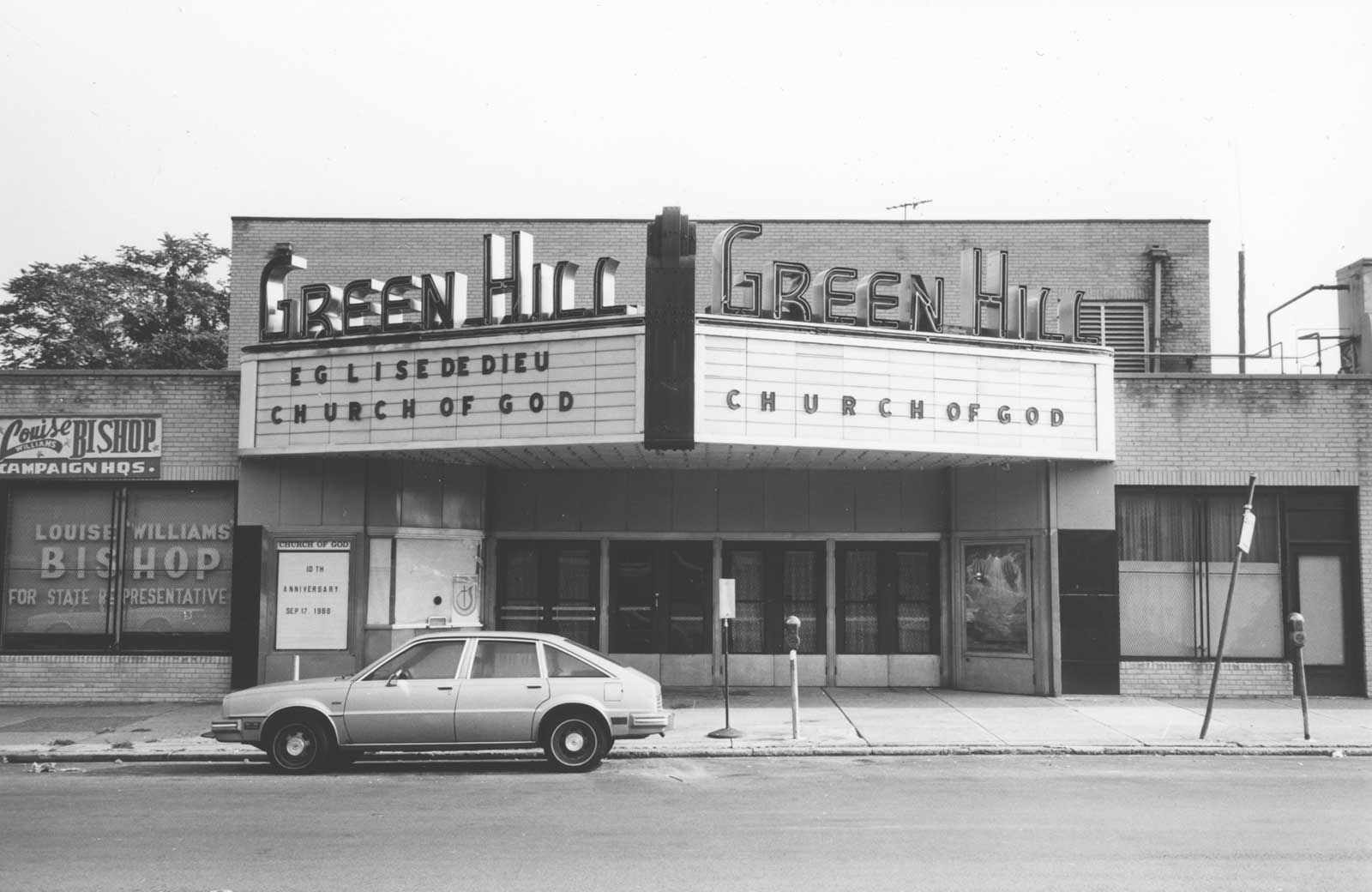












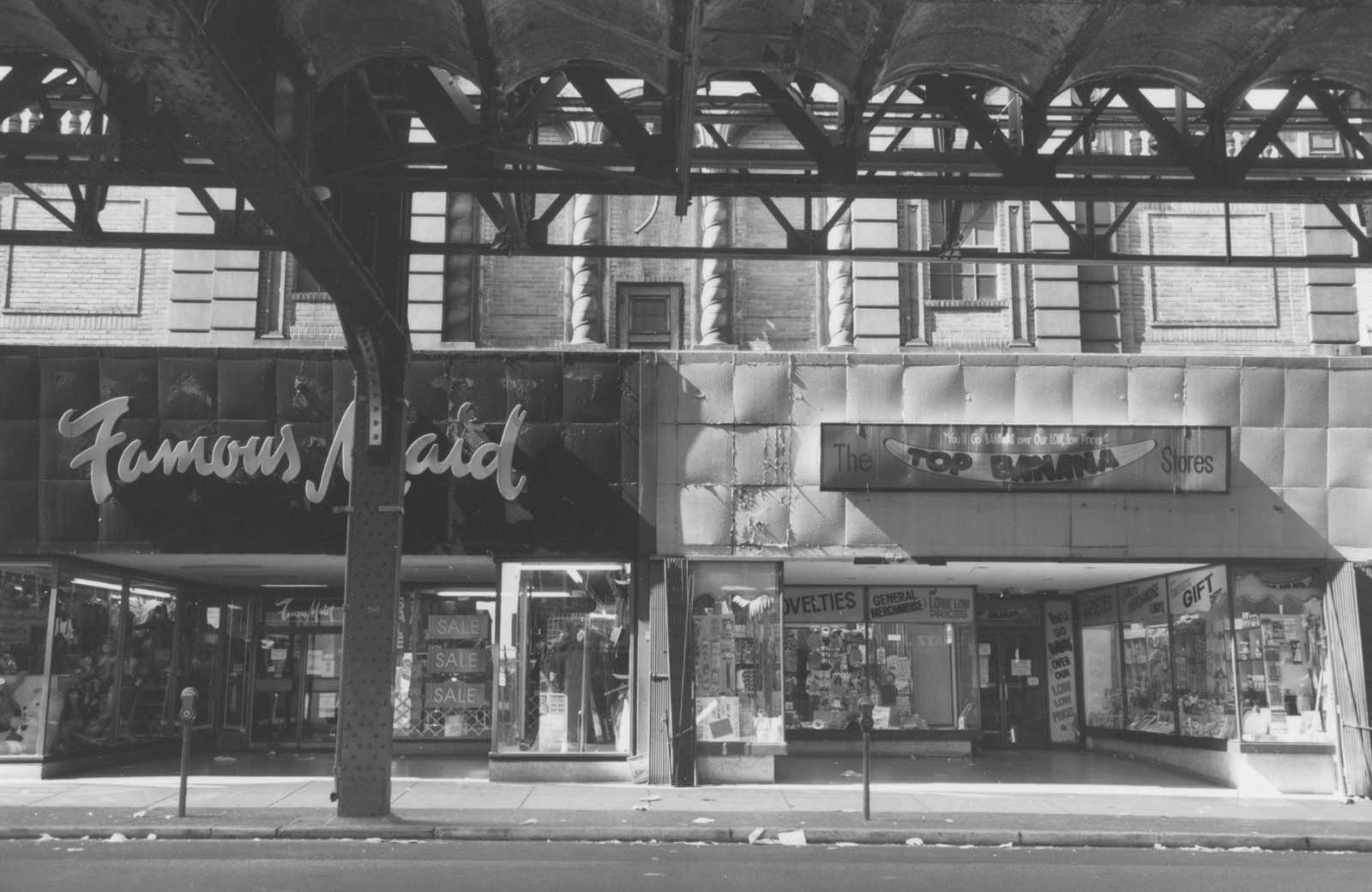
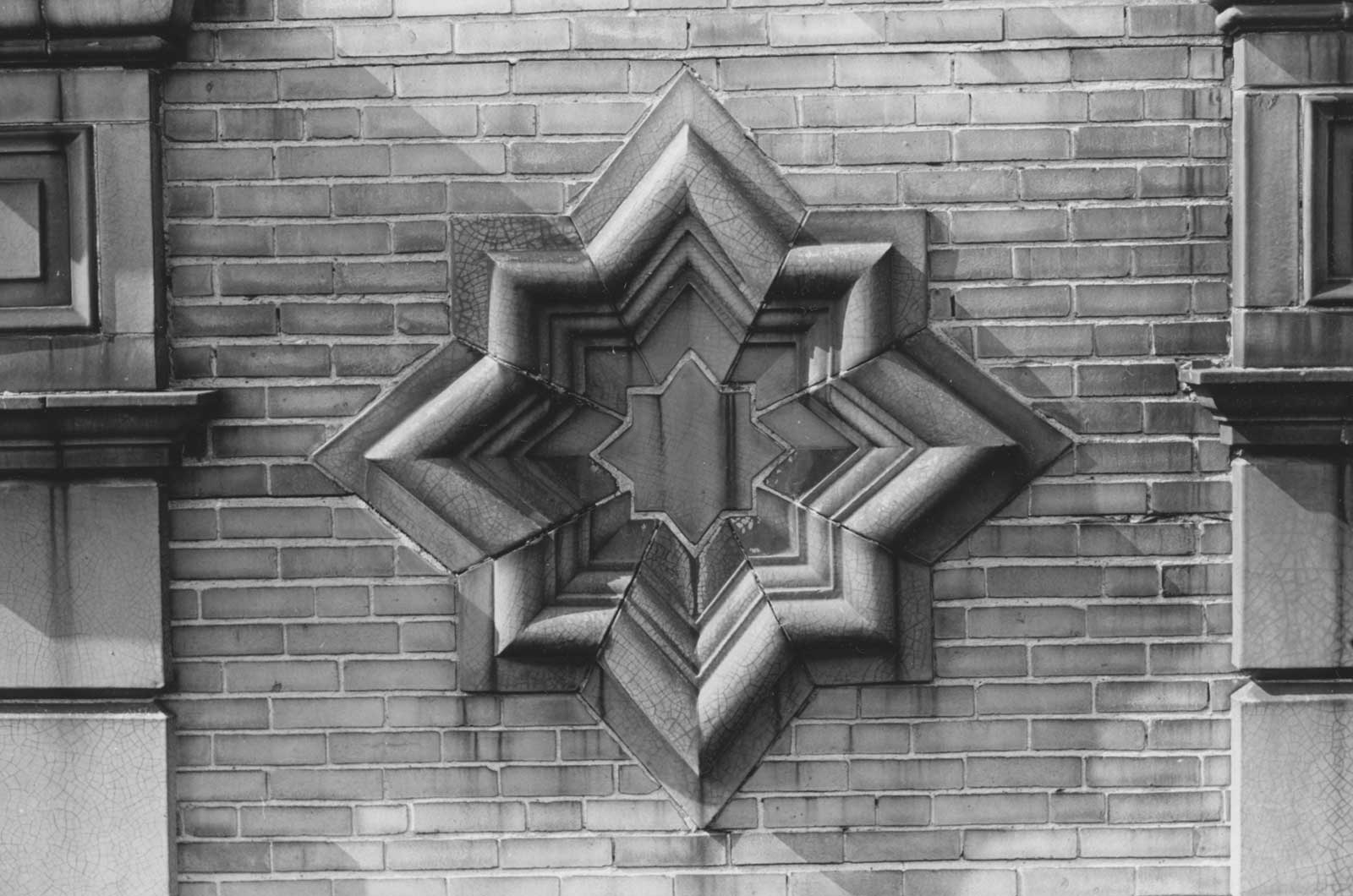


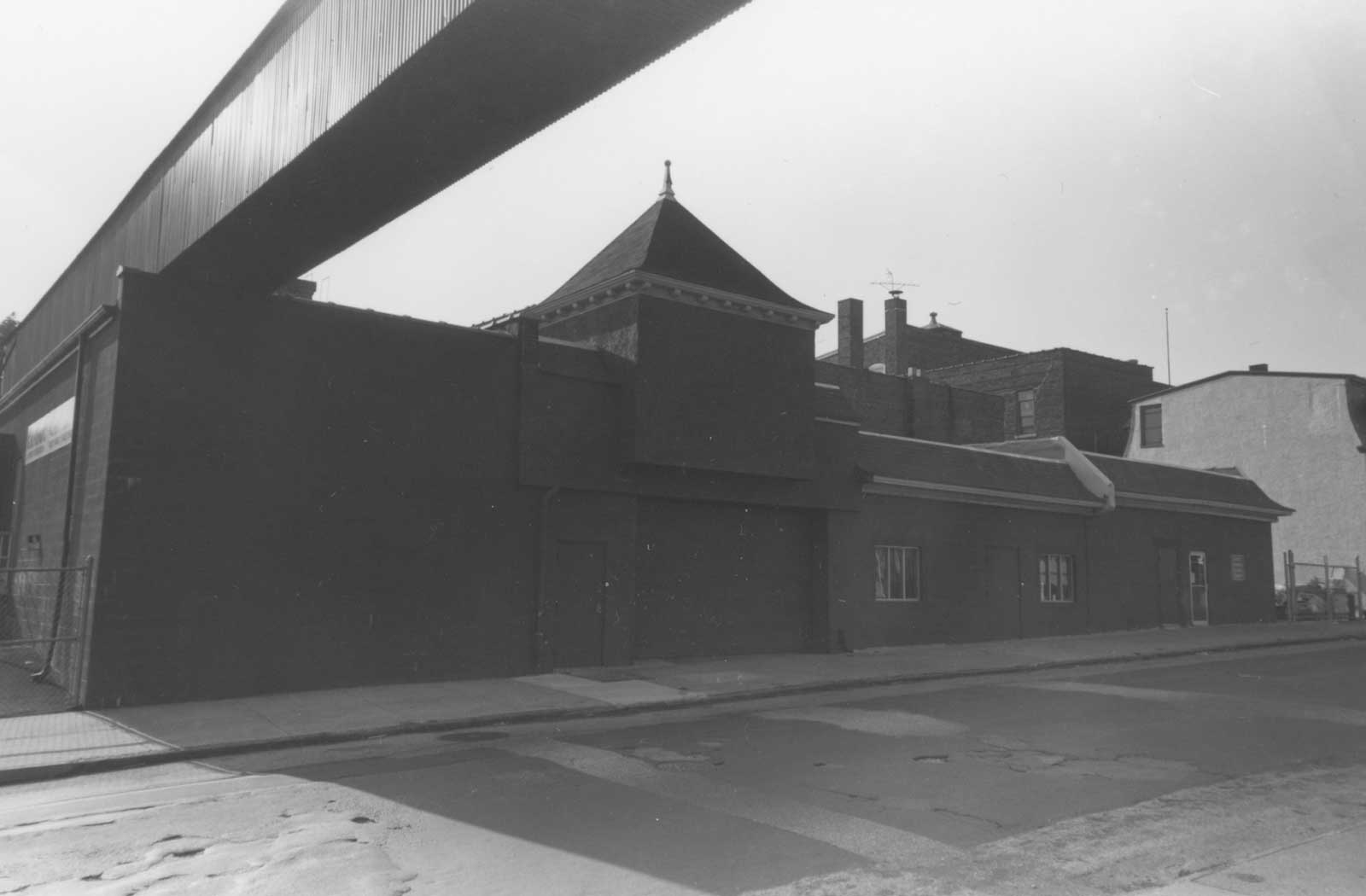


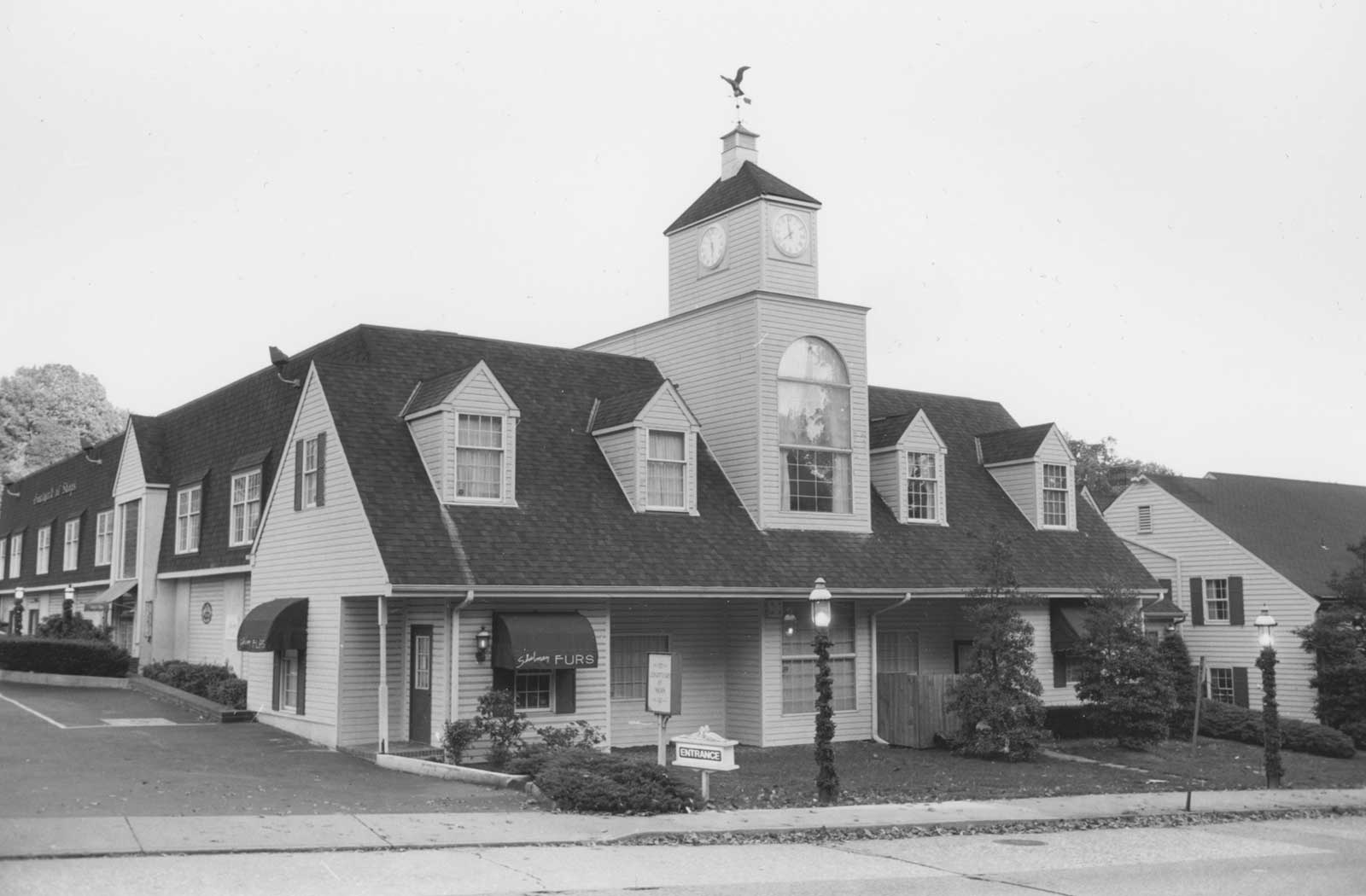
East





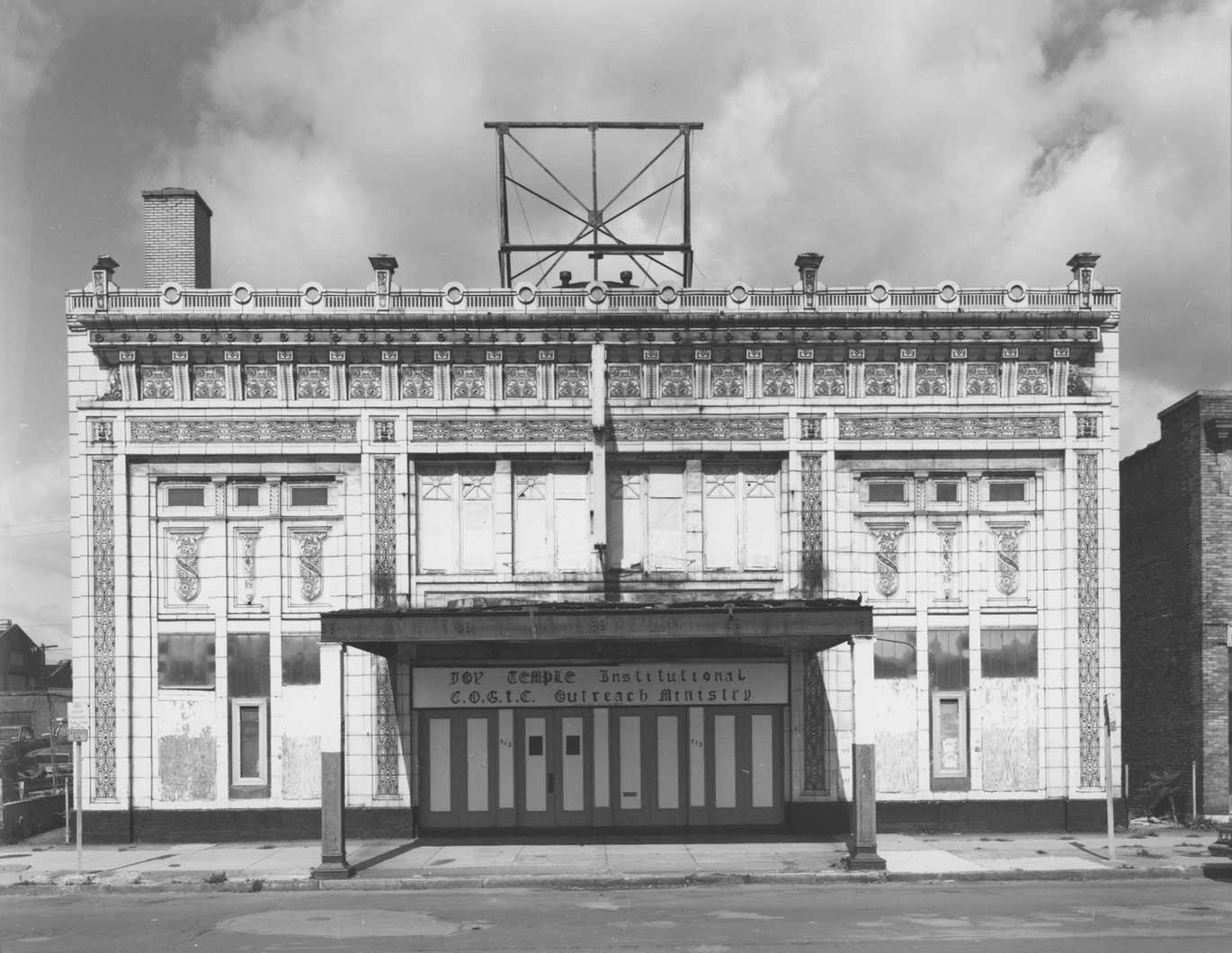





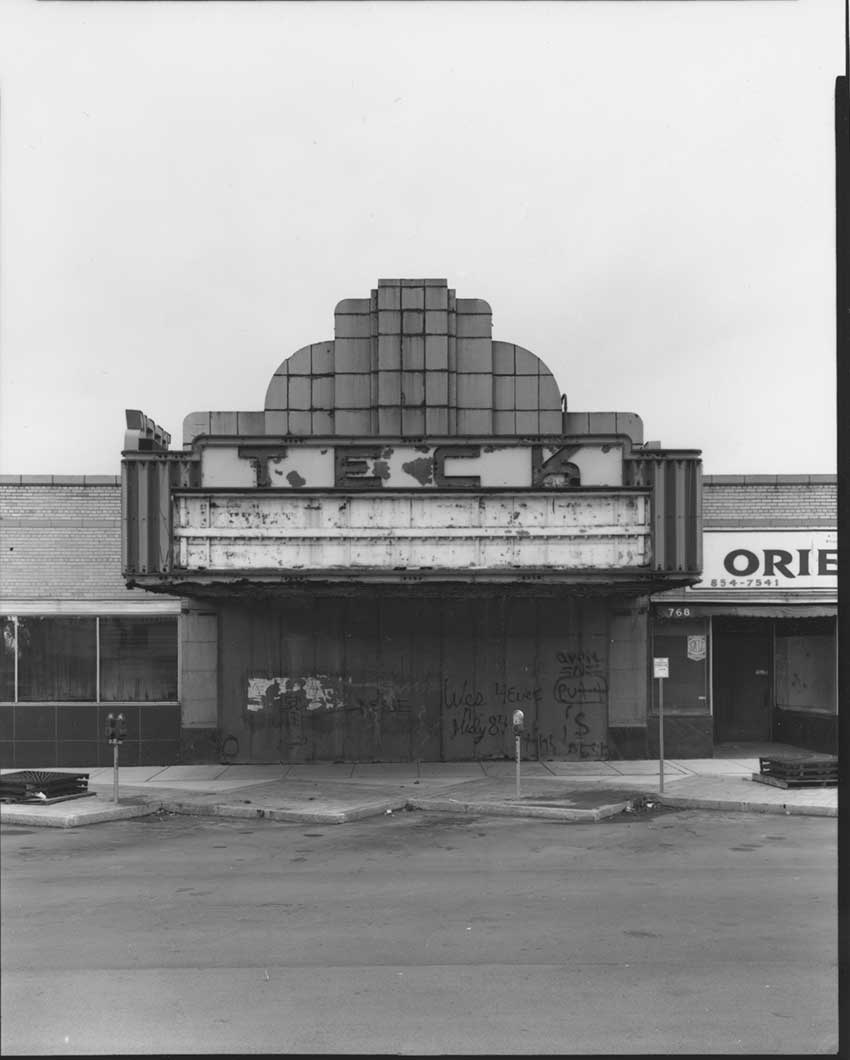












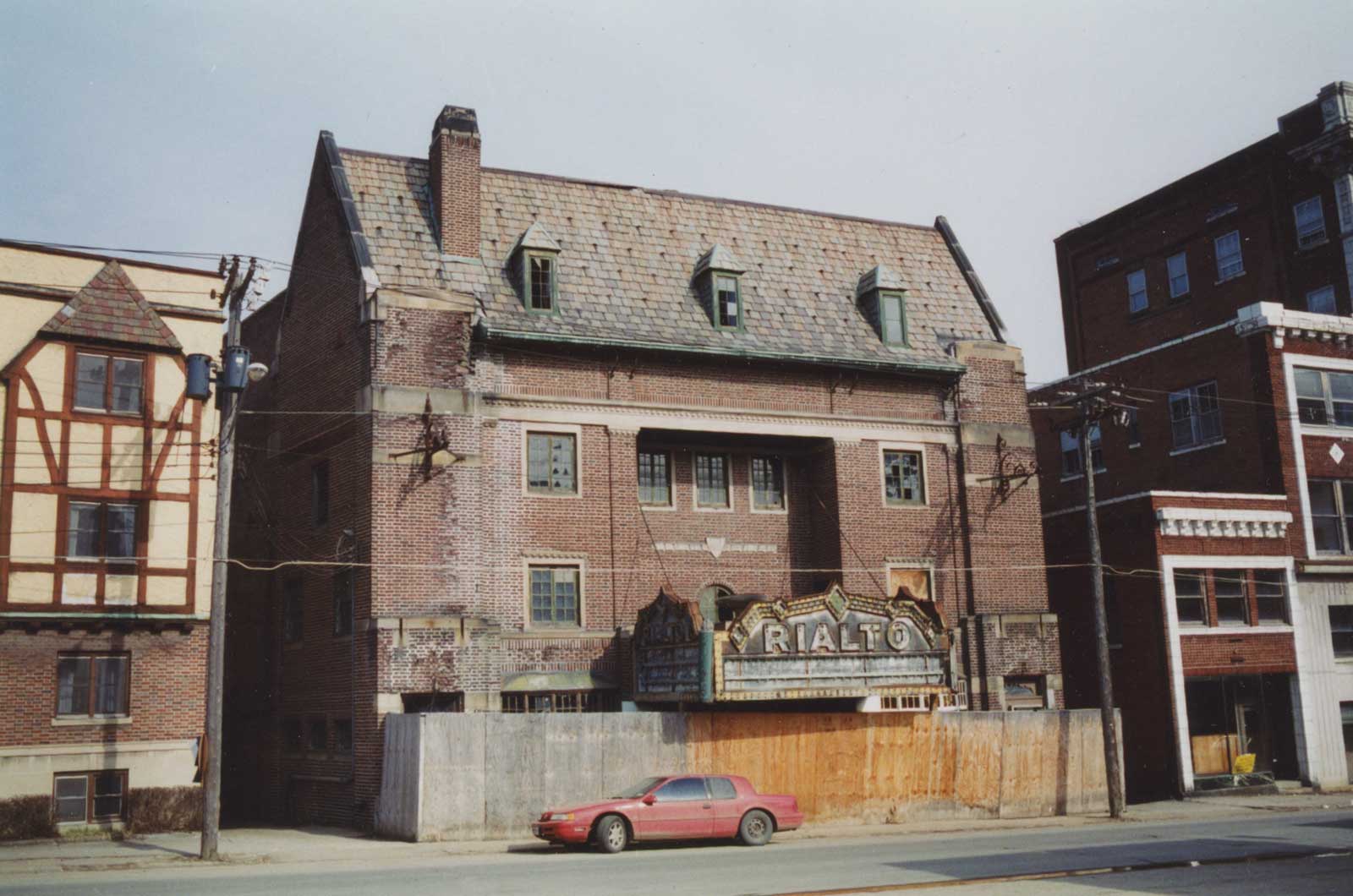














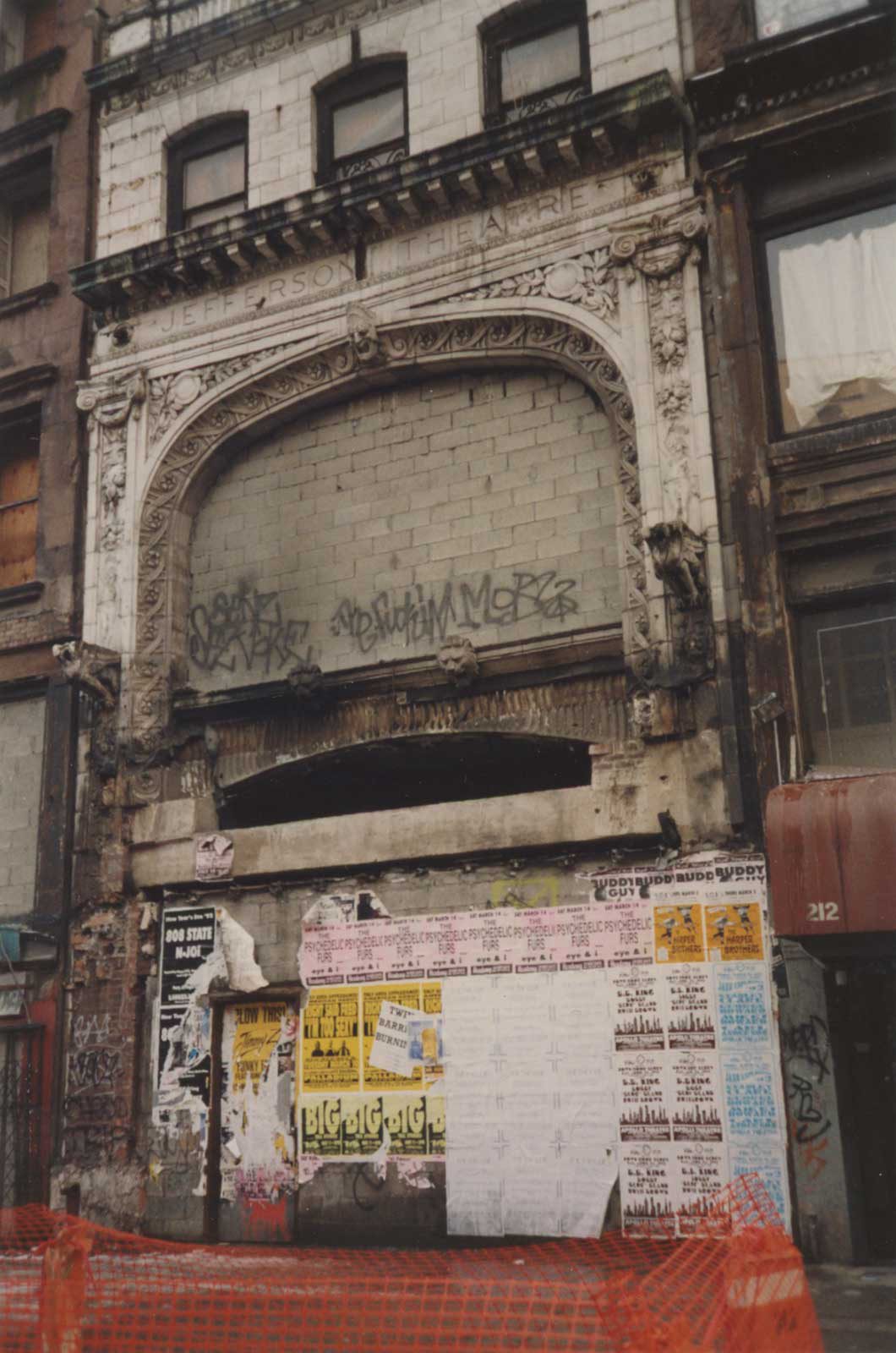




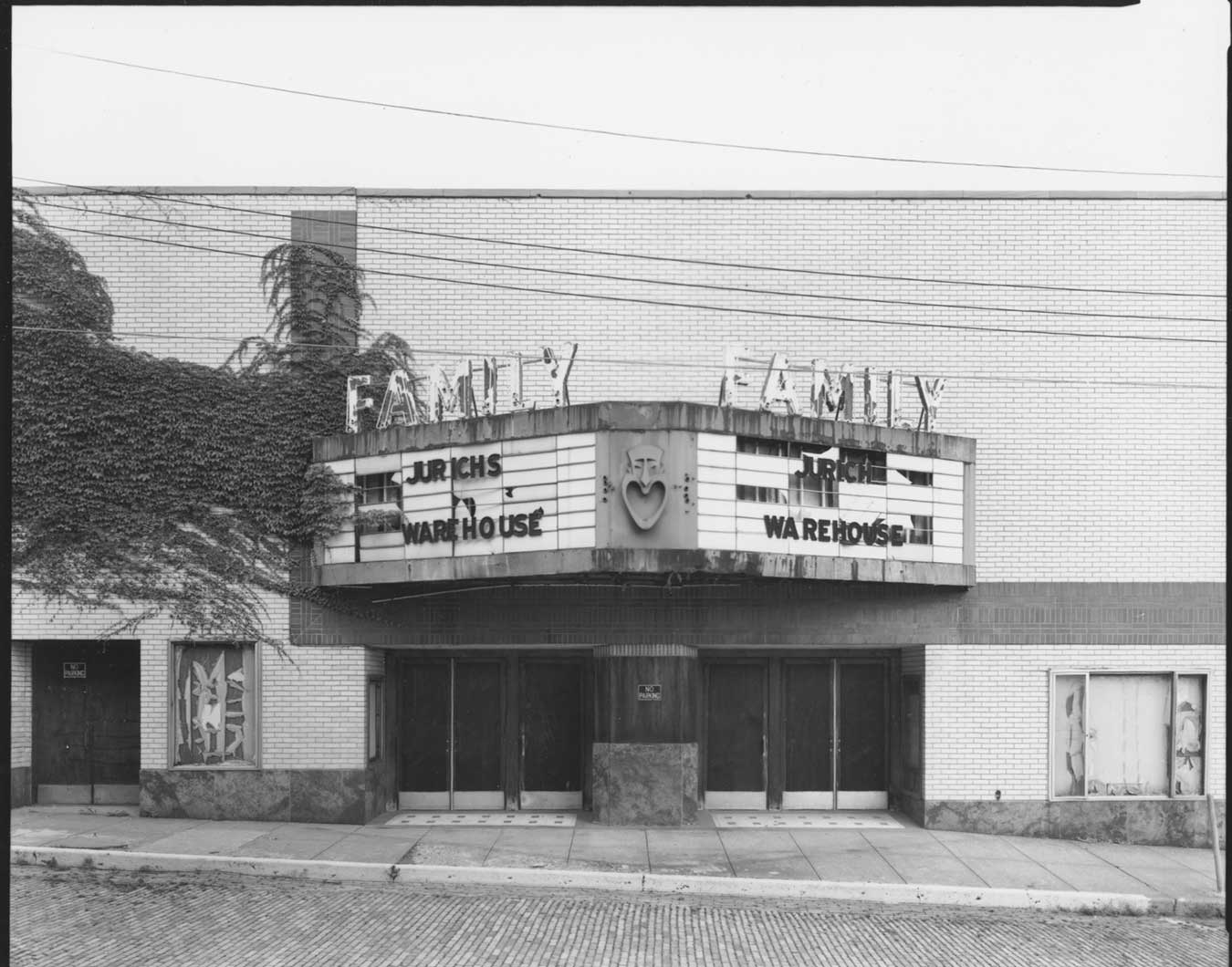





Midwest

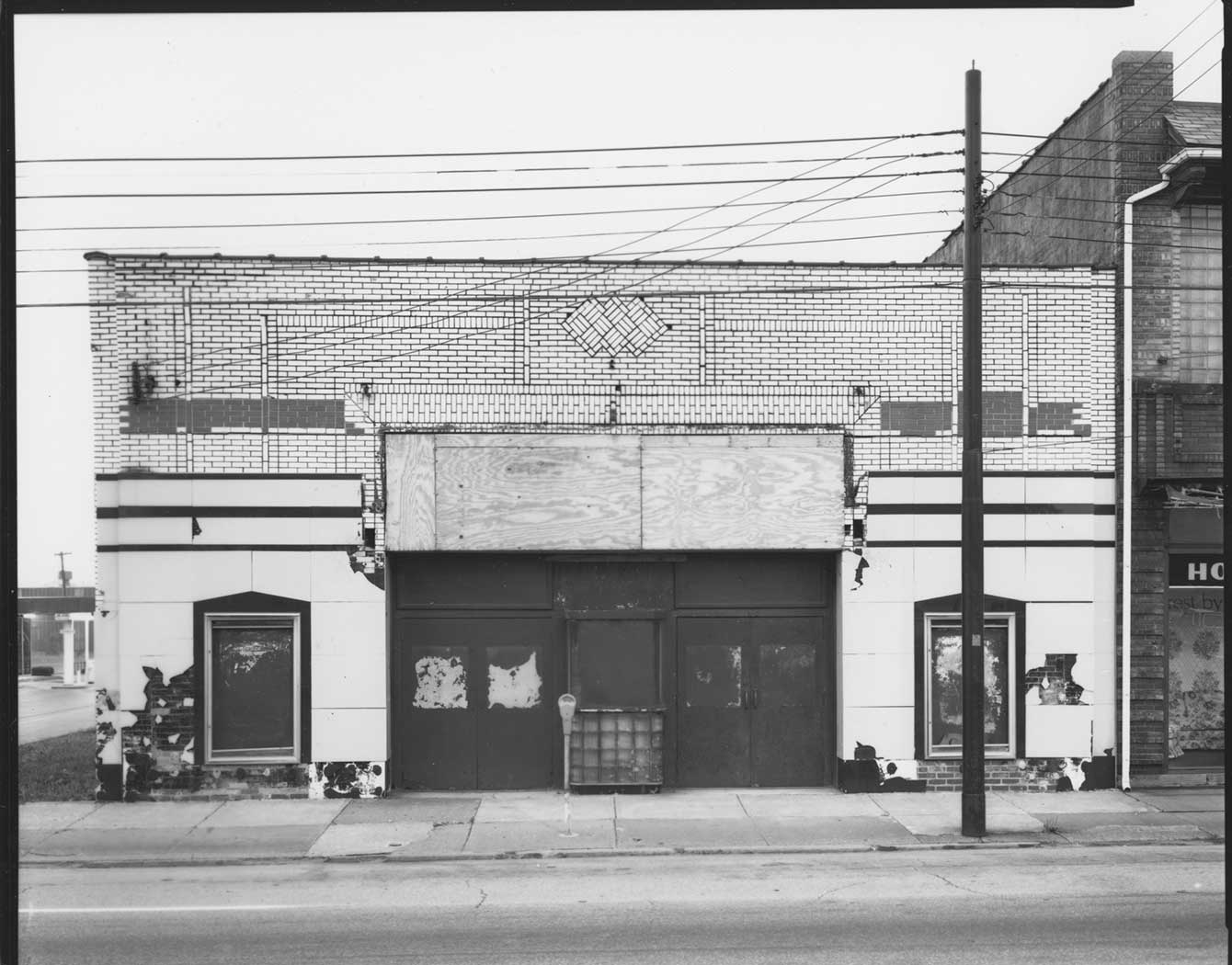



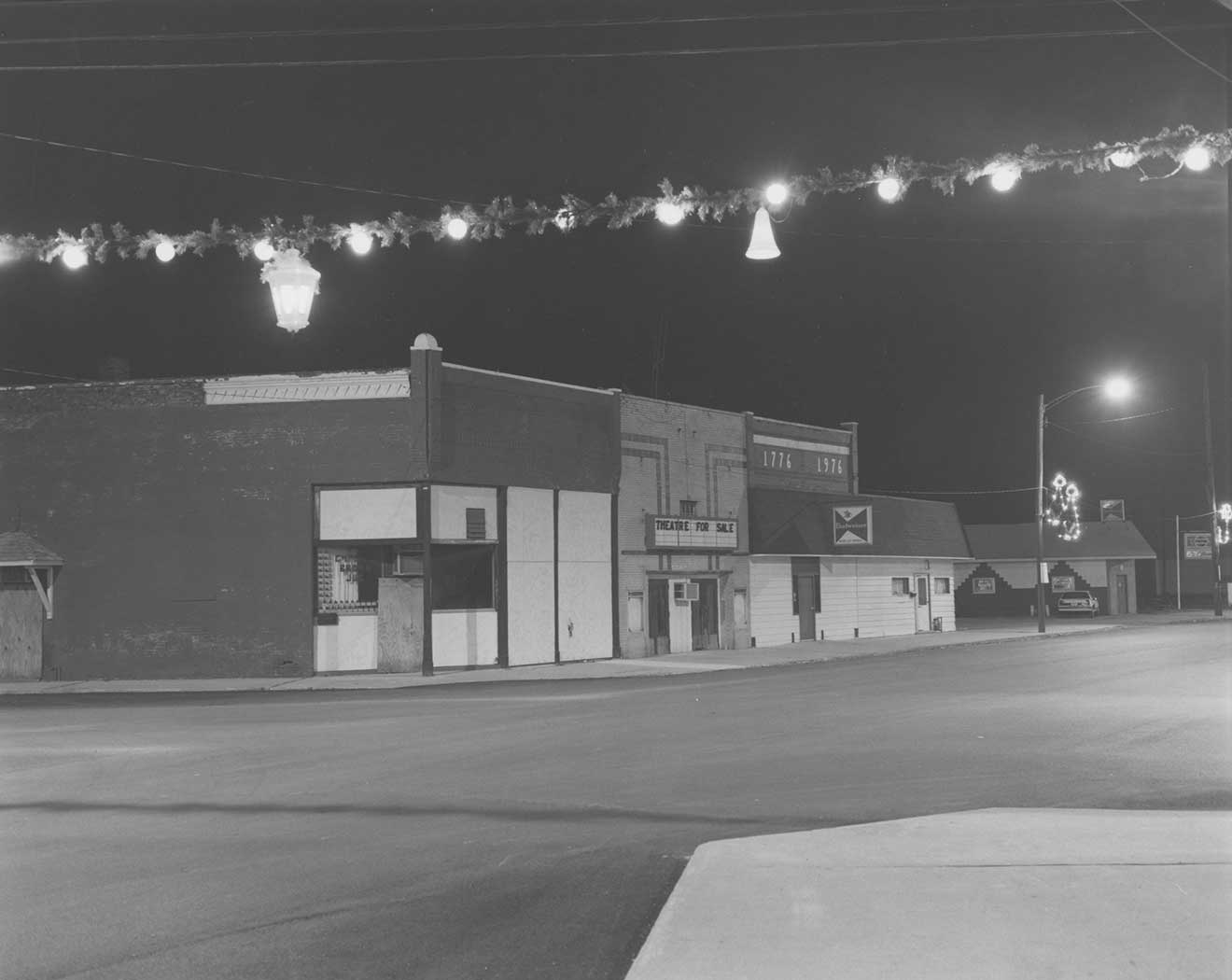





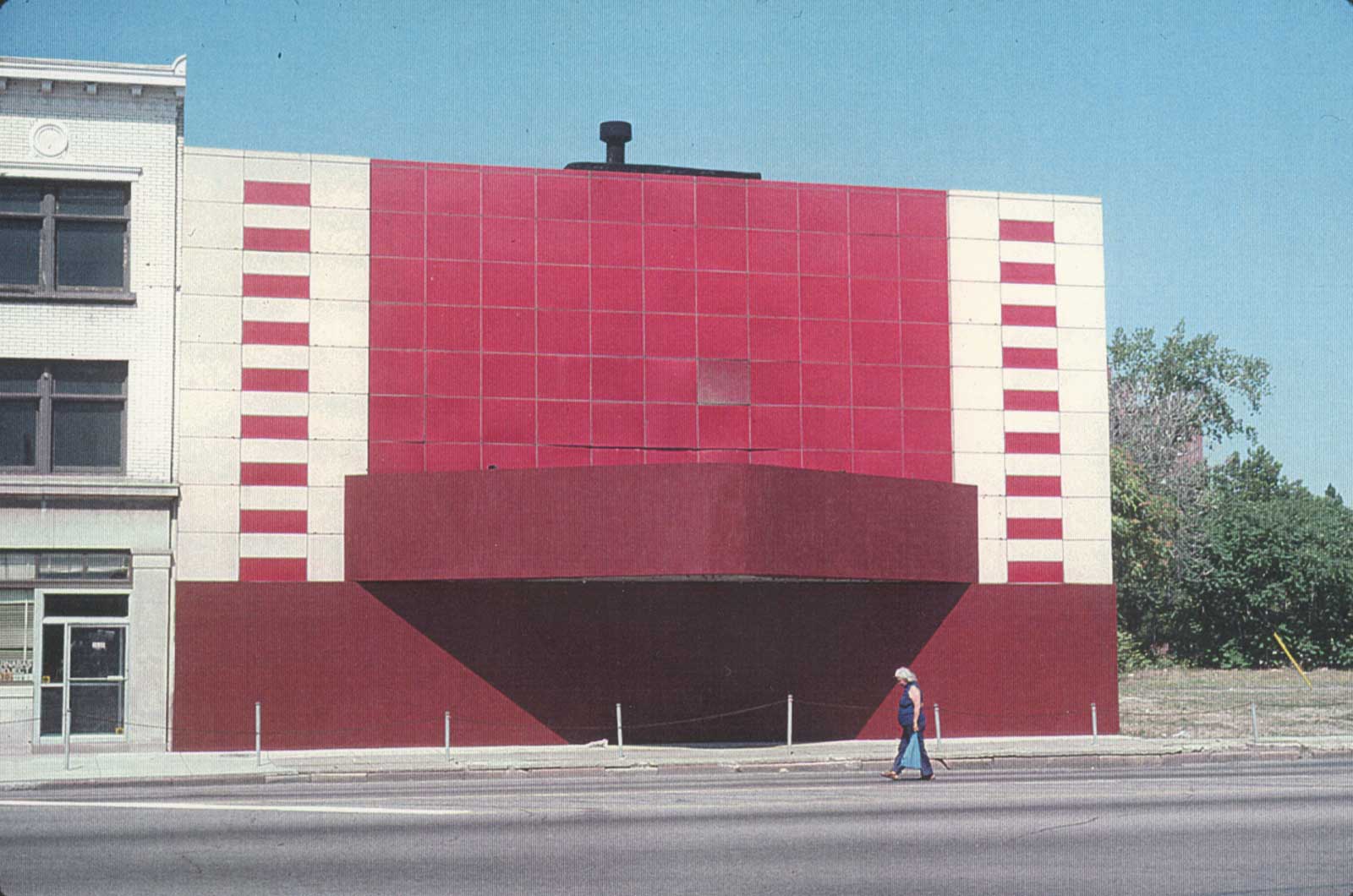

































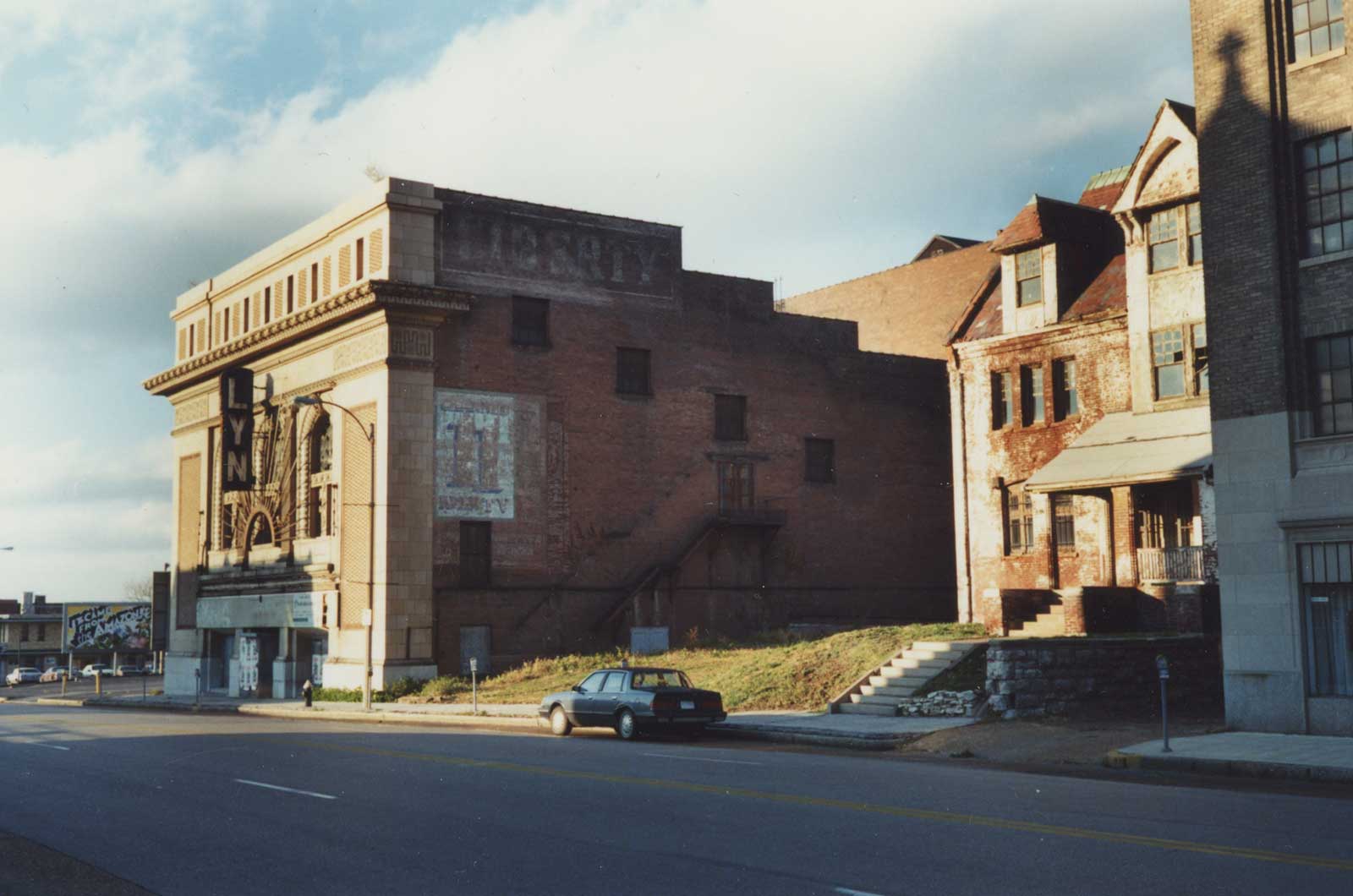

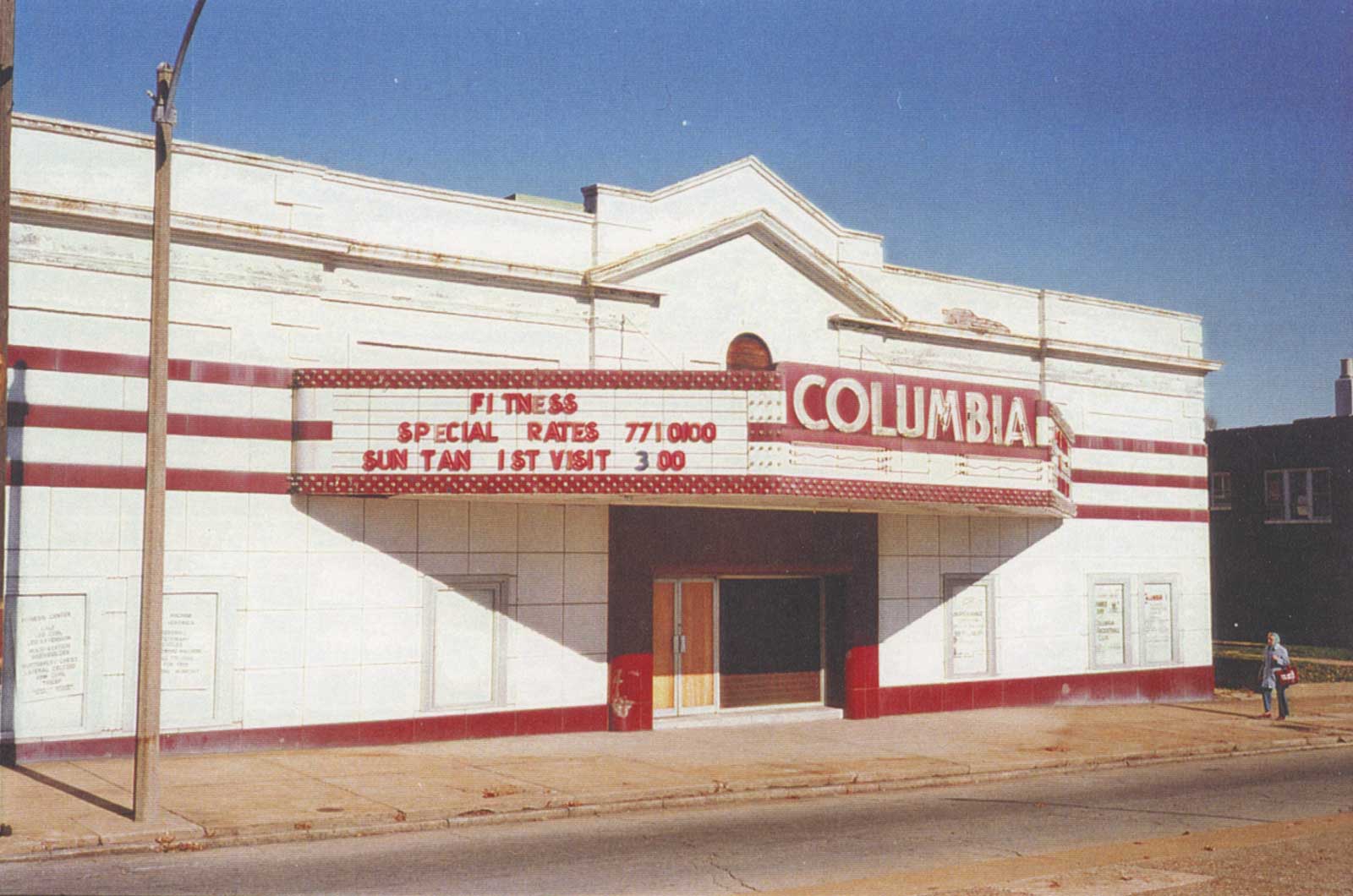










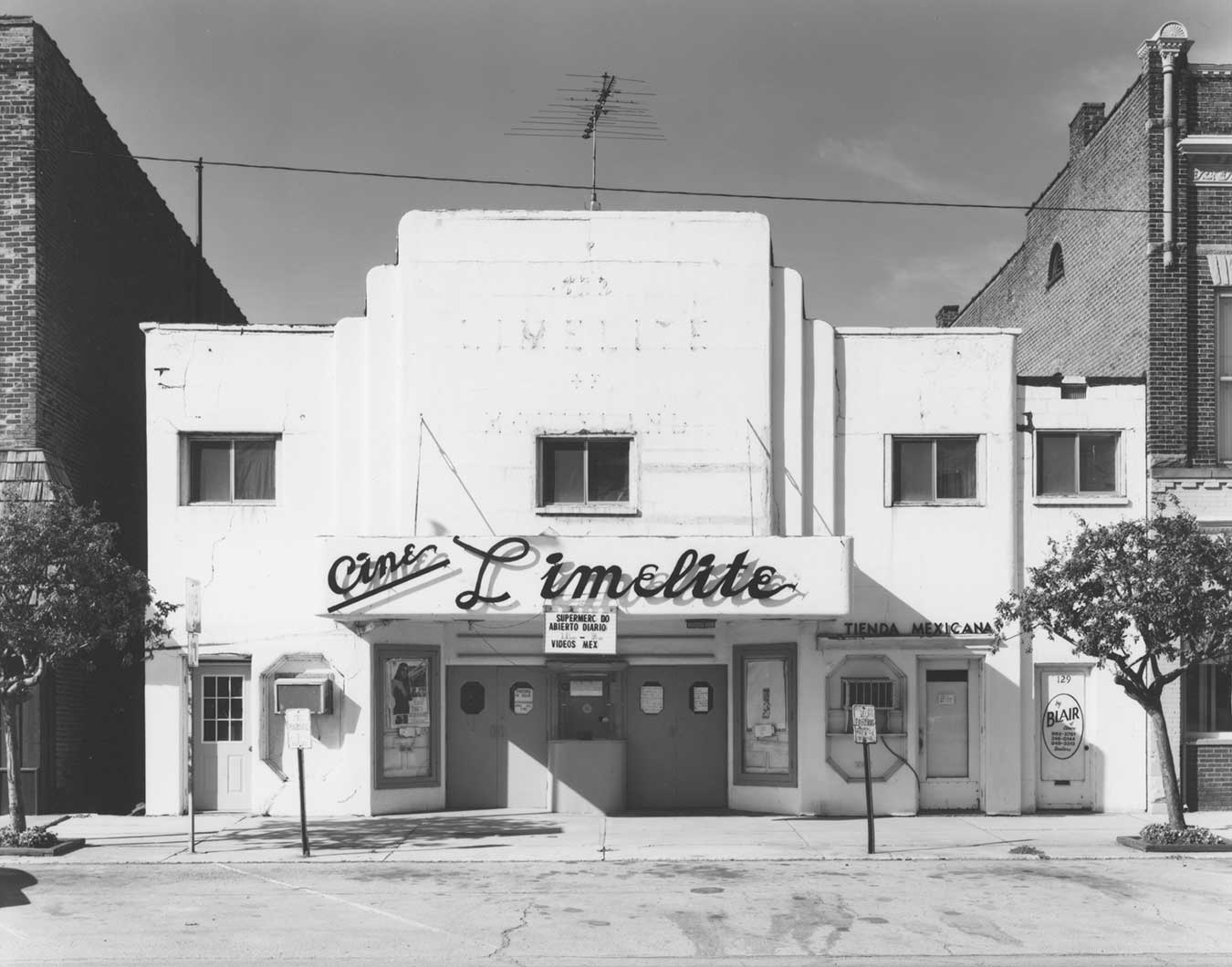
South
























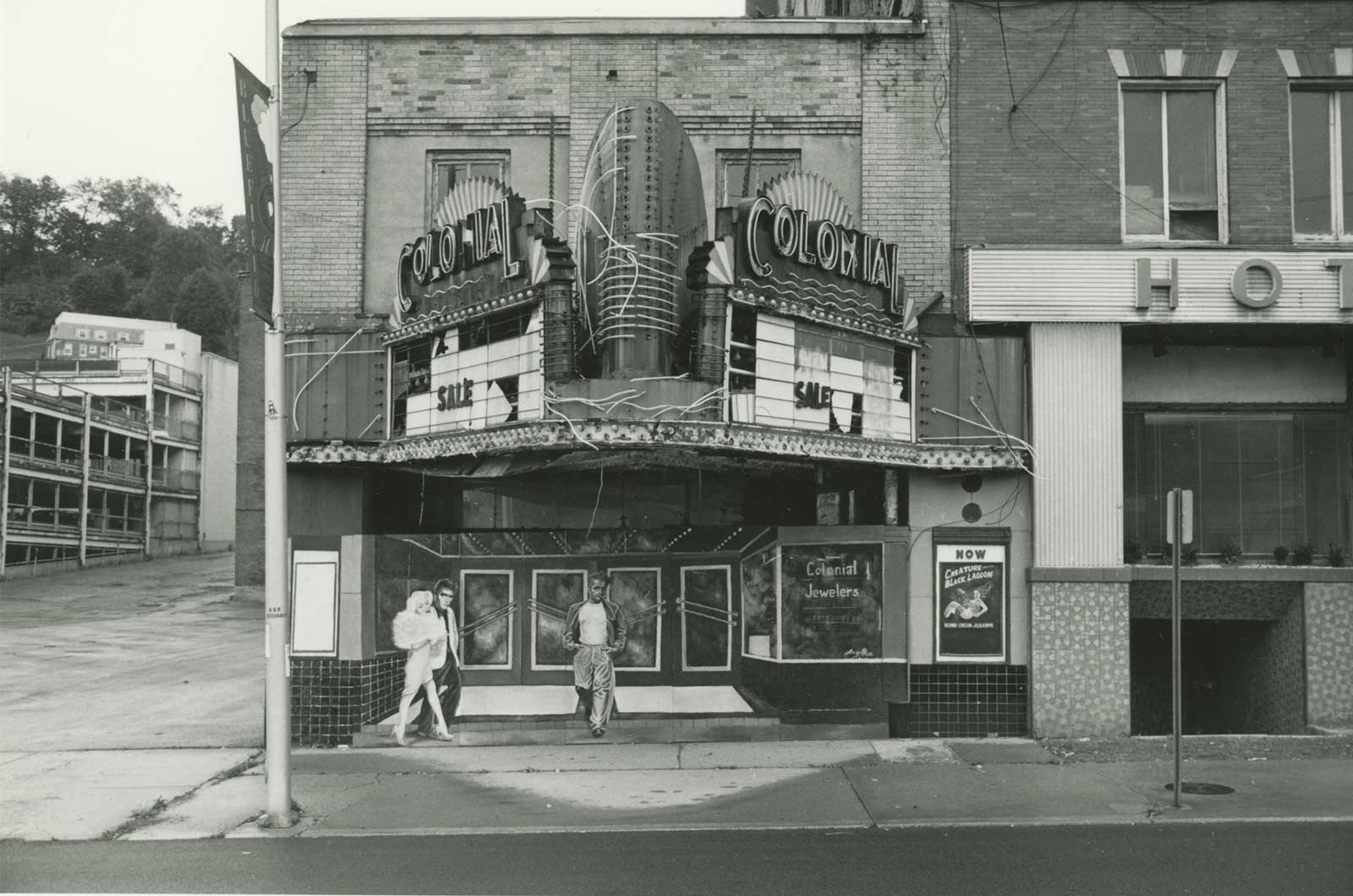






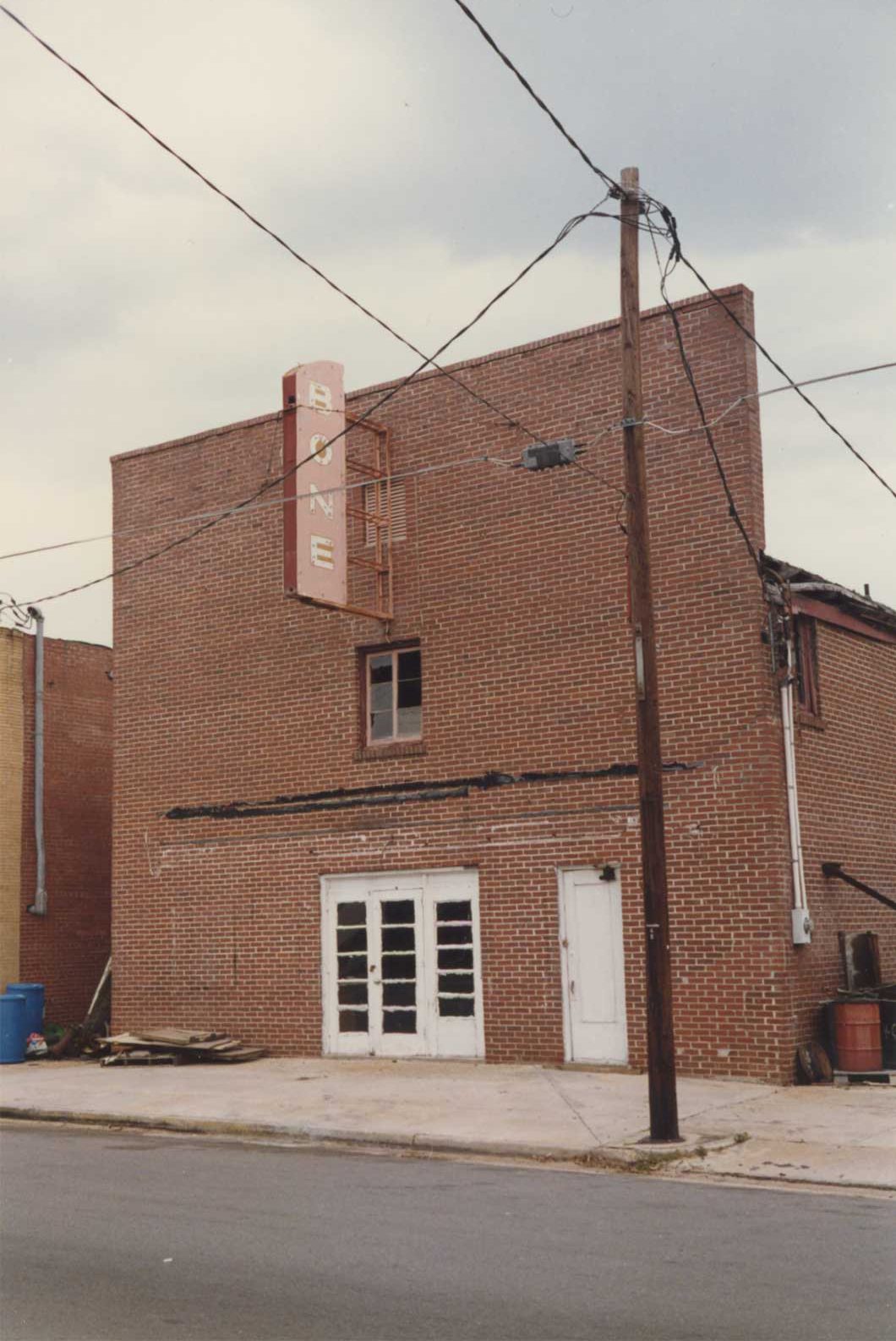







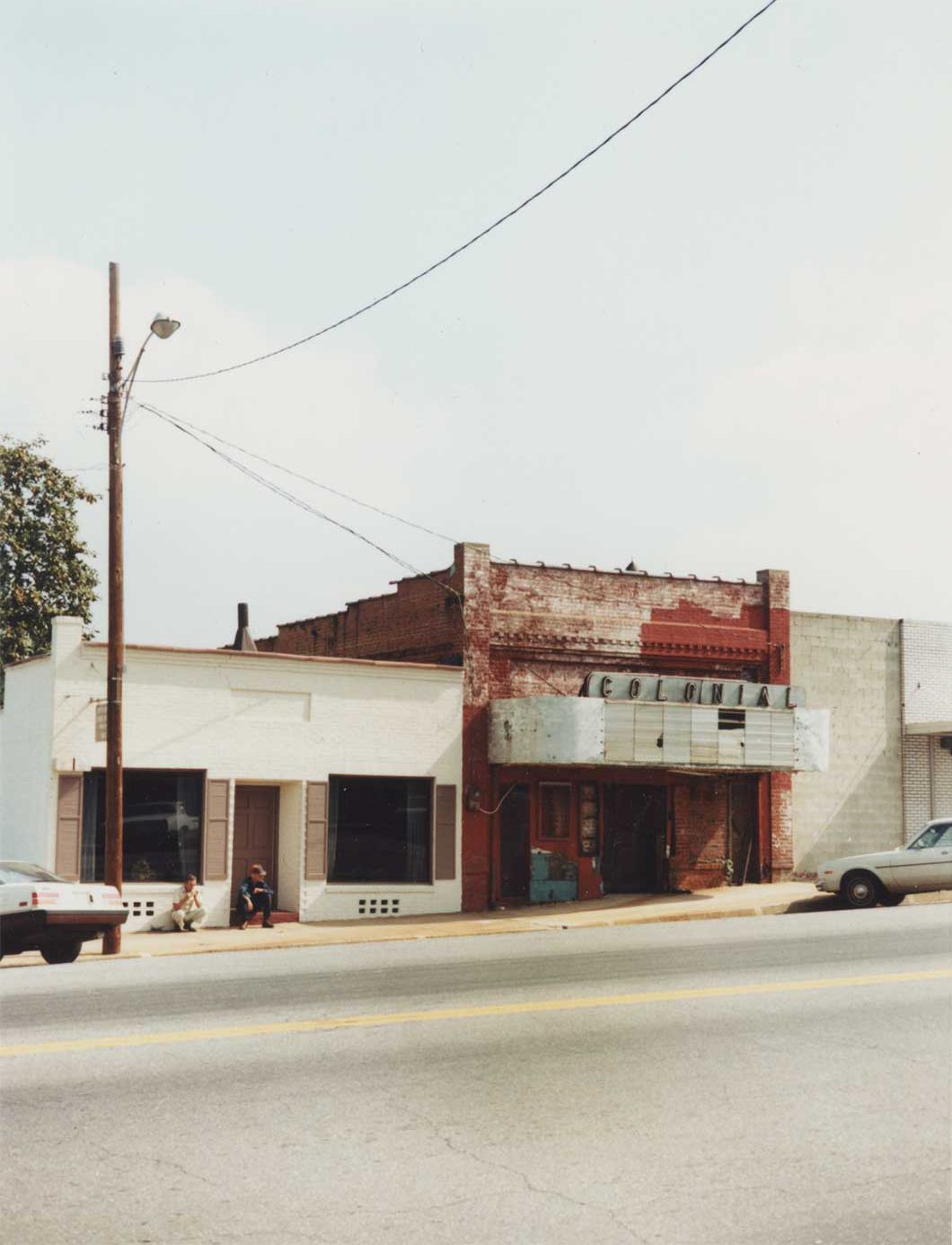



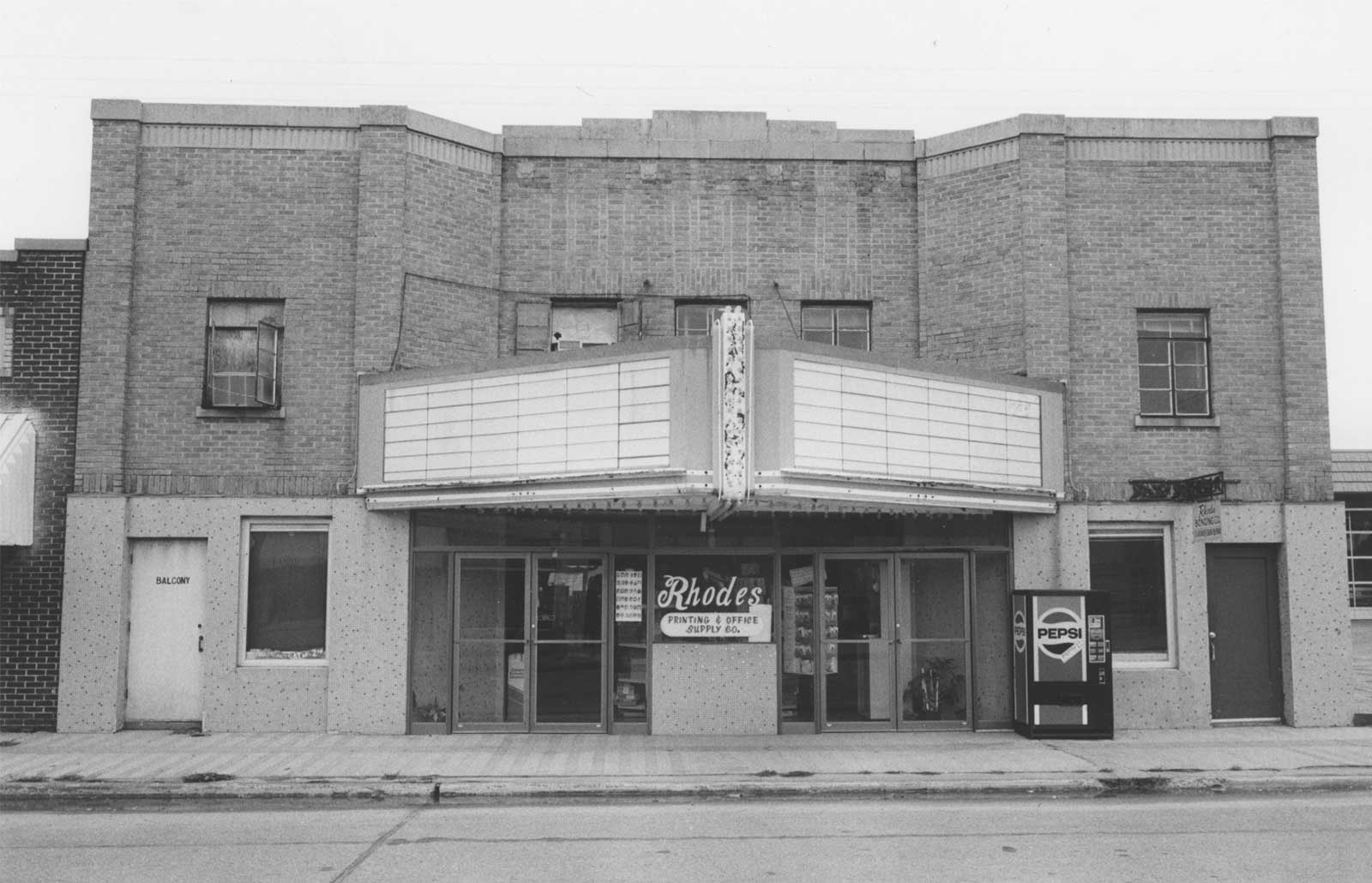


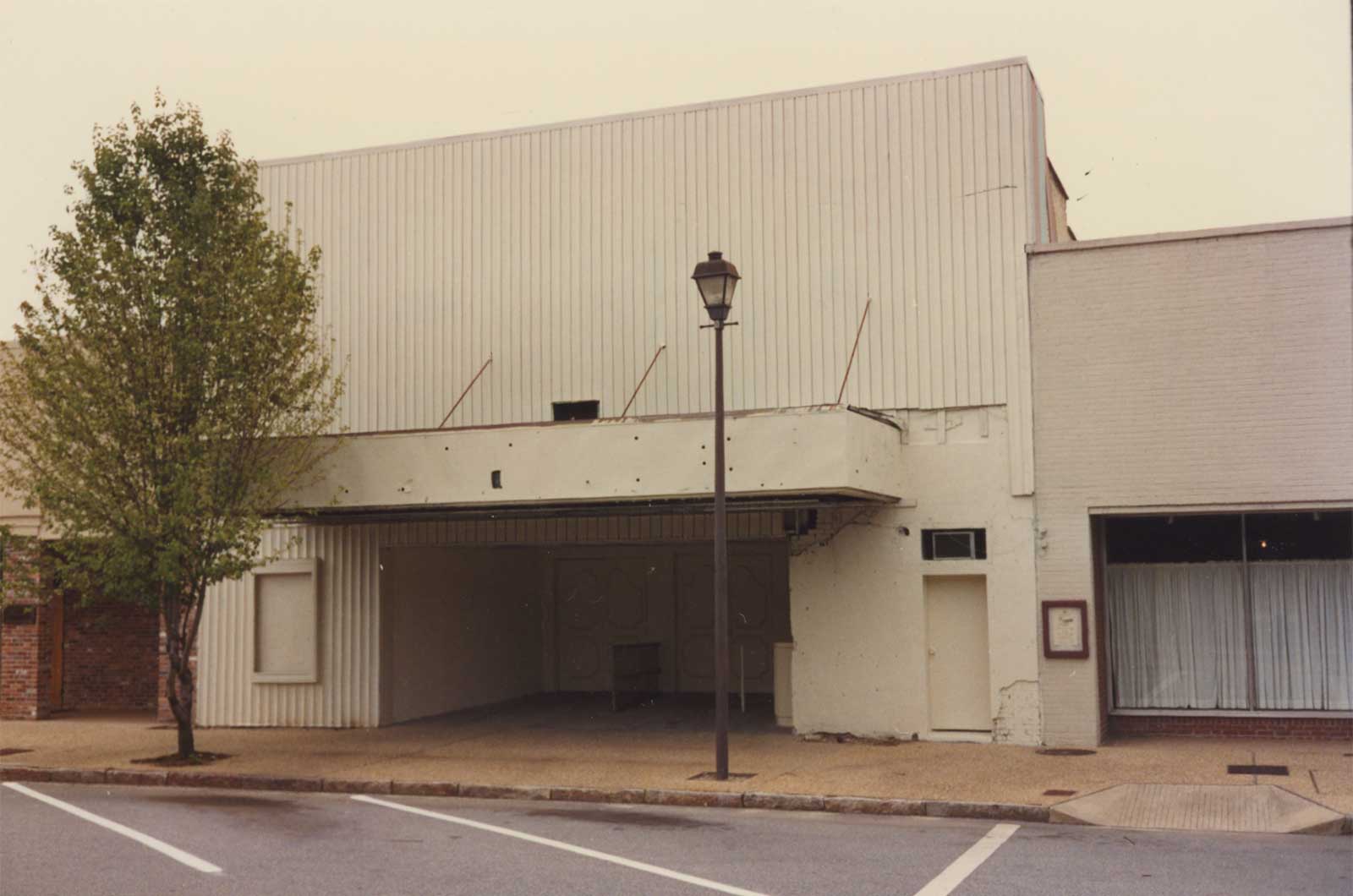




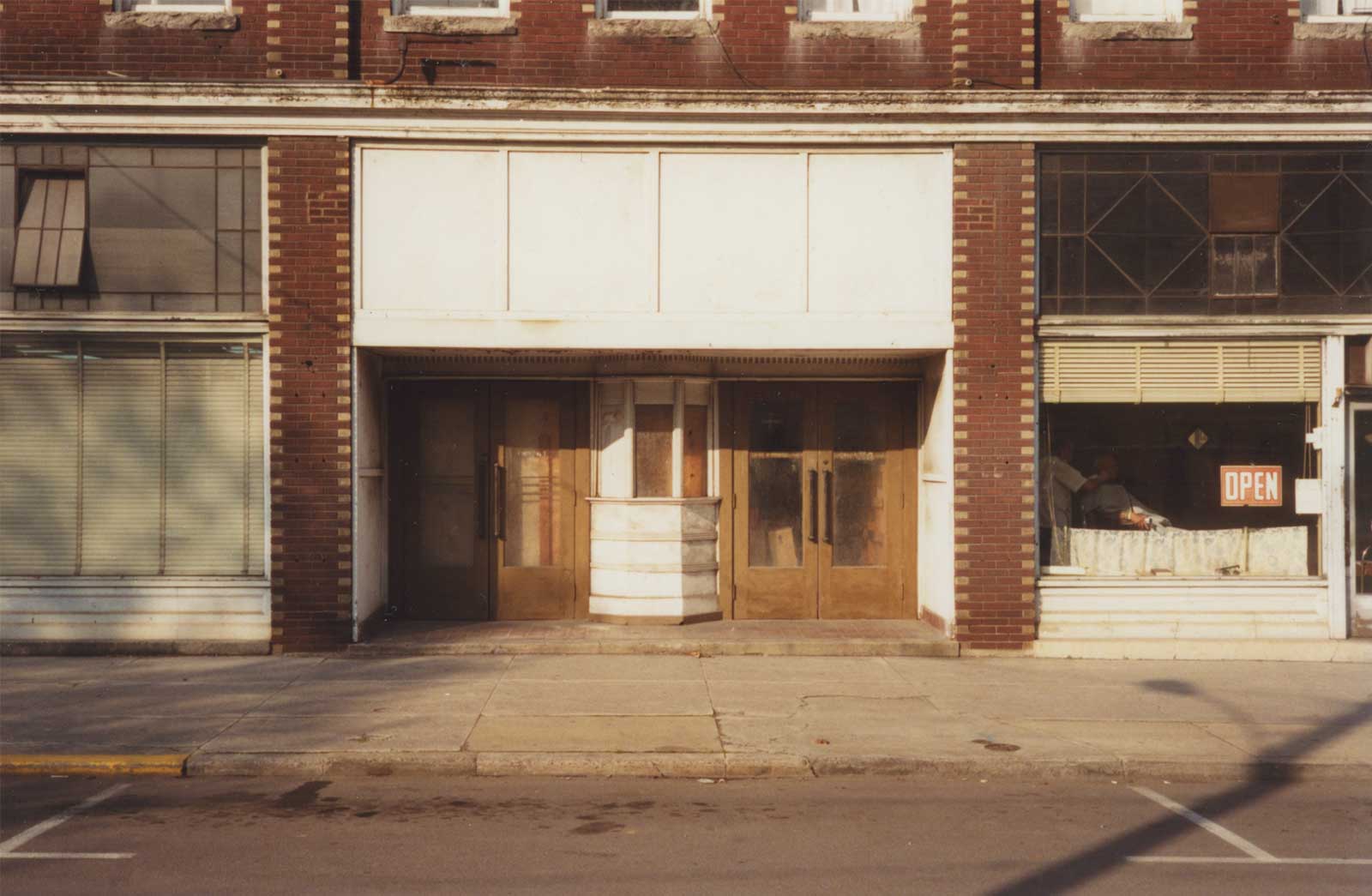







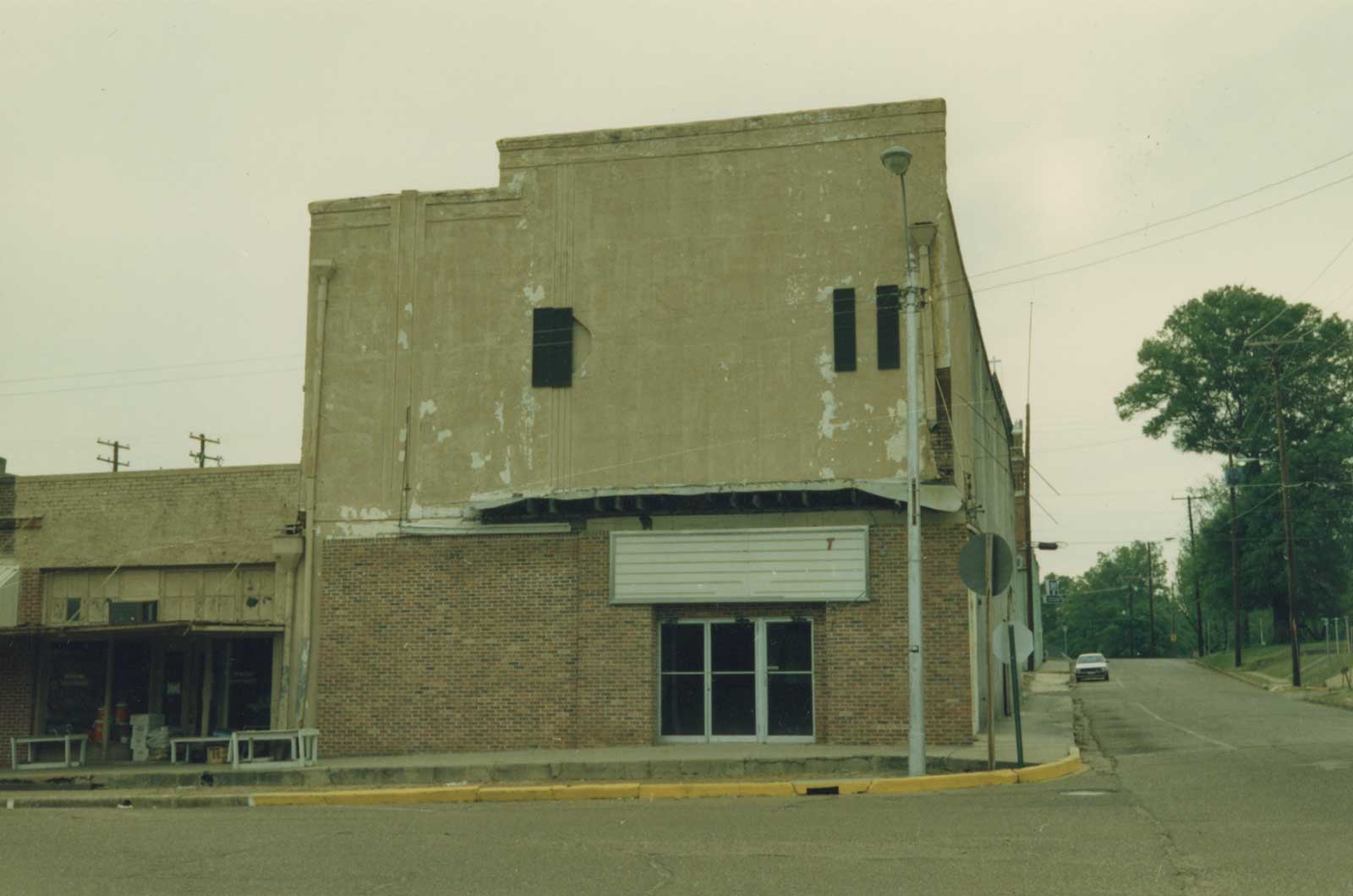


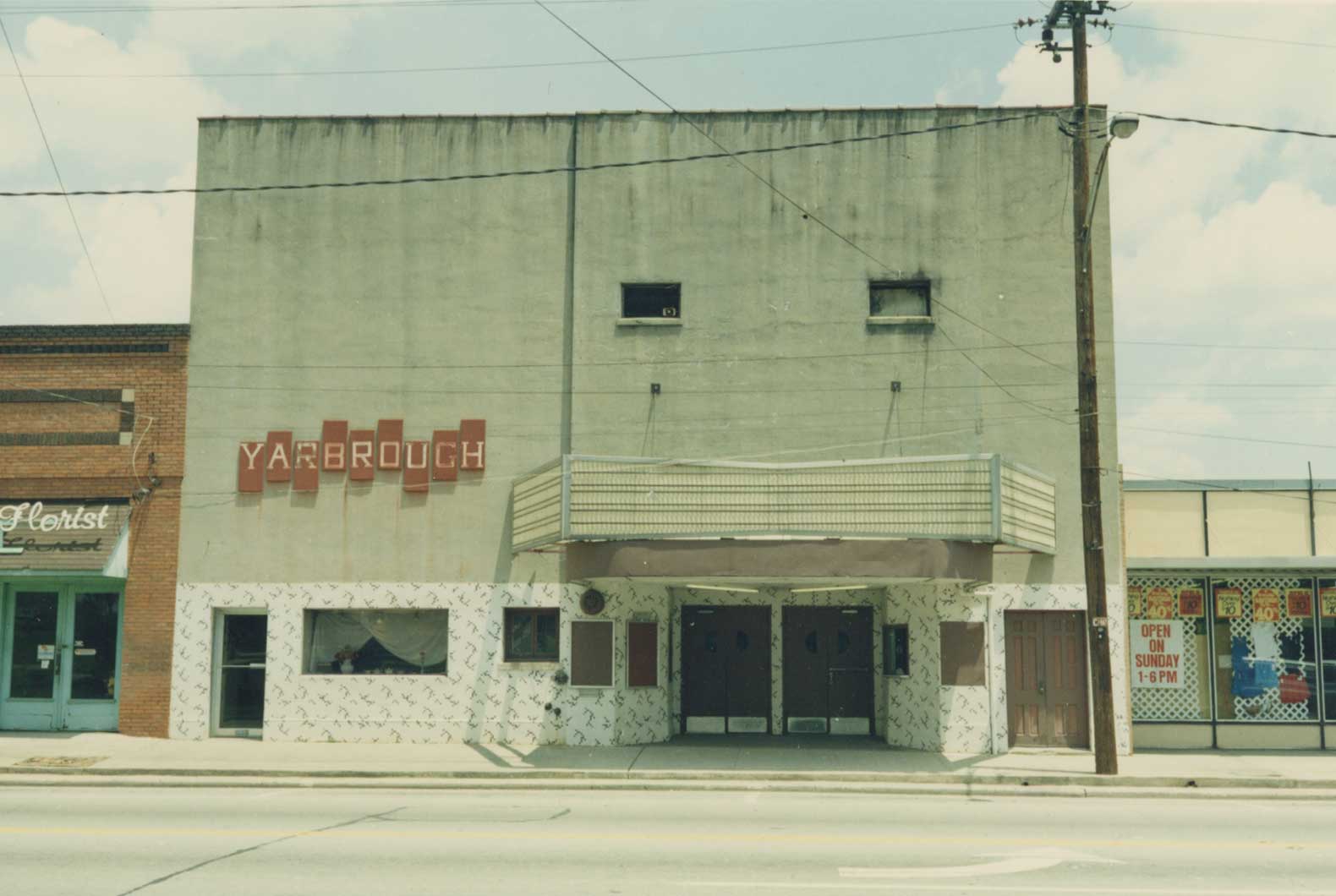







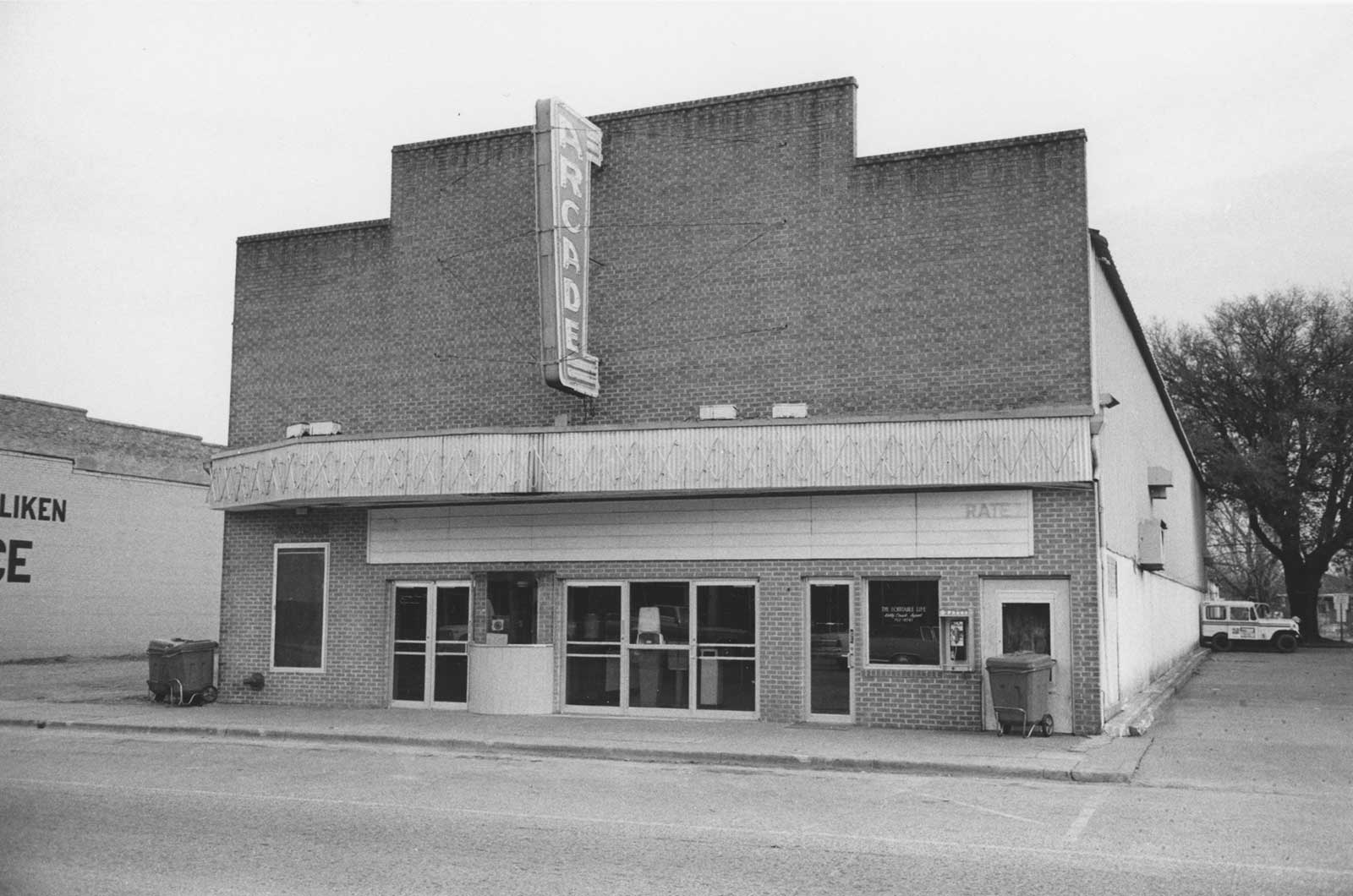










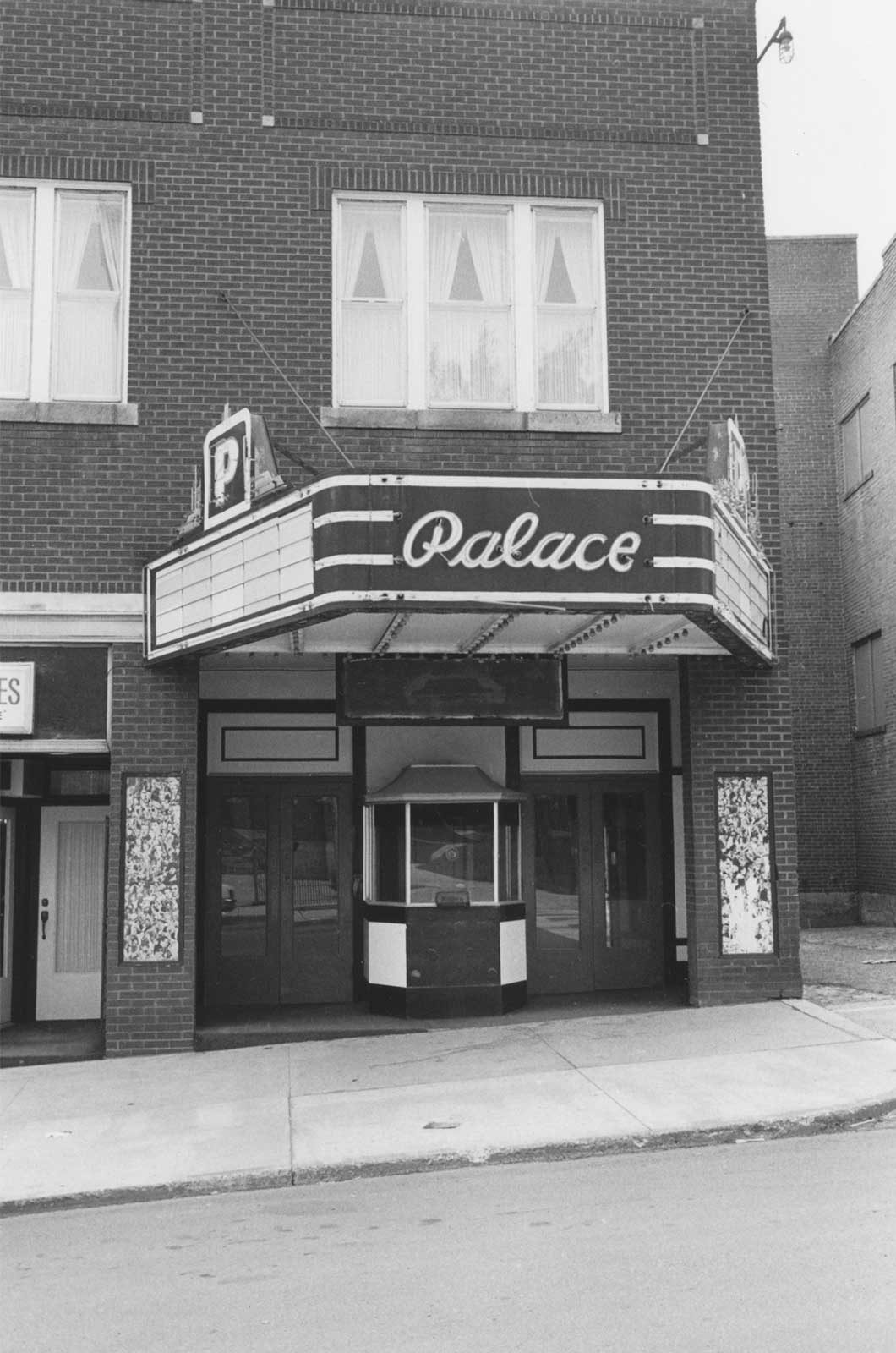
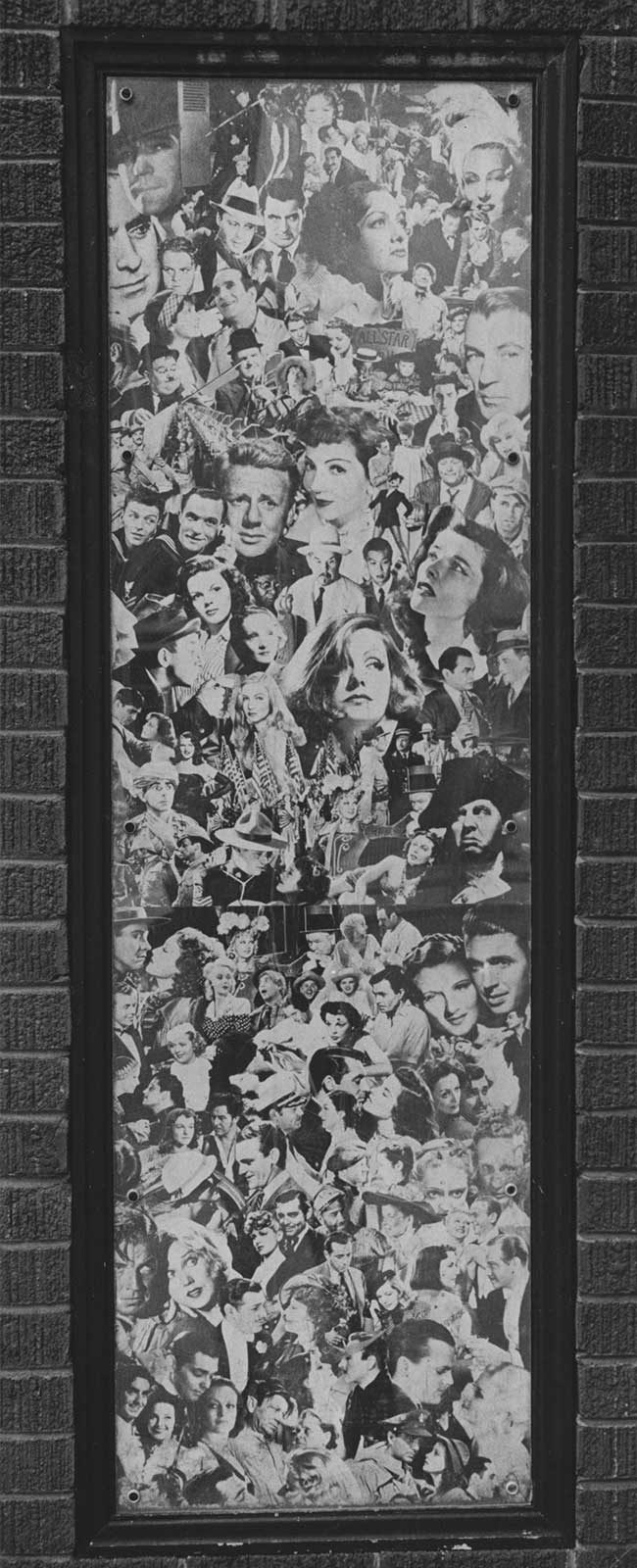



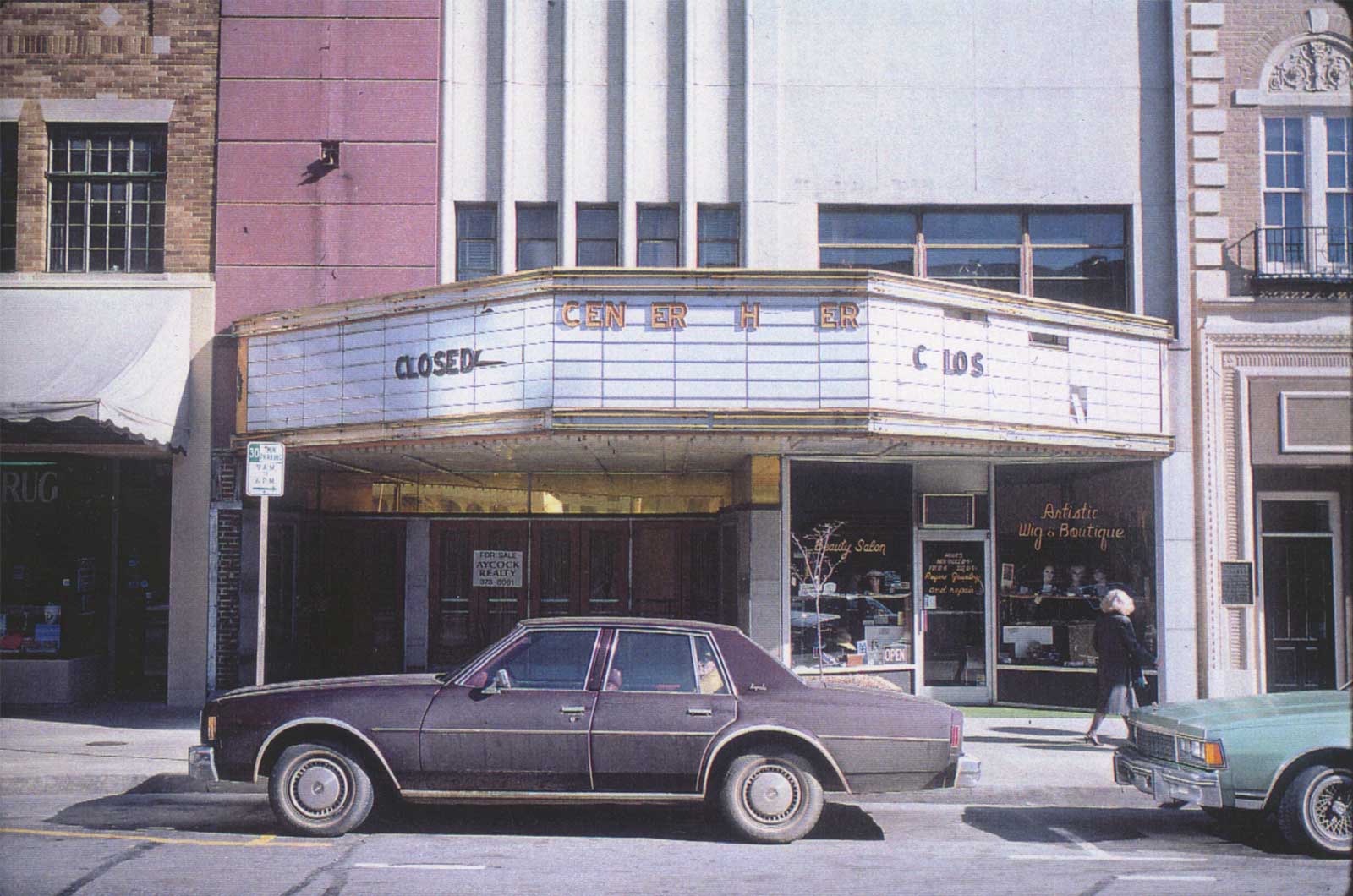









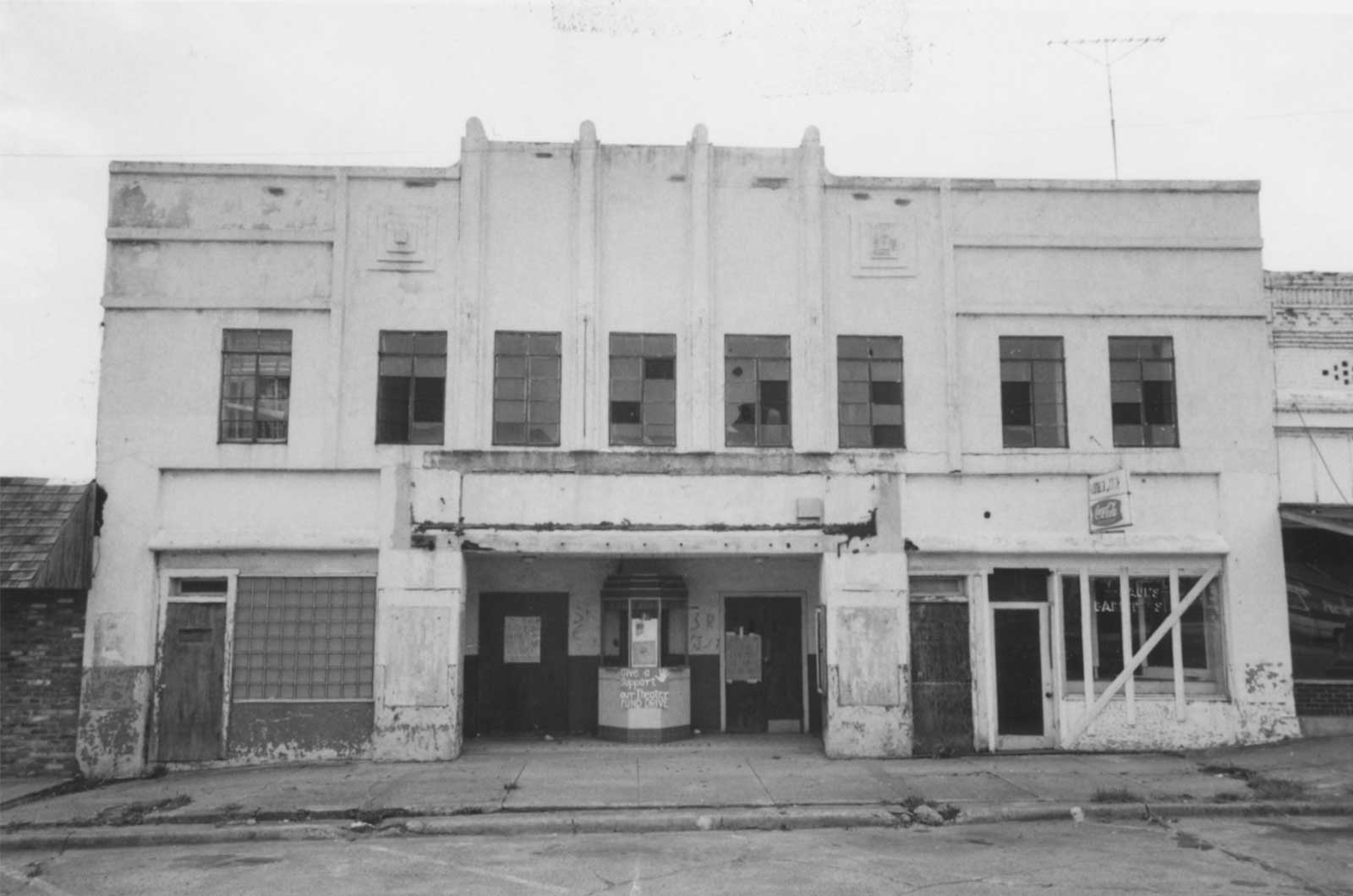



























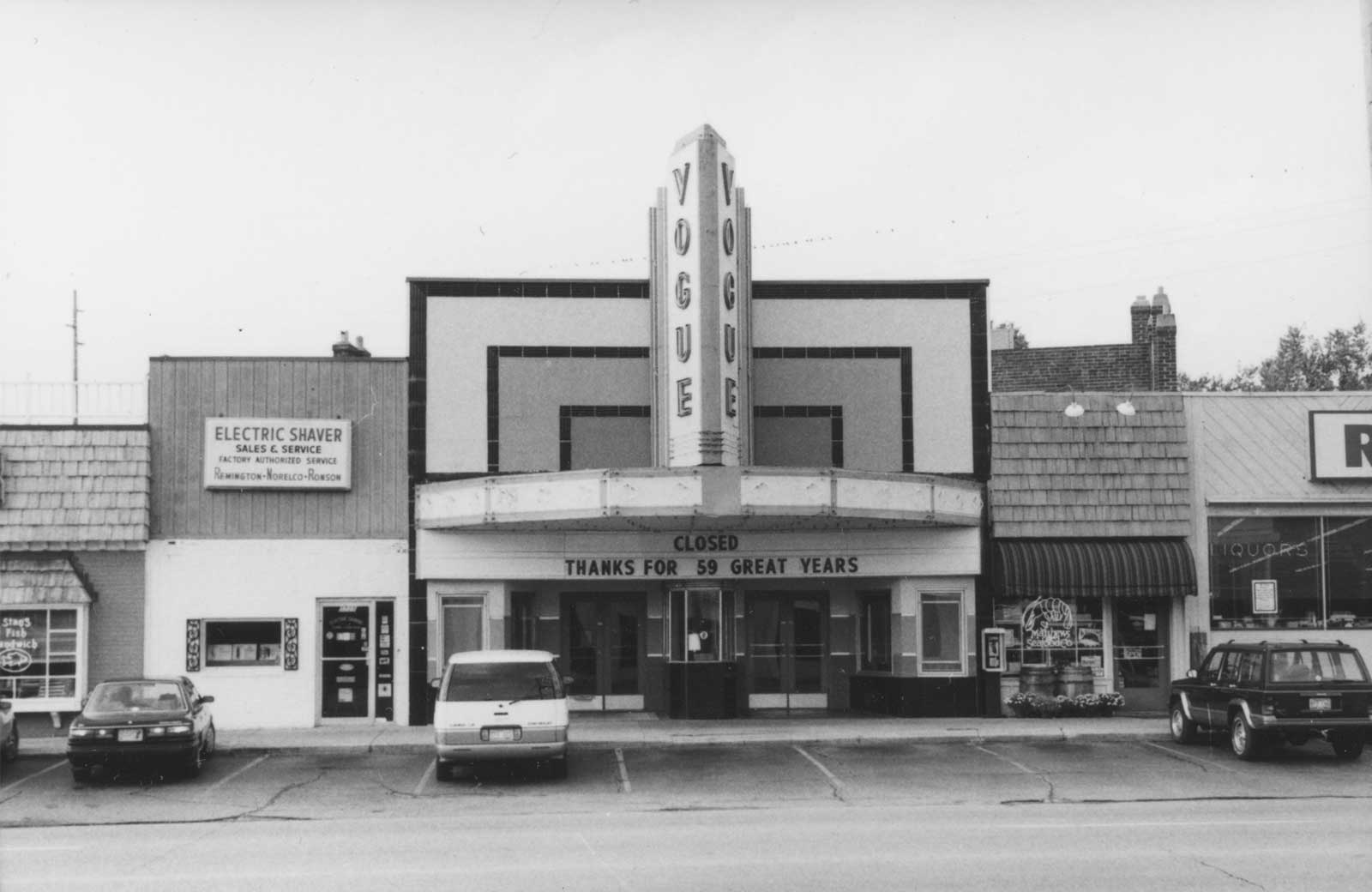
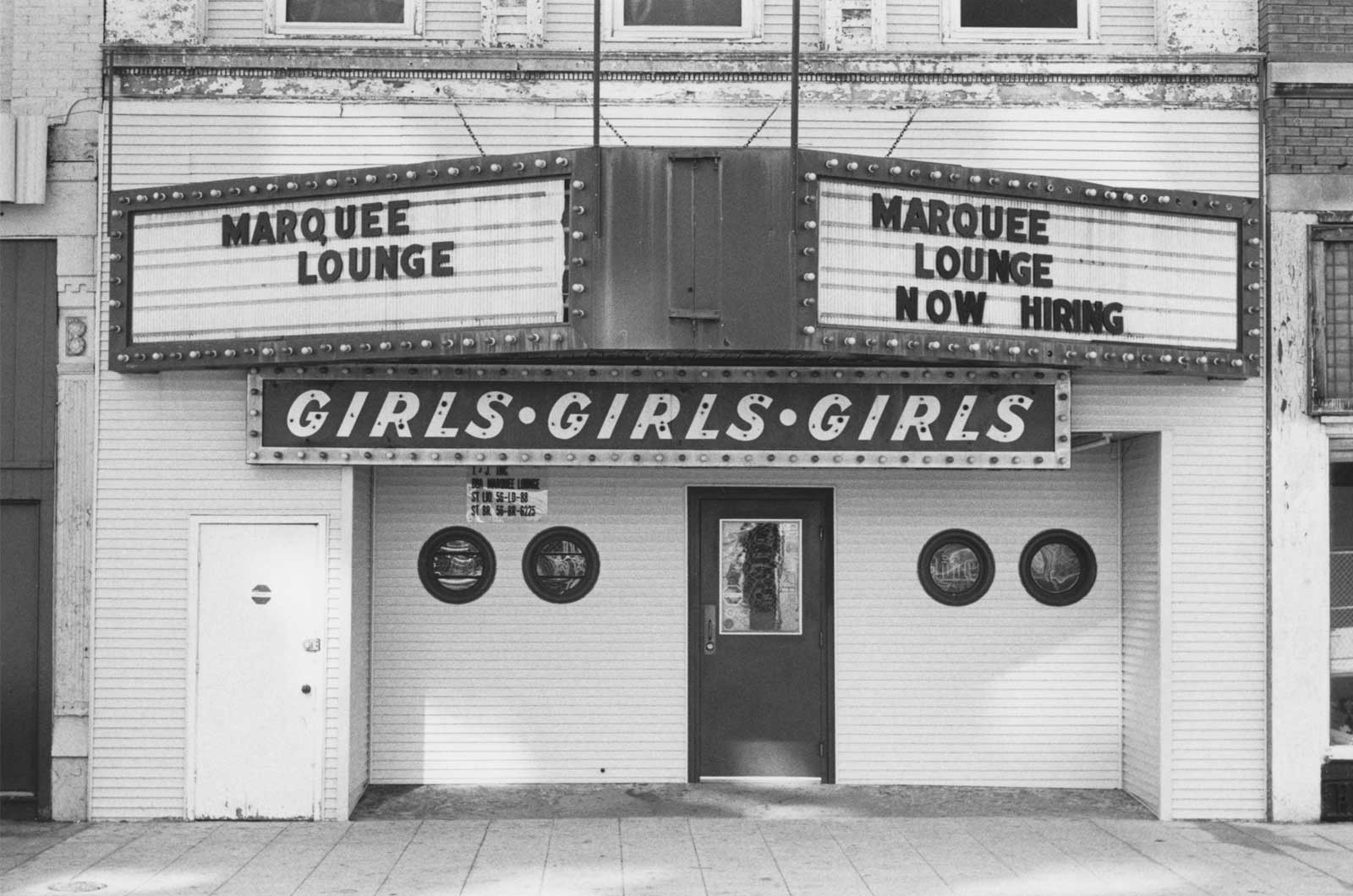









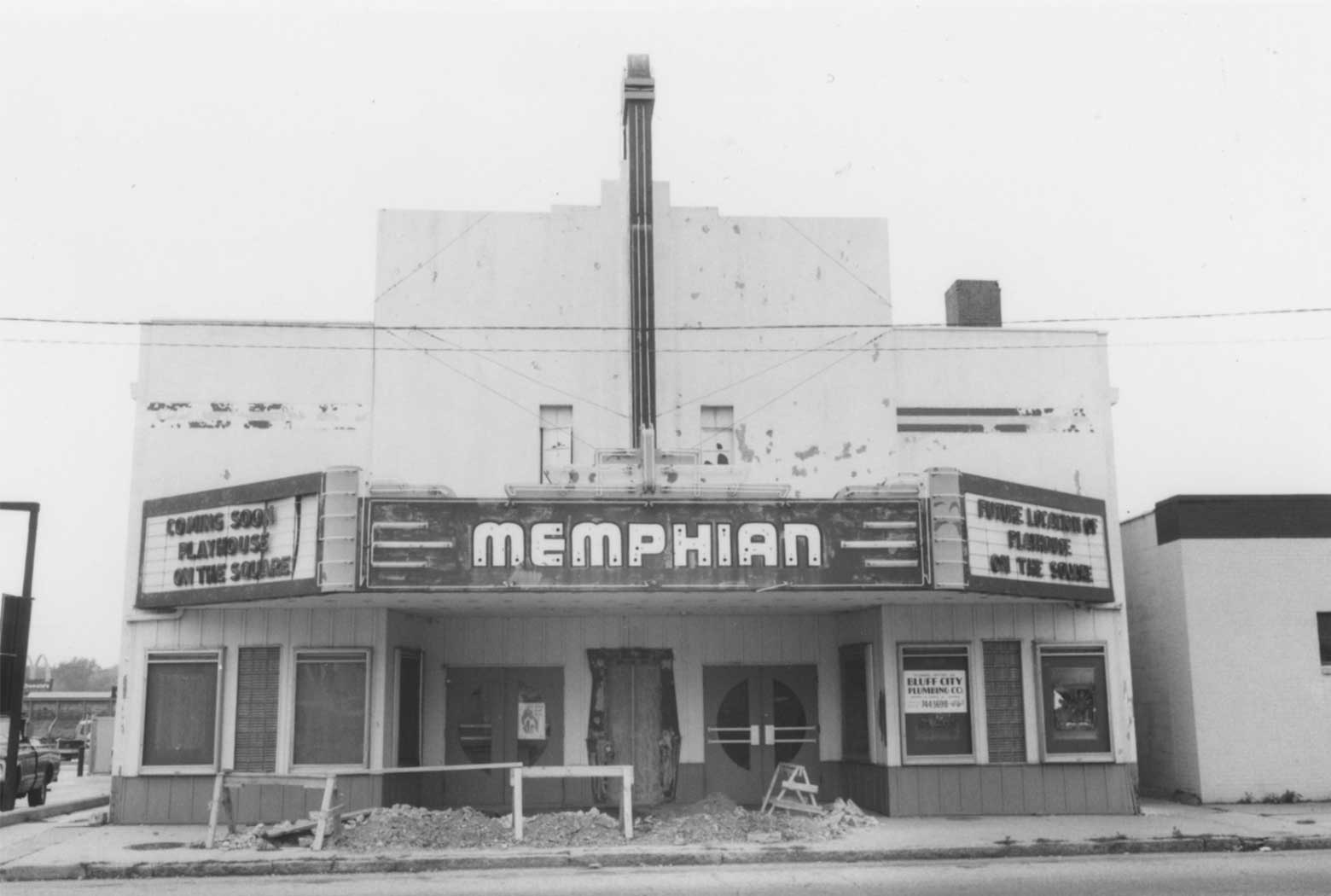






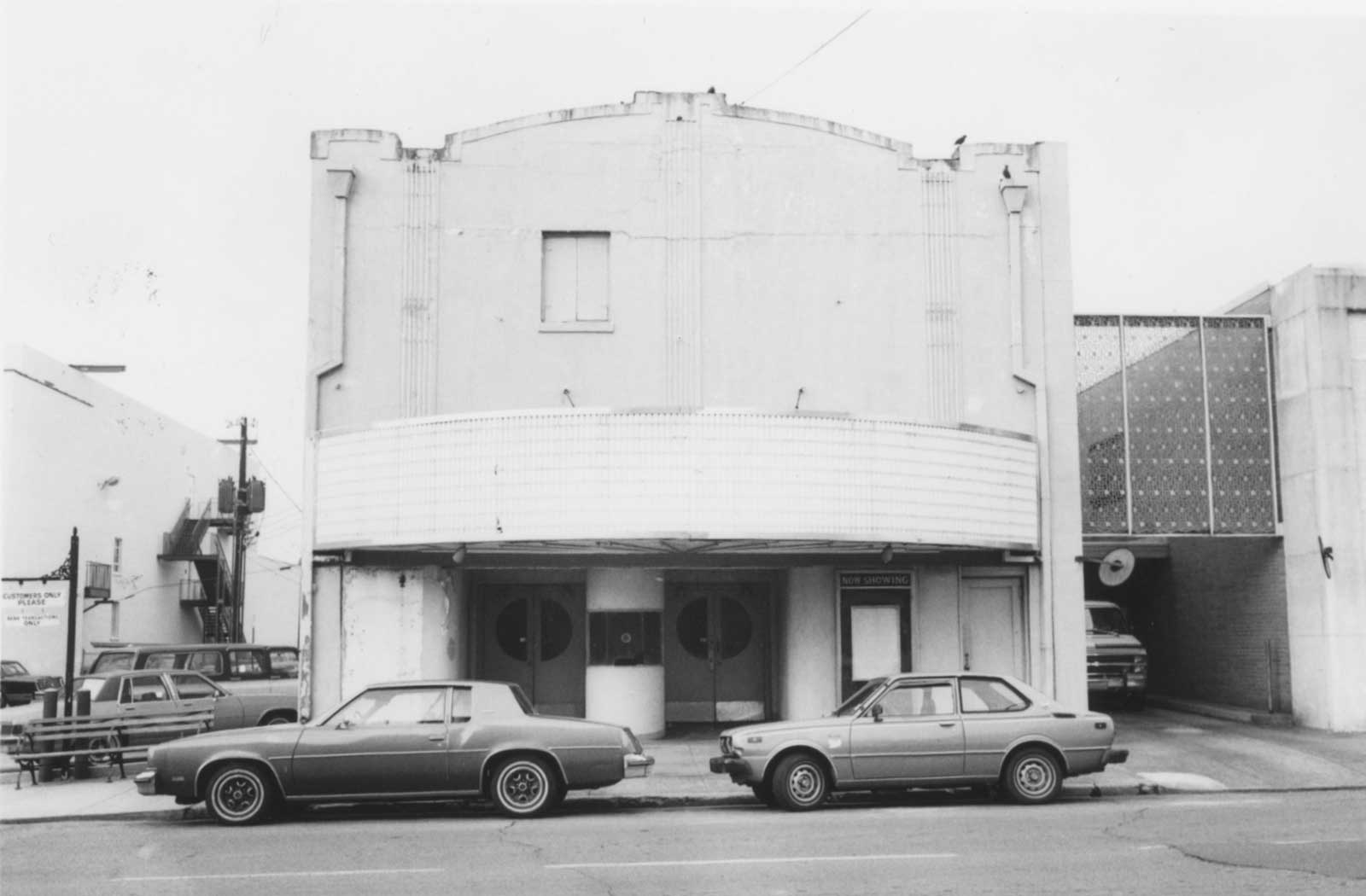

























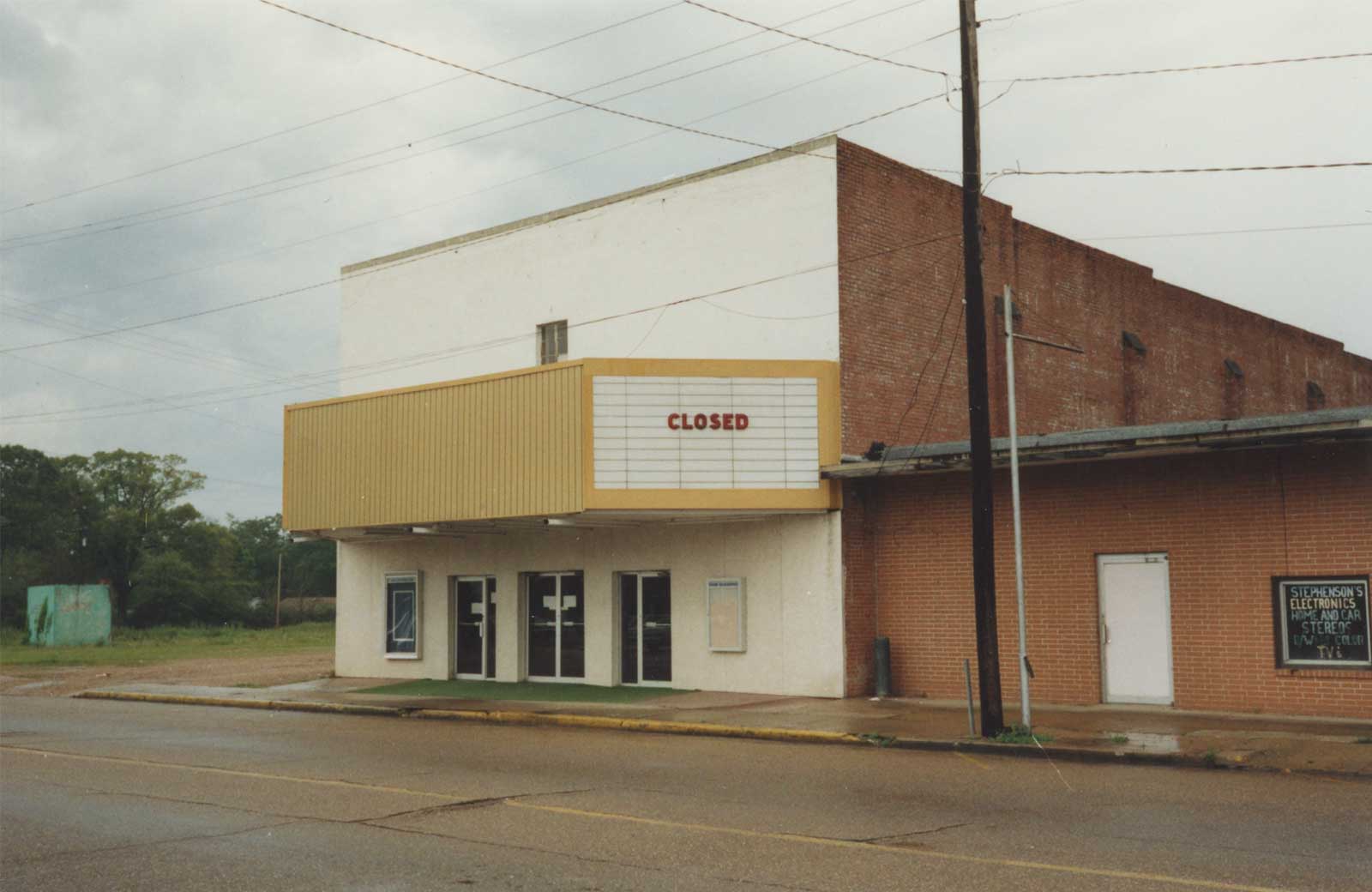























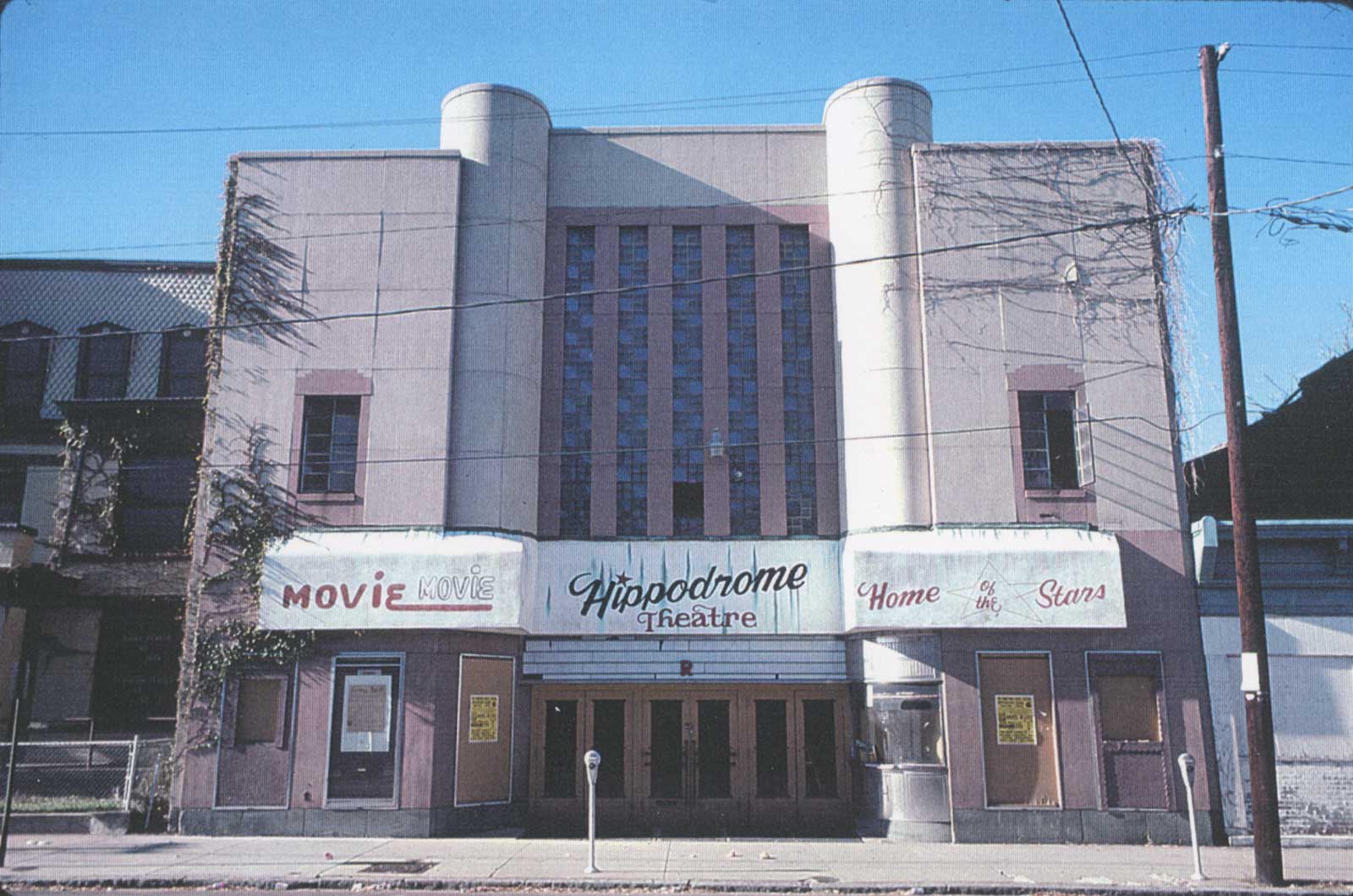





















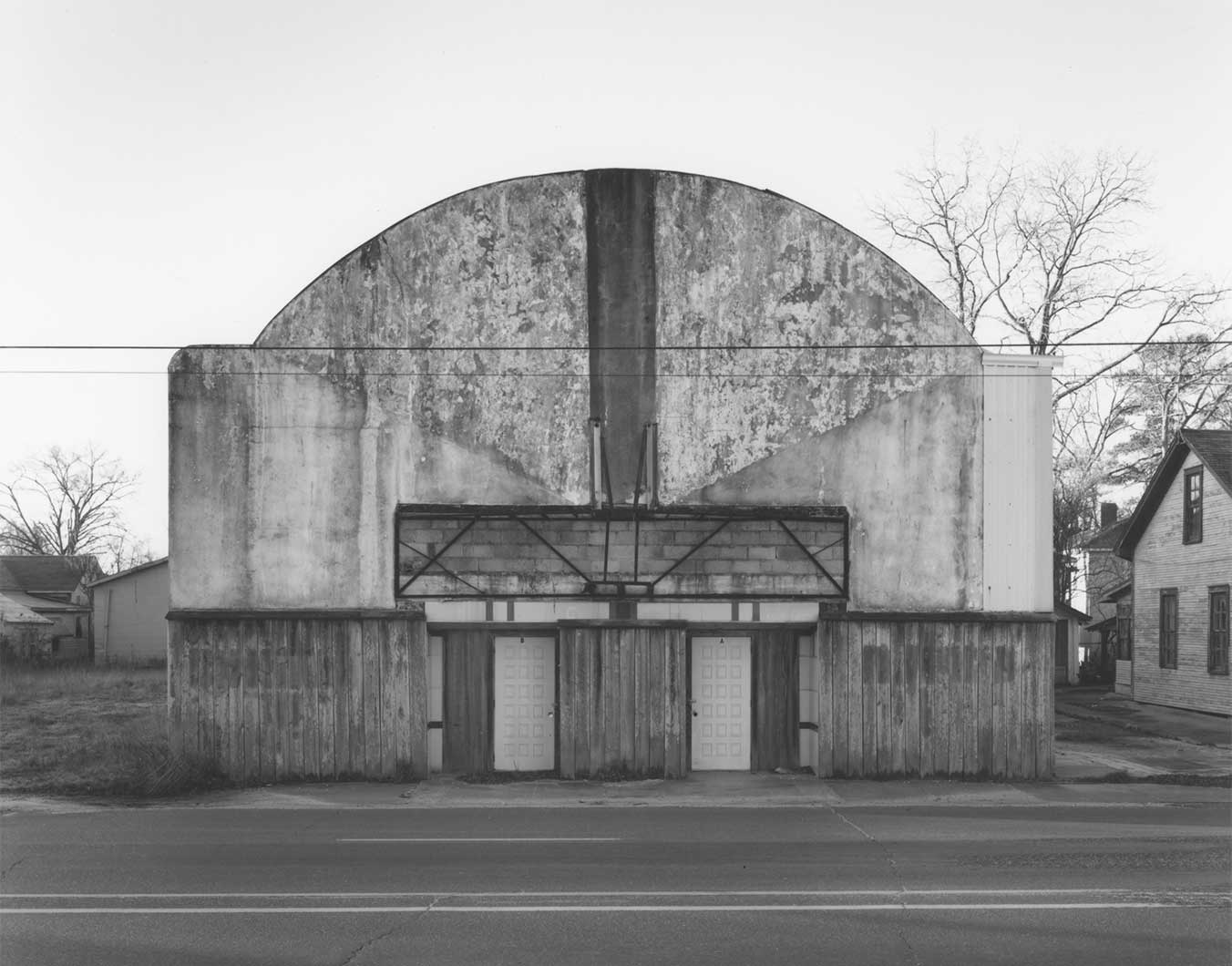






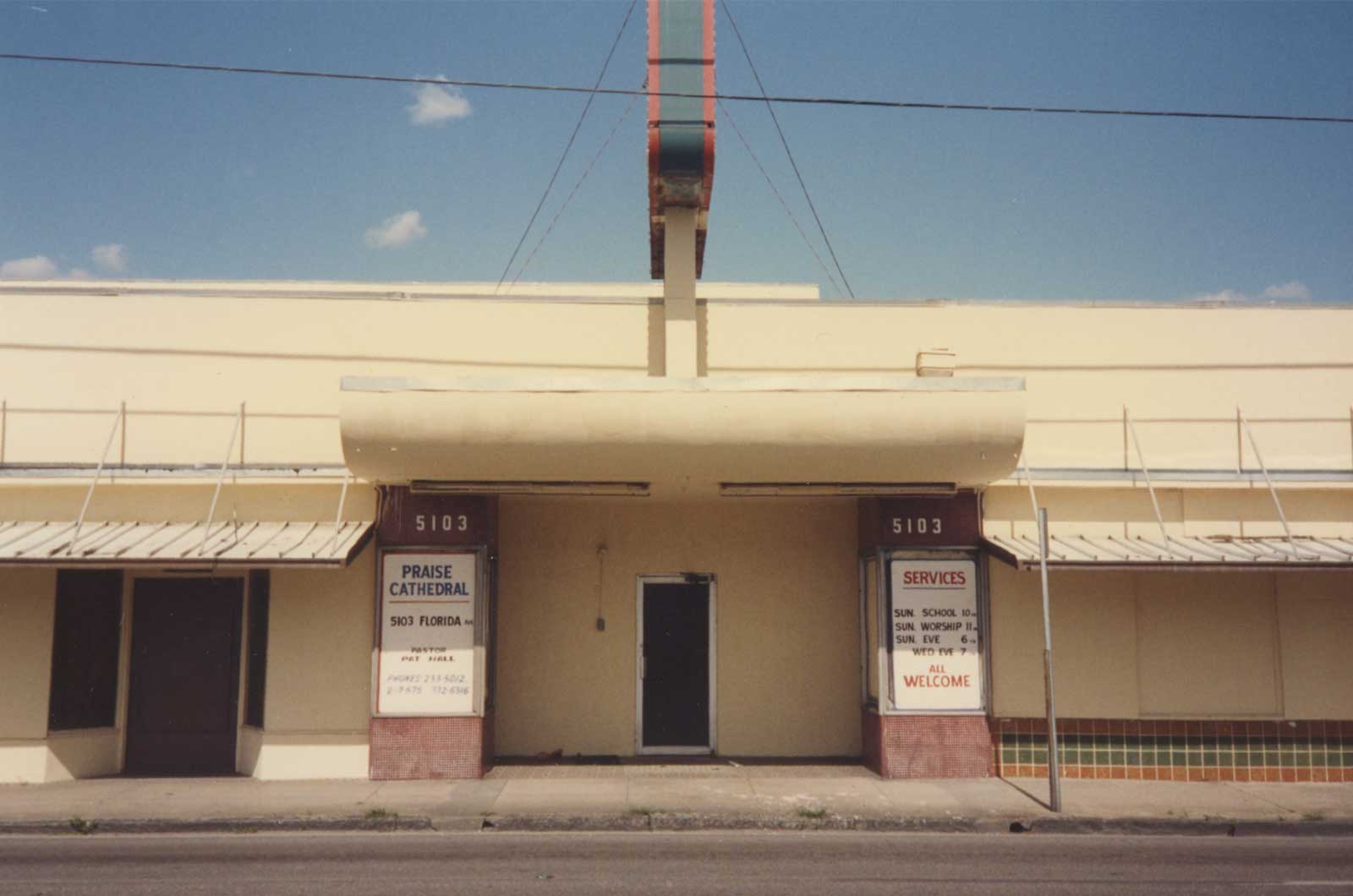







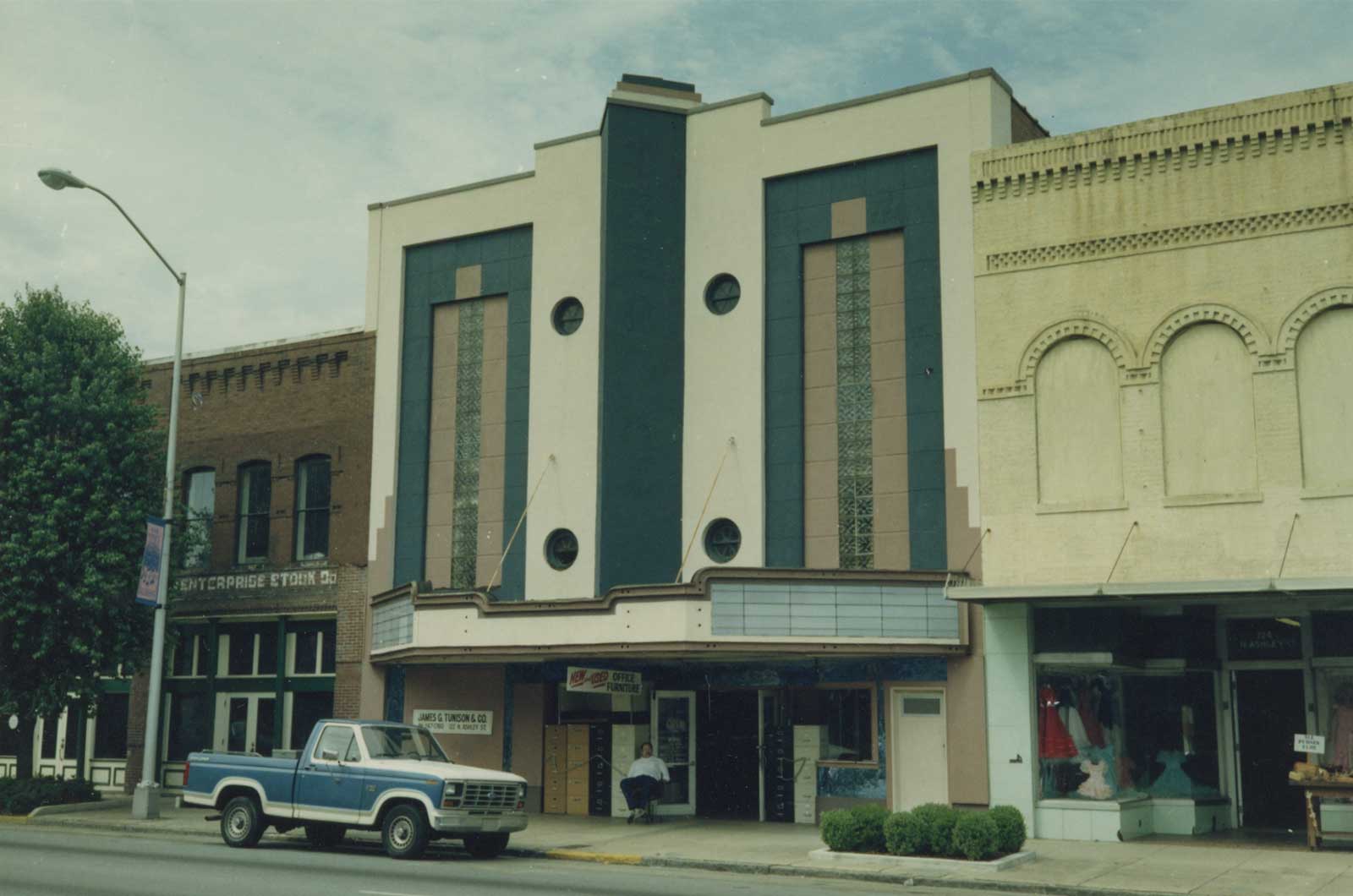
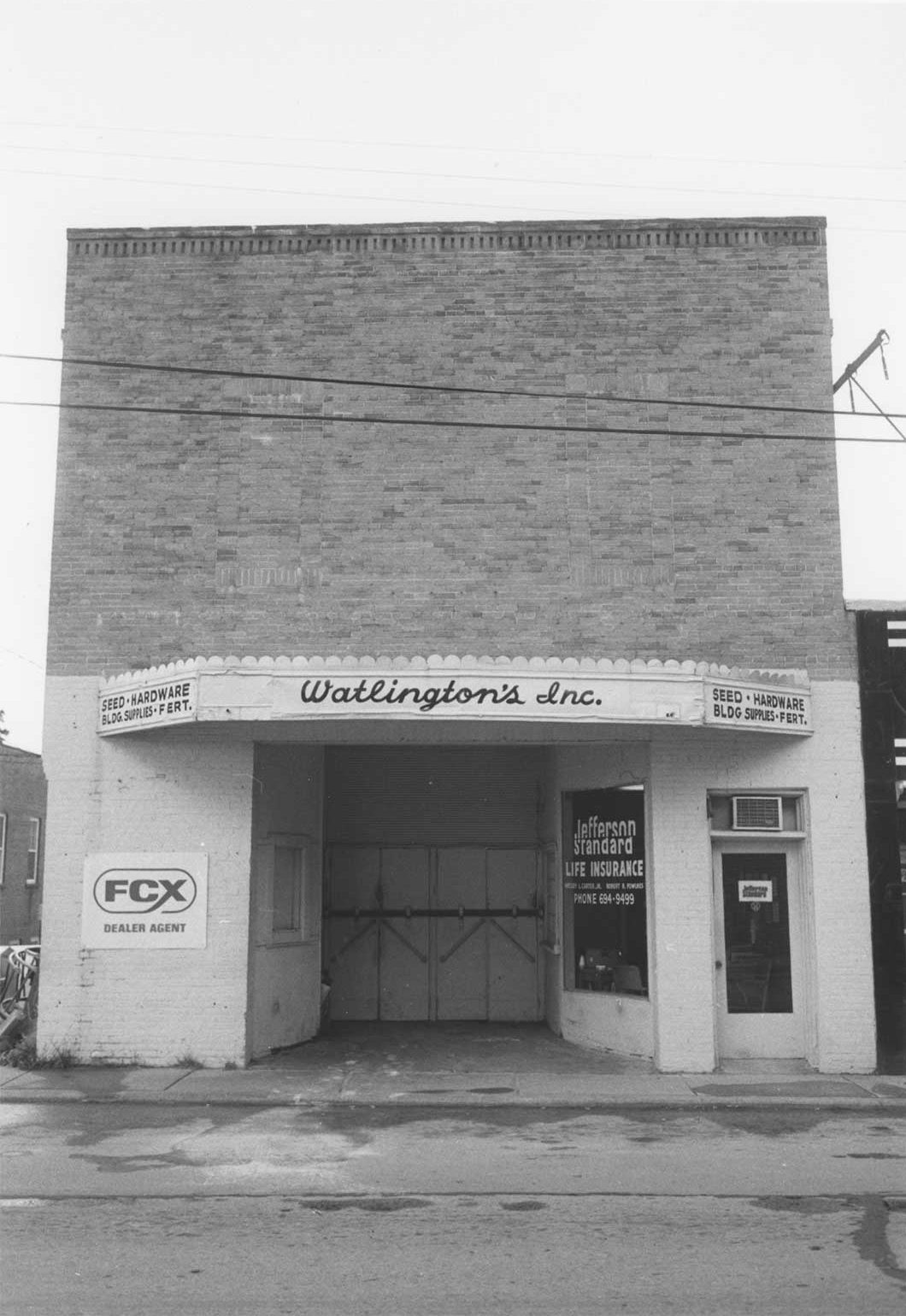

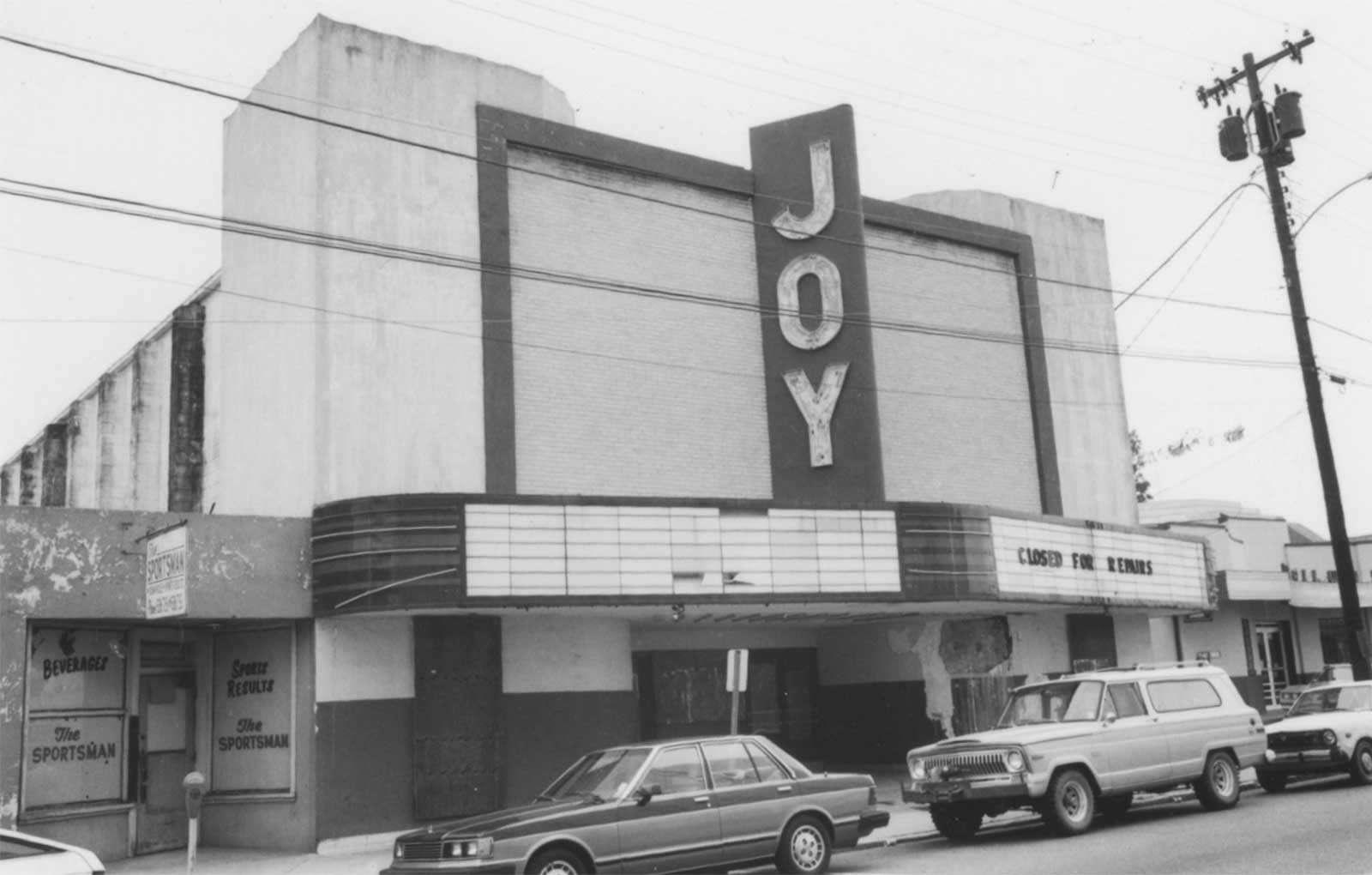
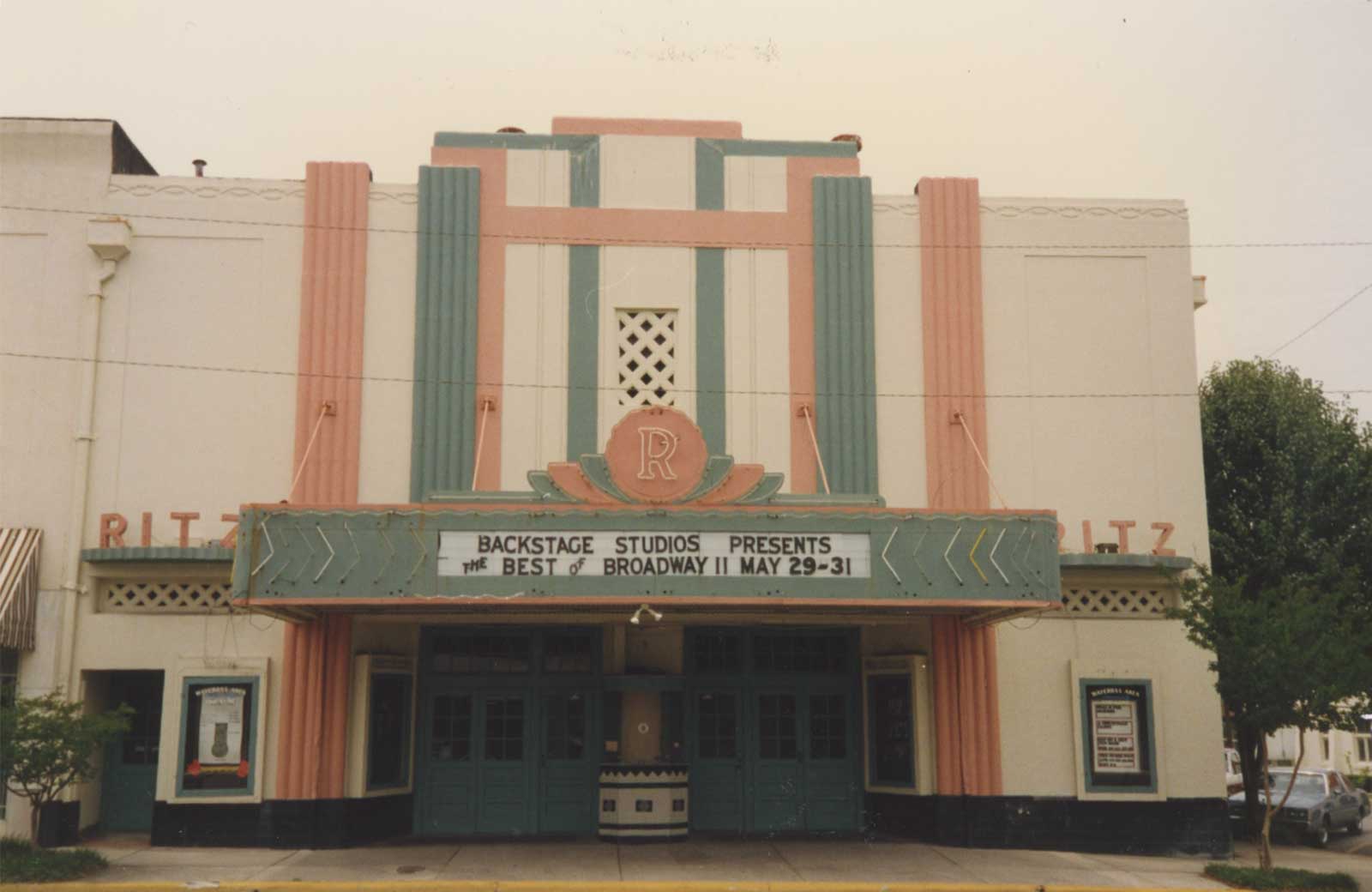





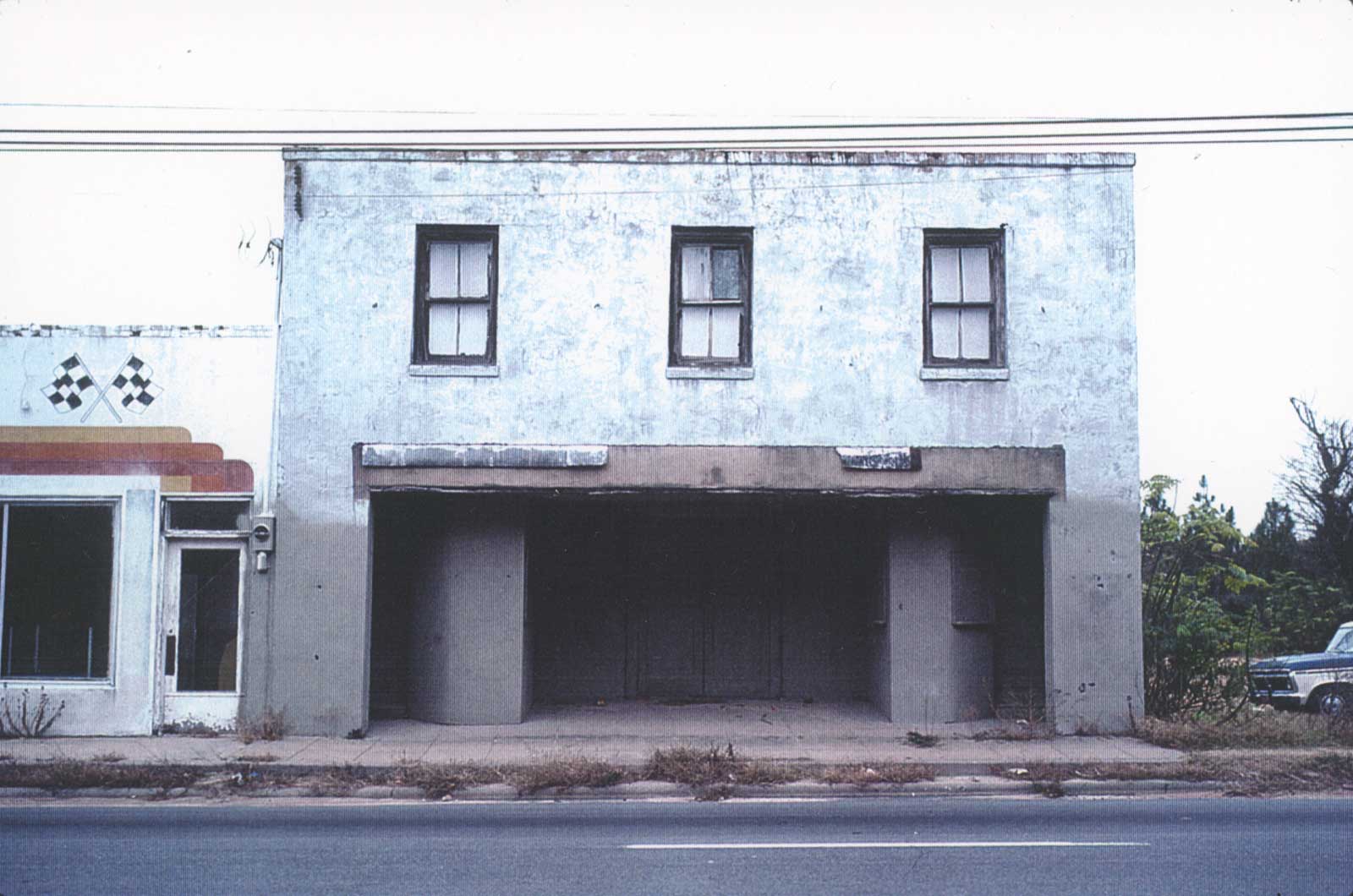







Texas / Oklahoma








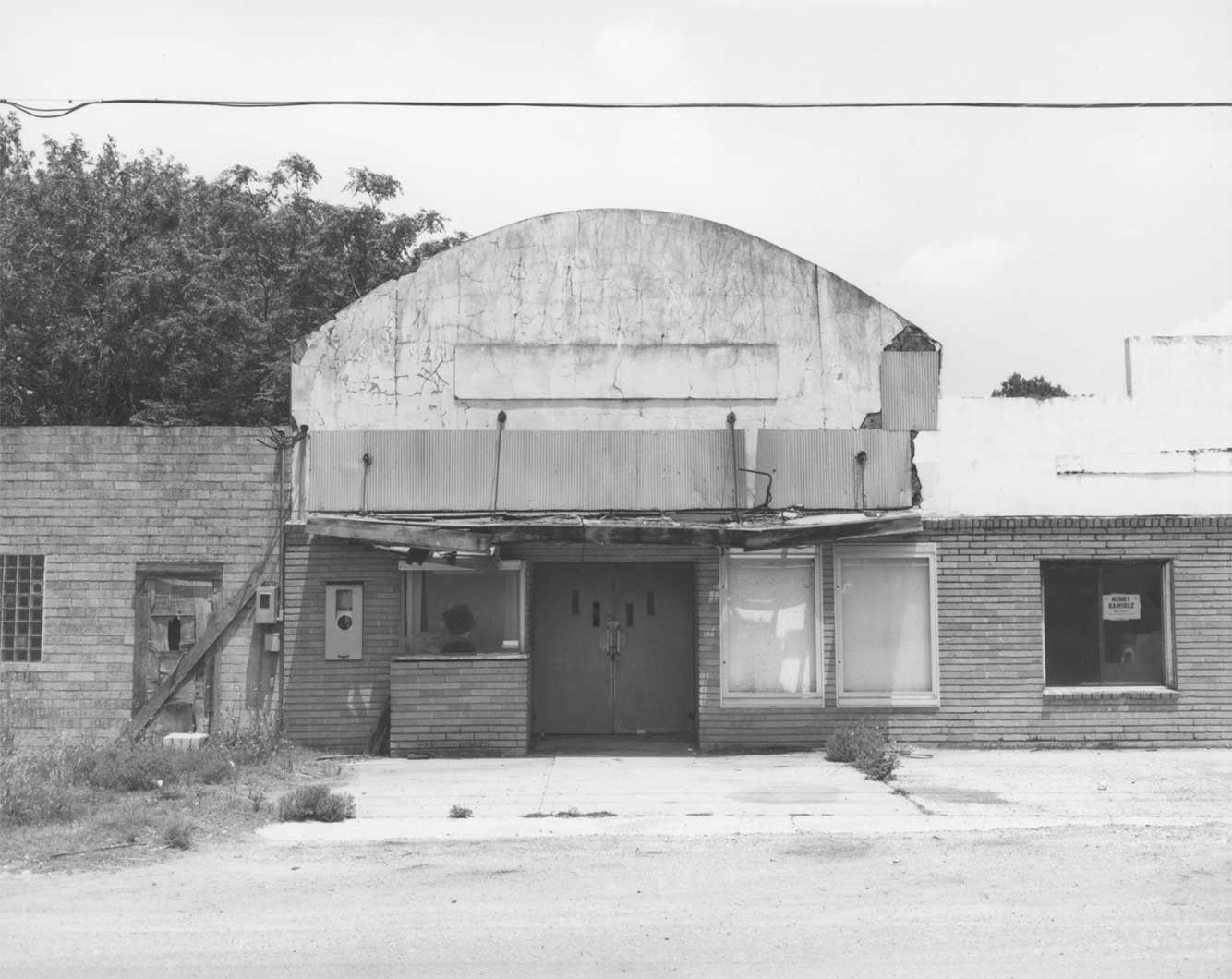





































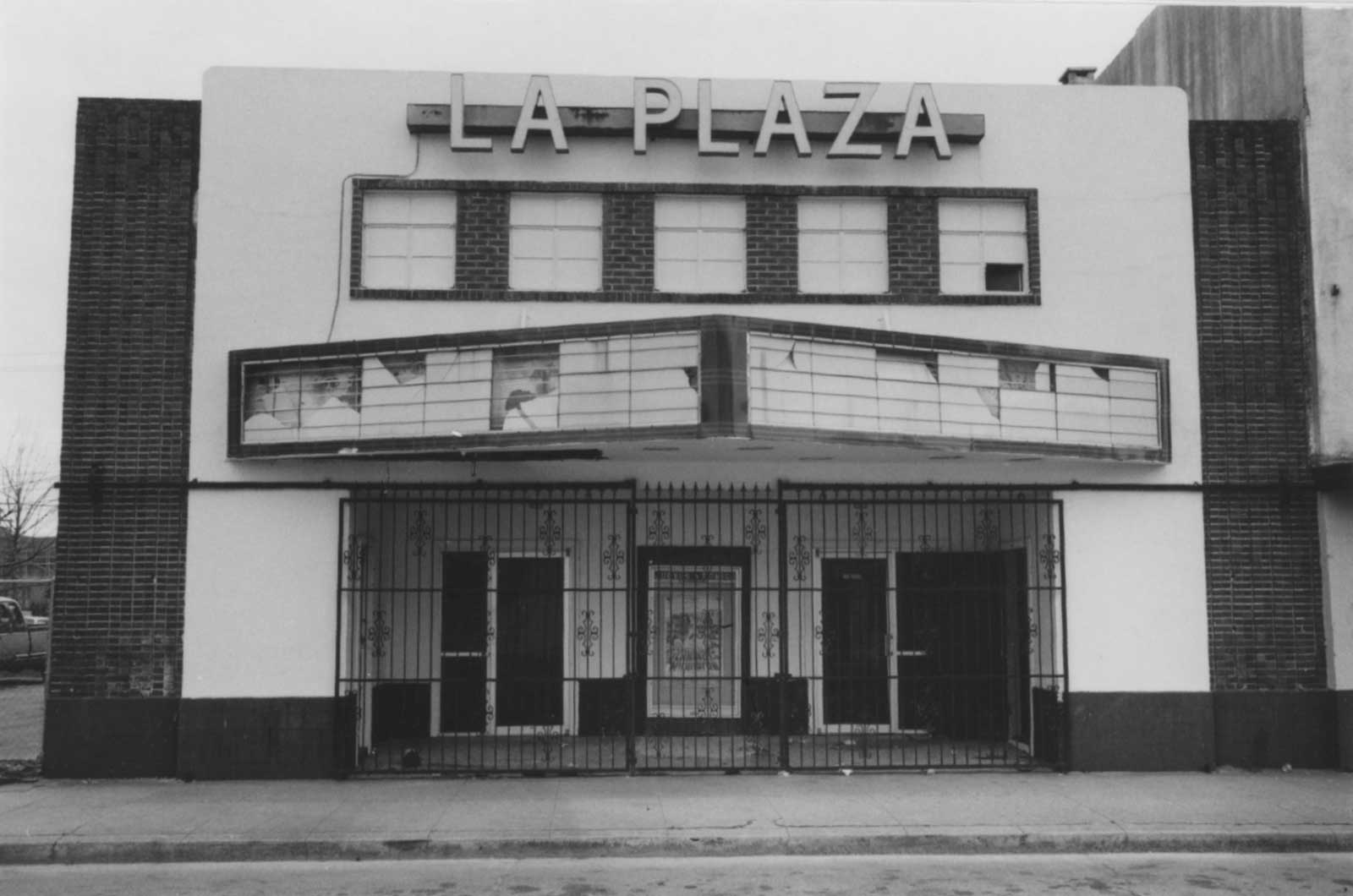


















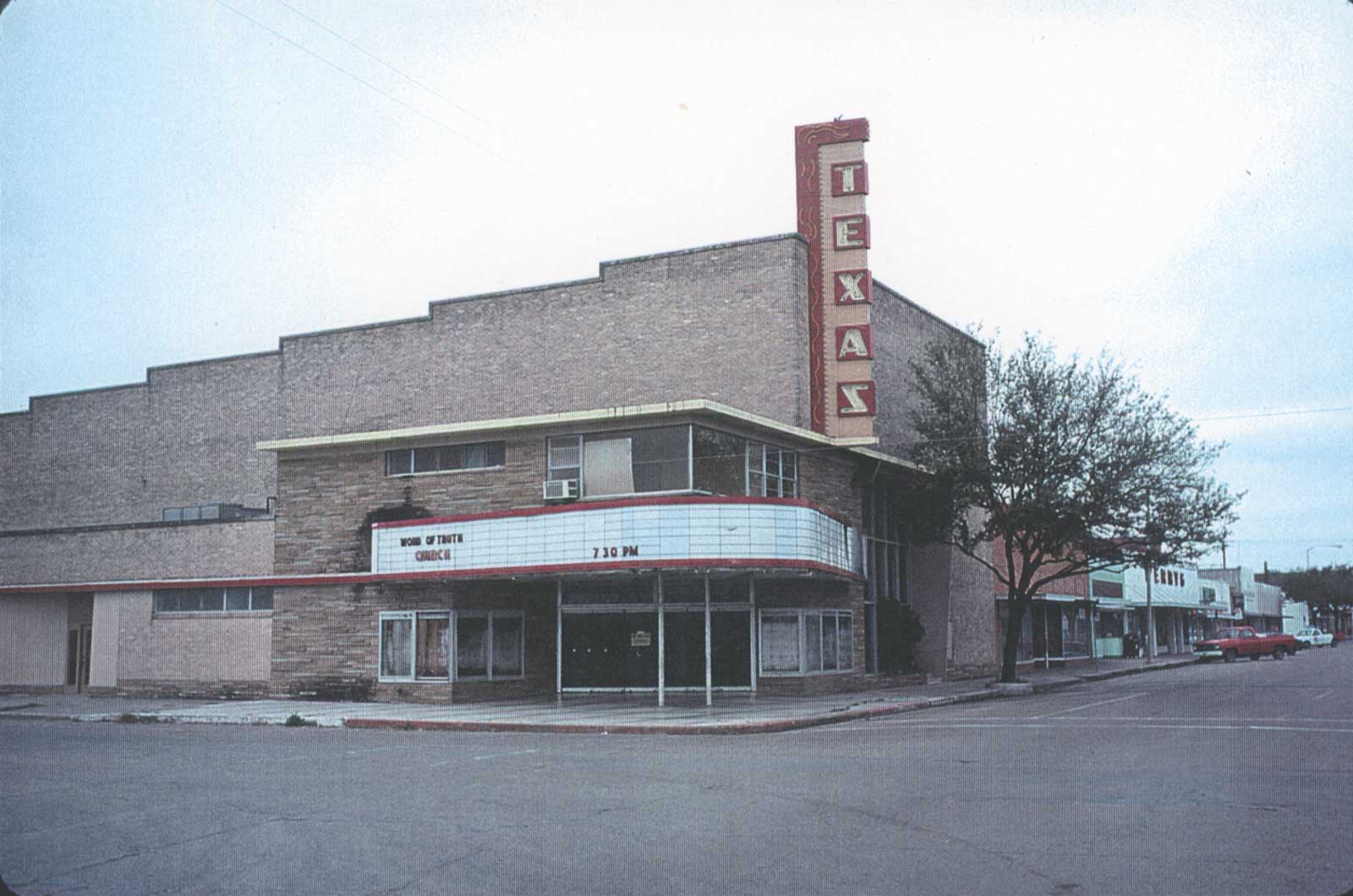

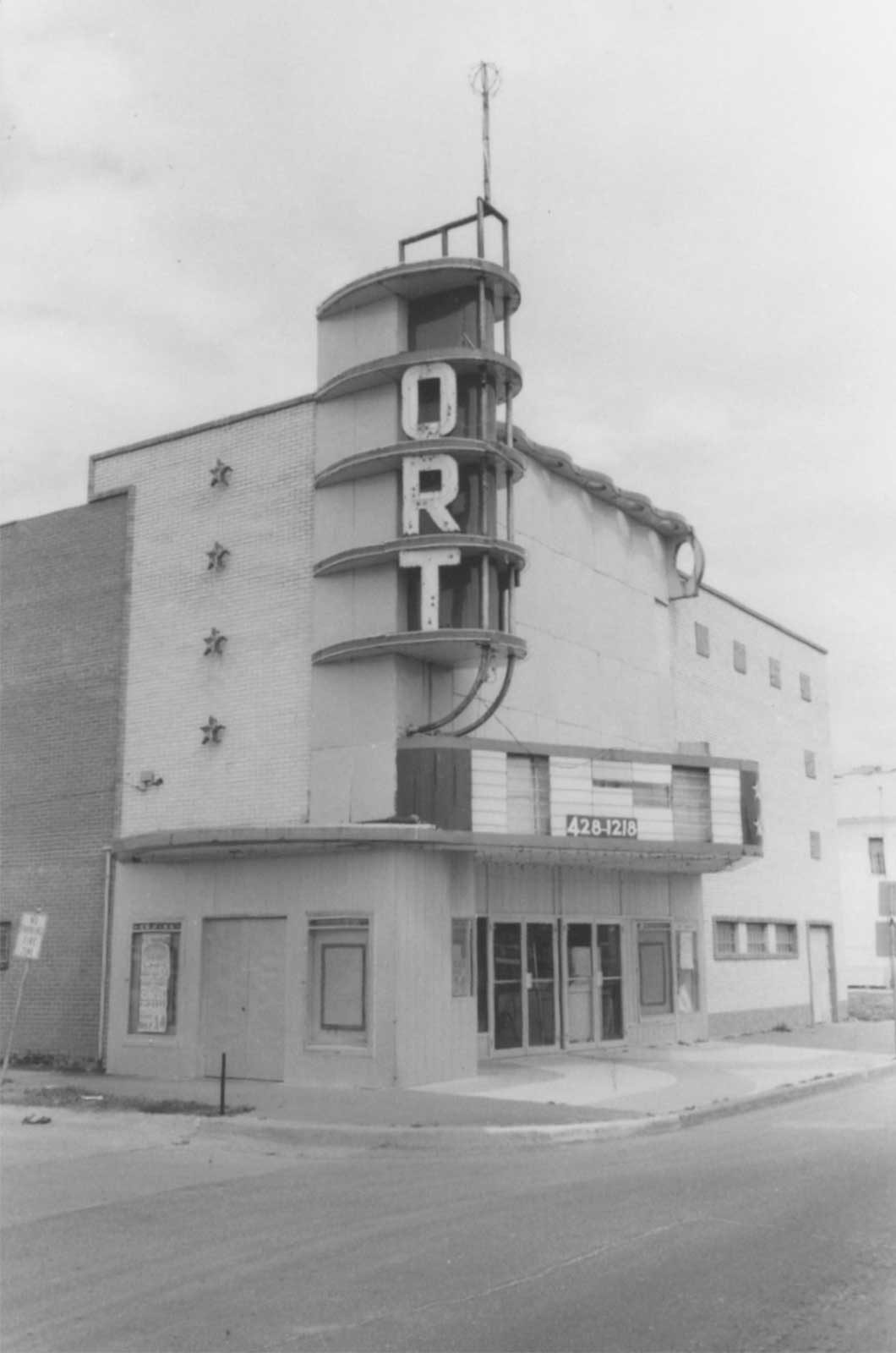











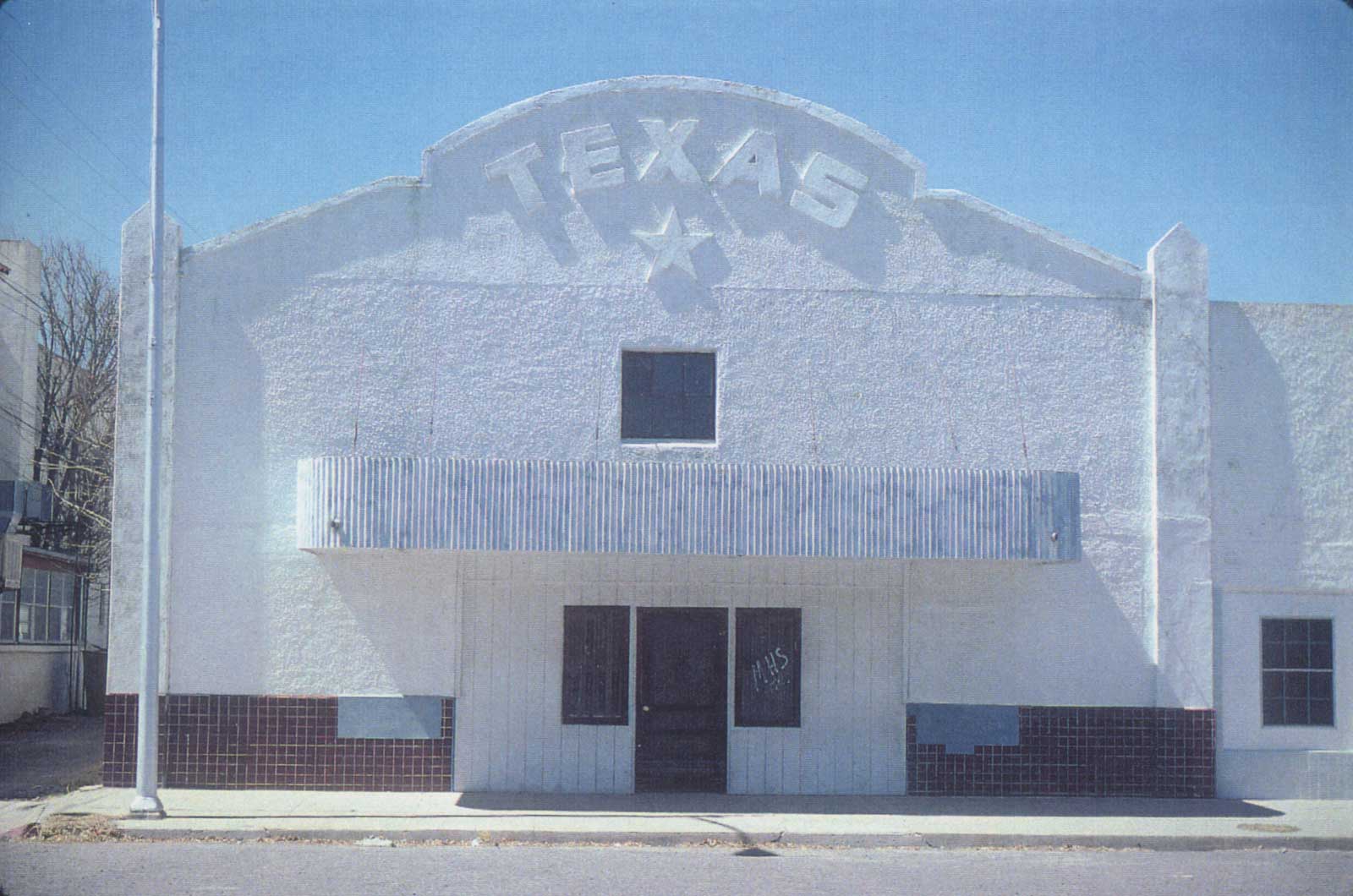
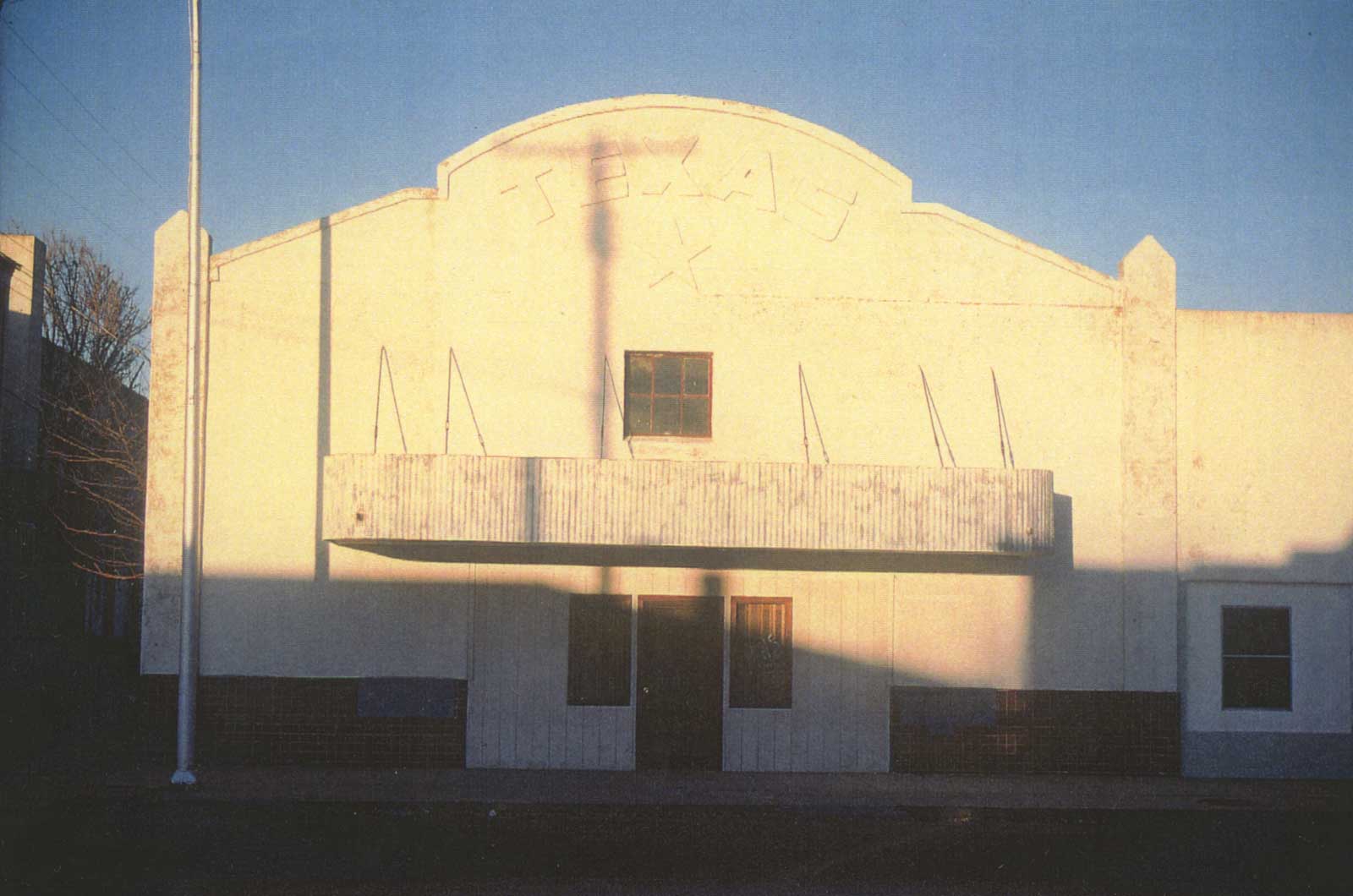













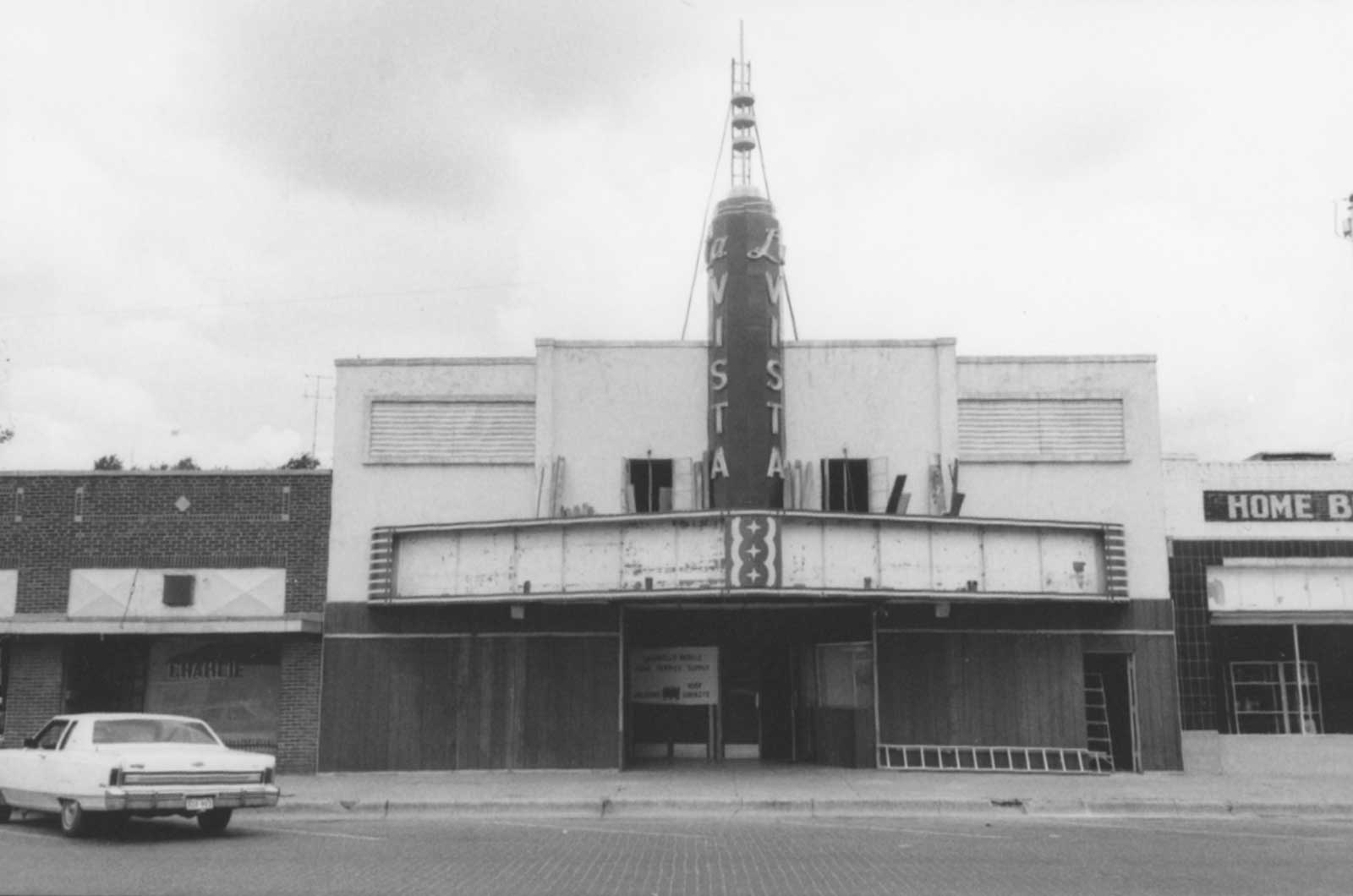










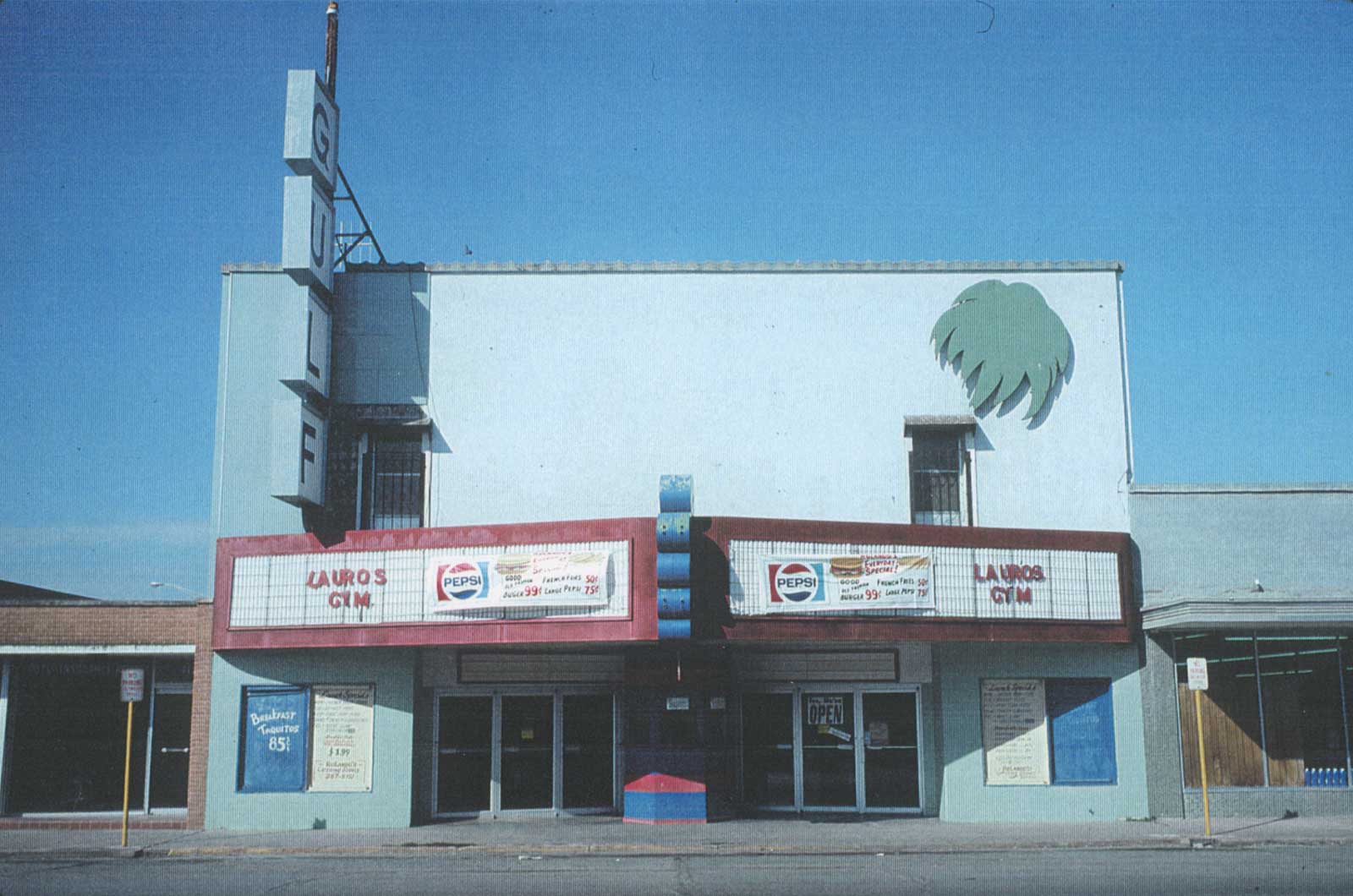

















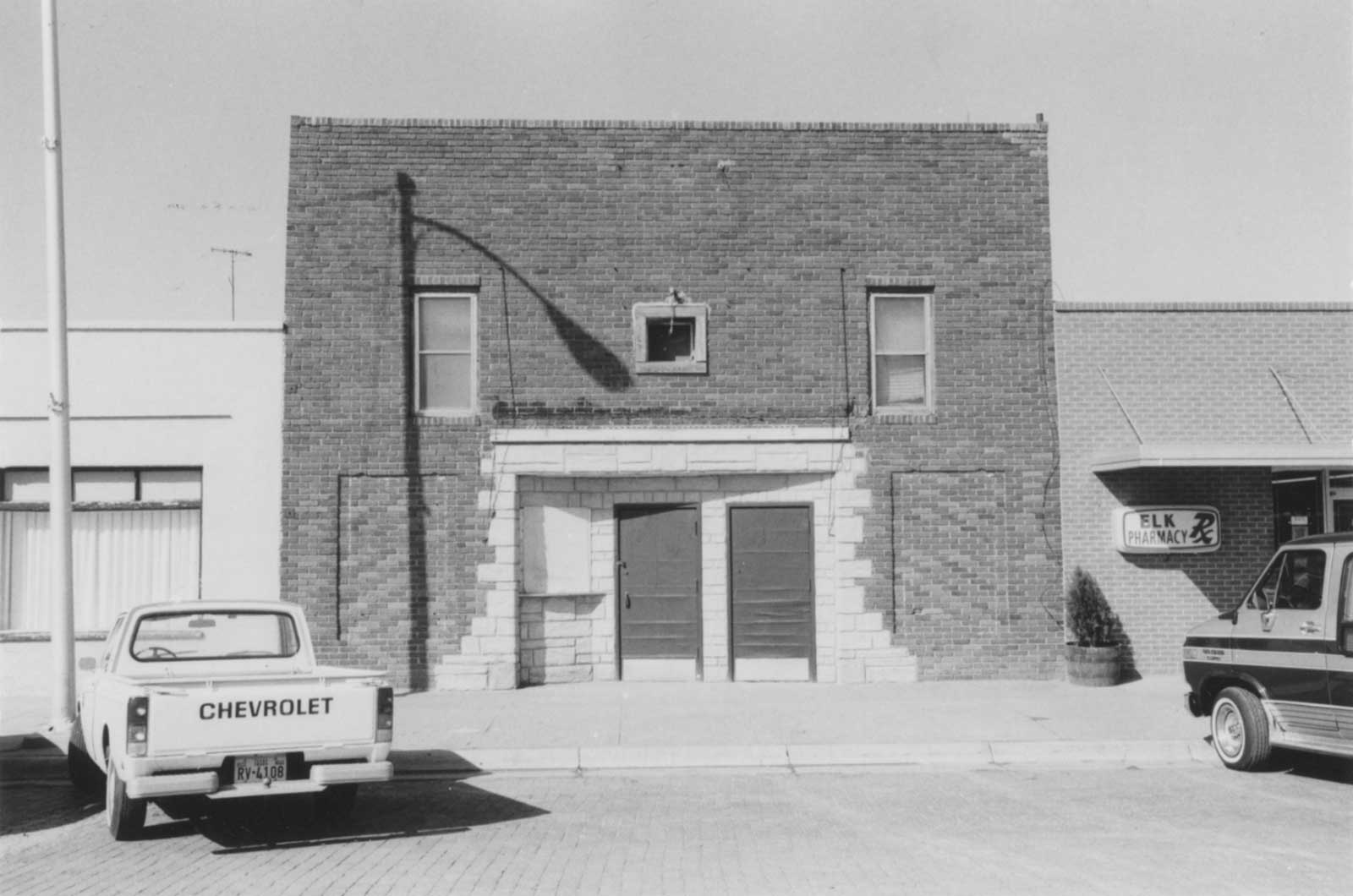






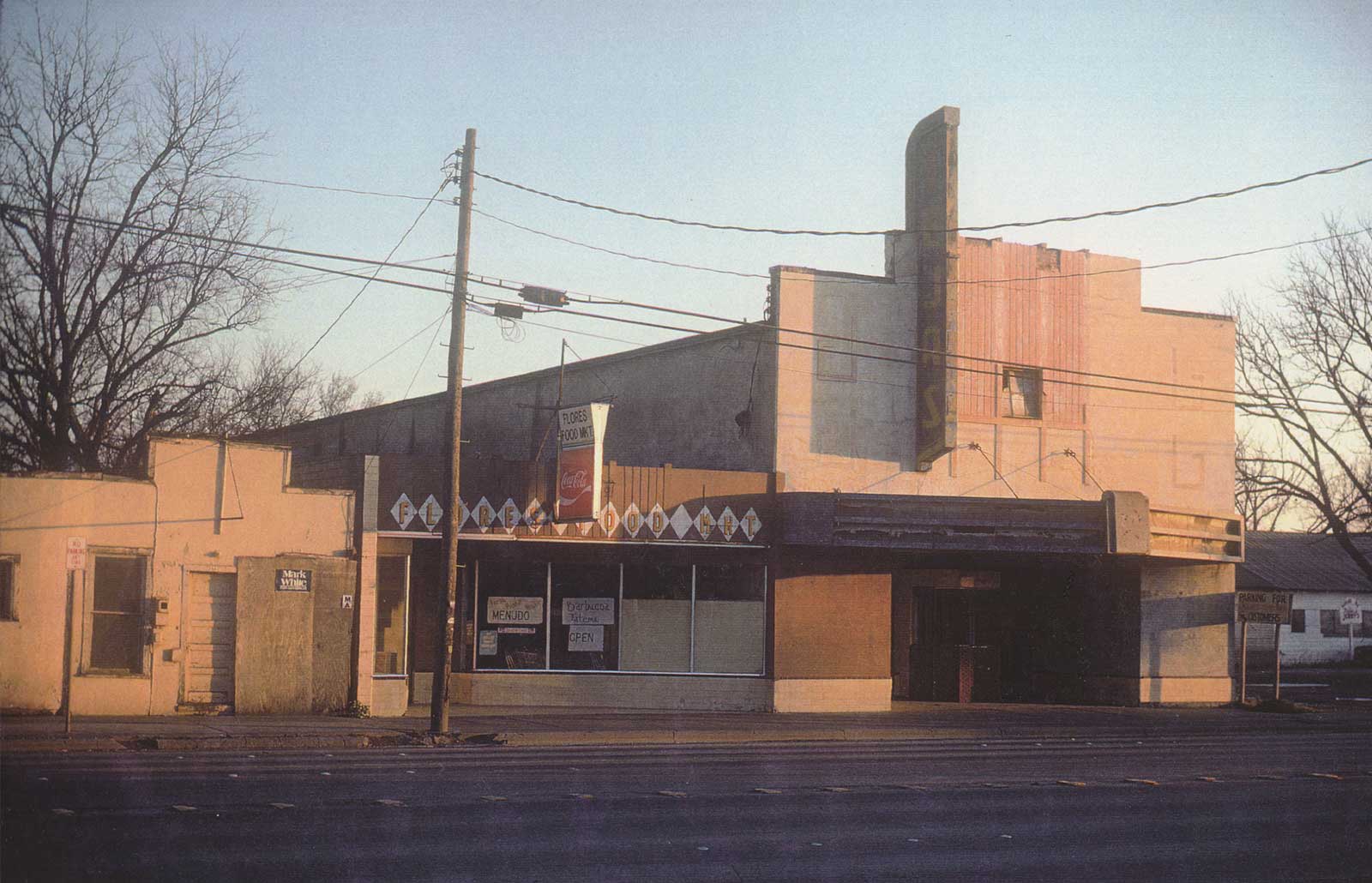





Southwest/West






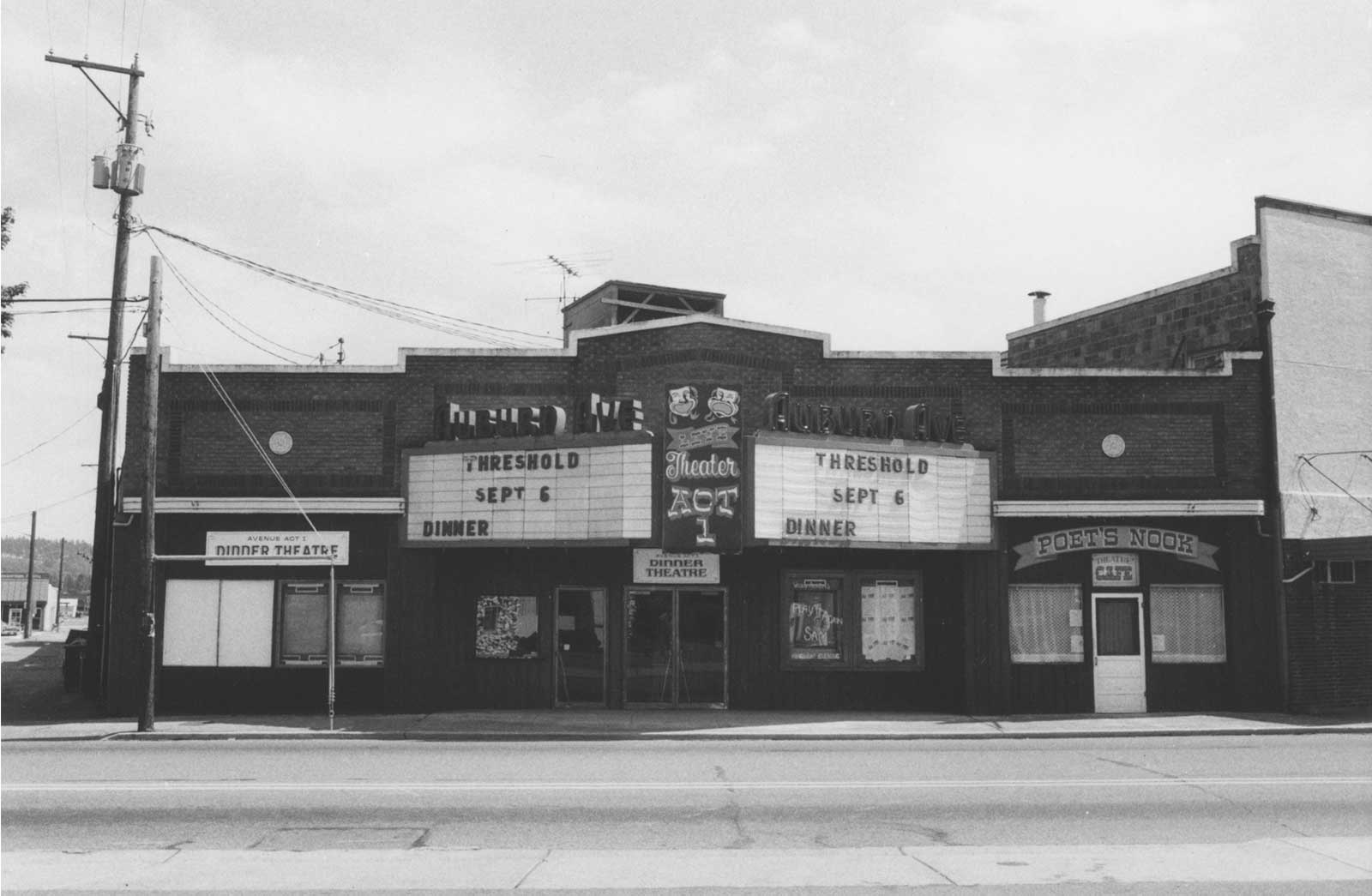




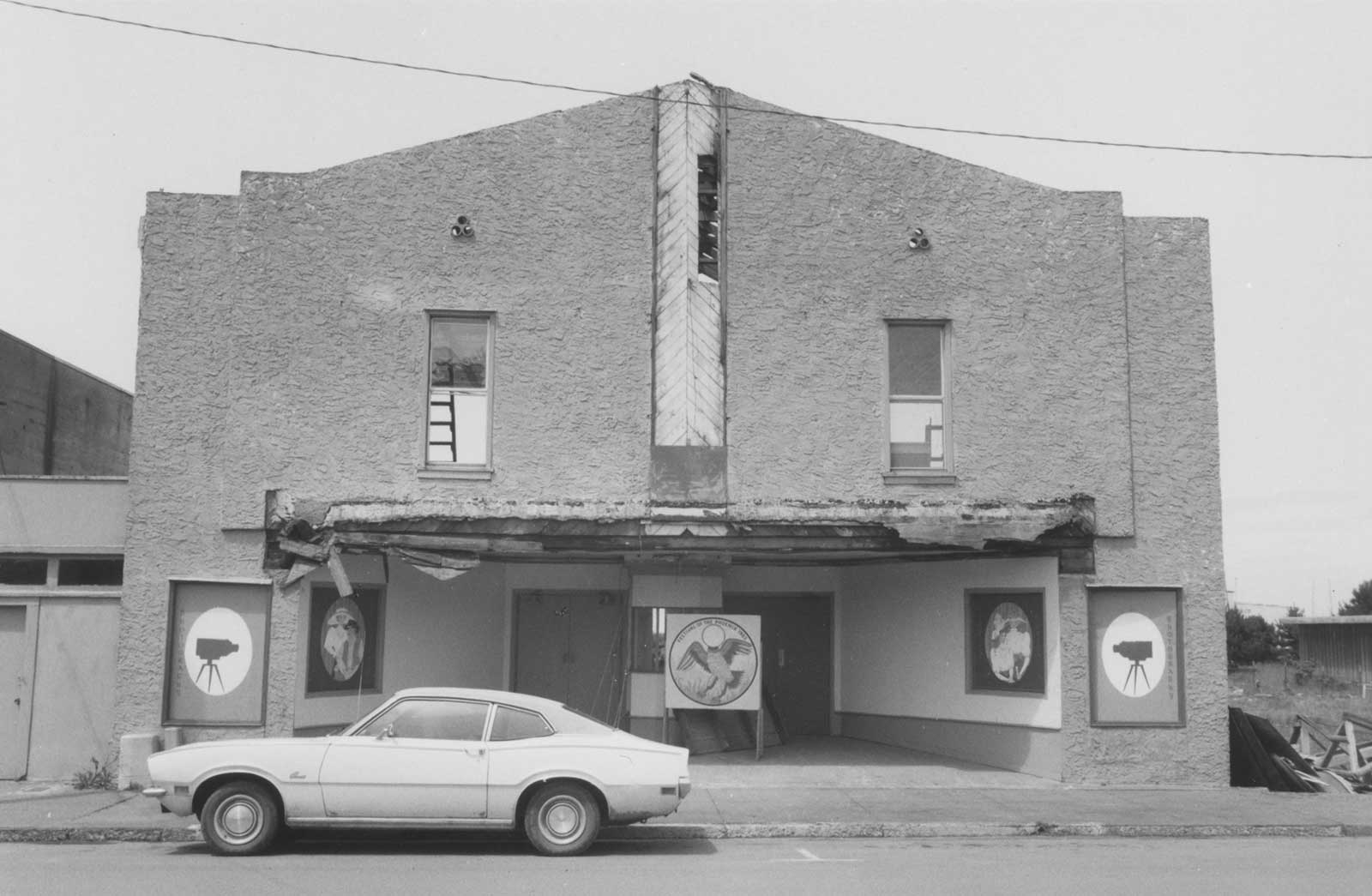

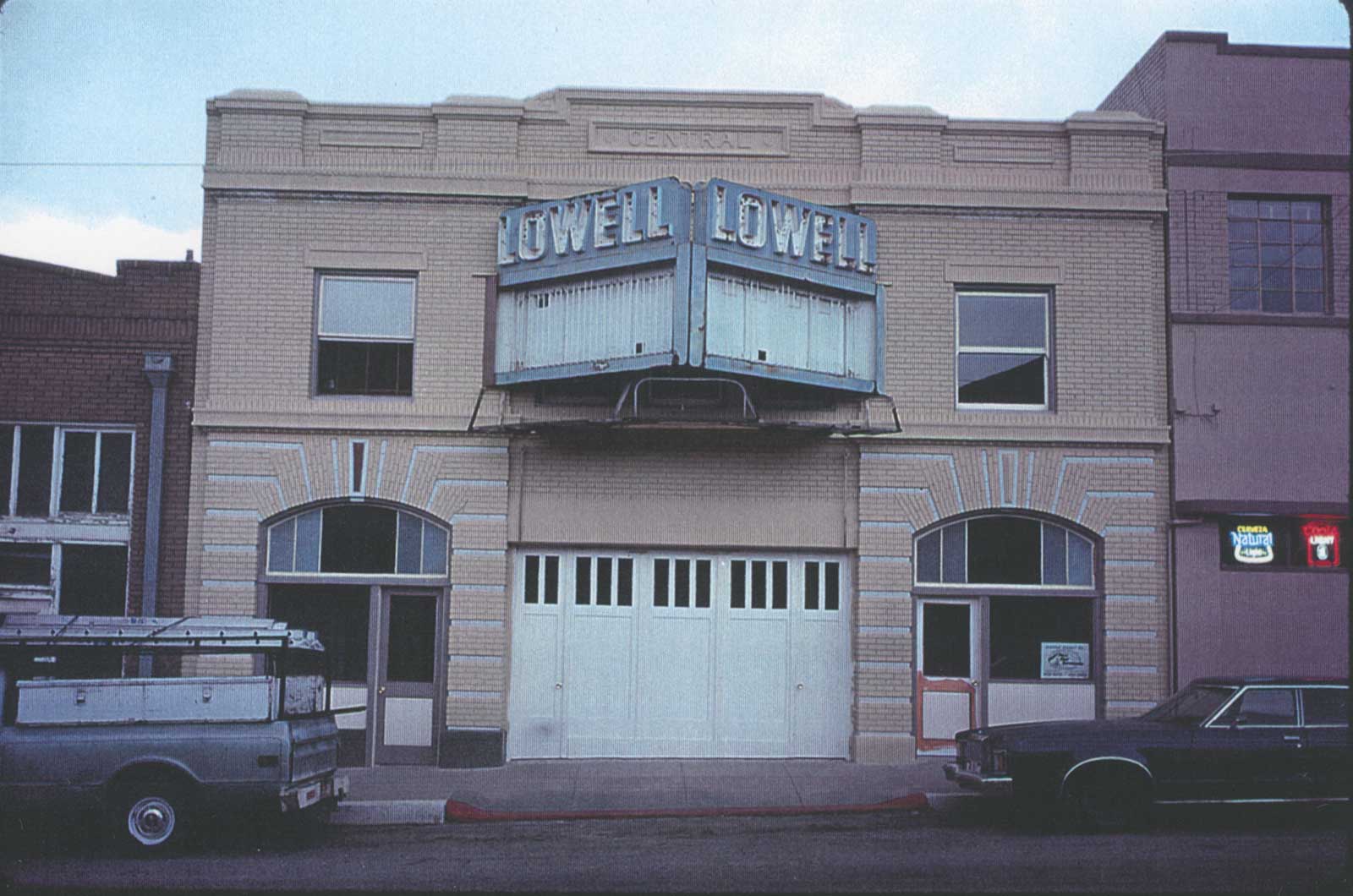


















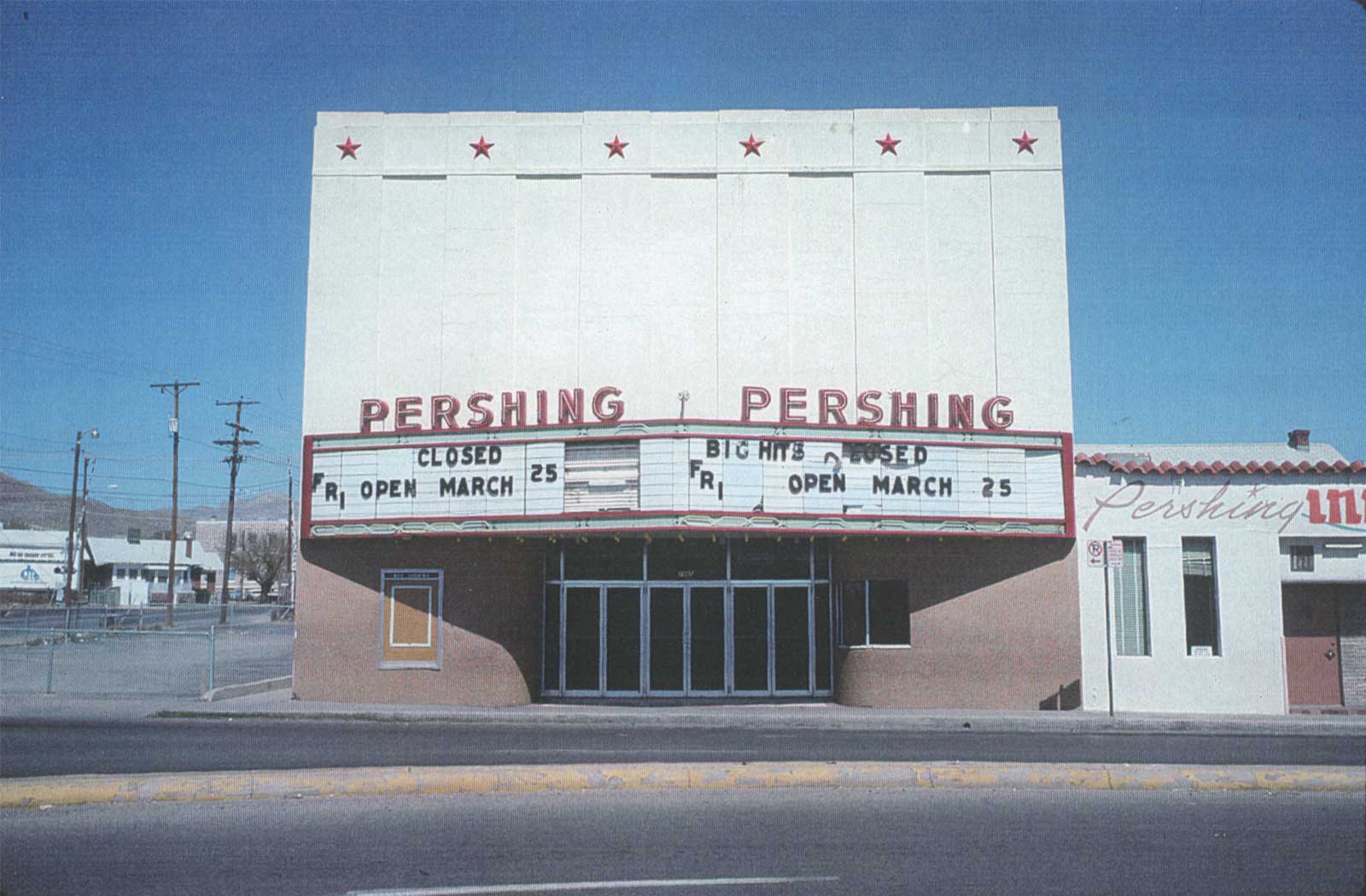






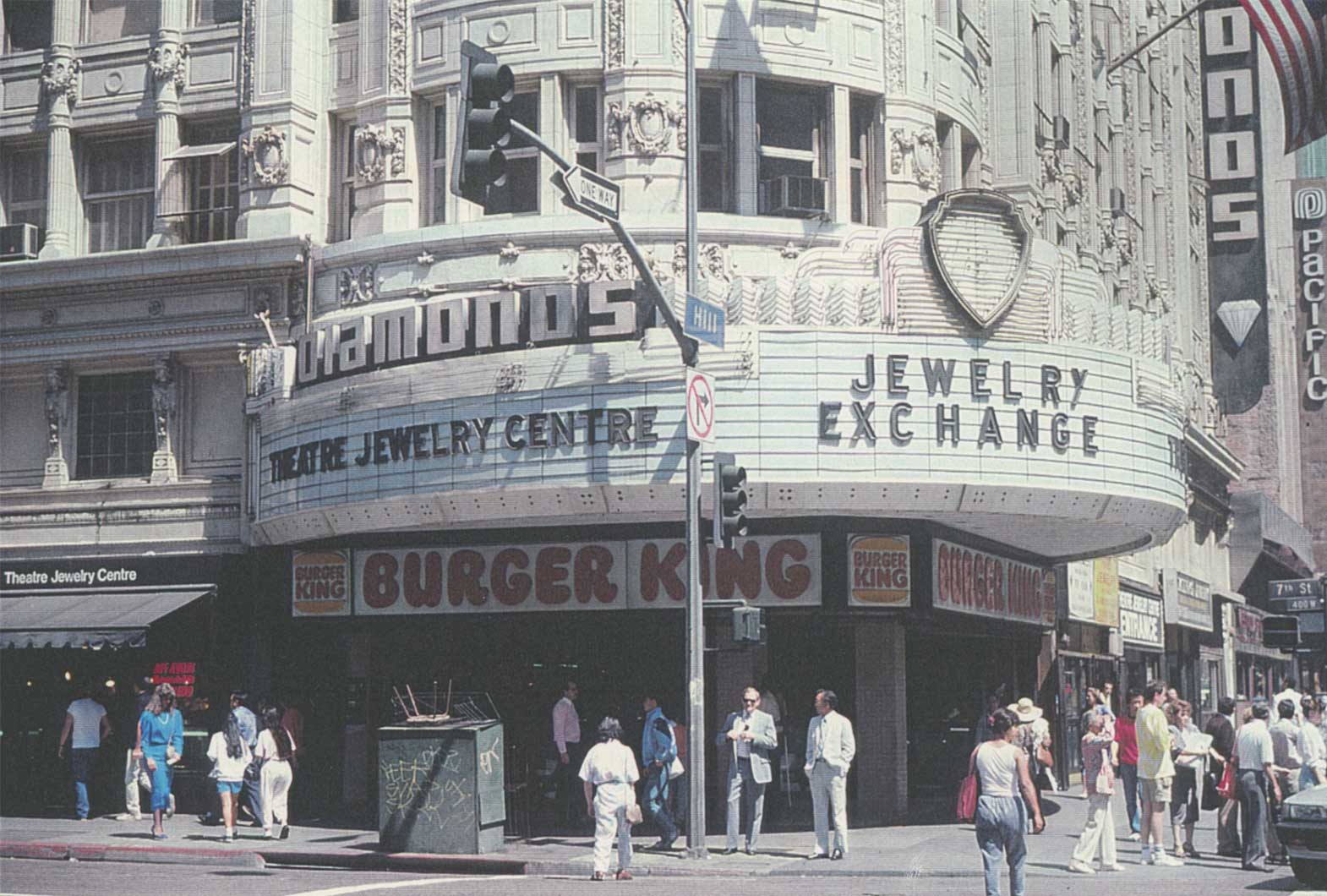















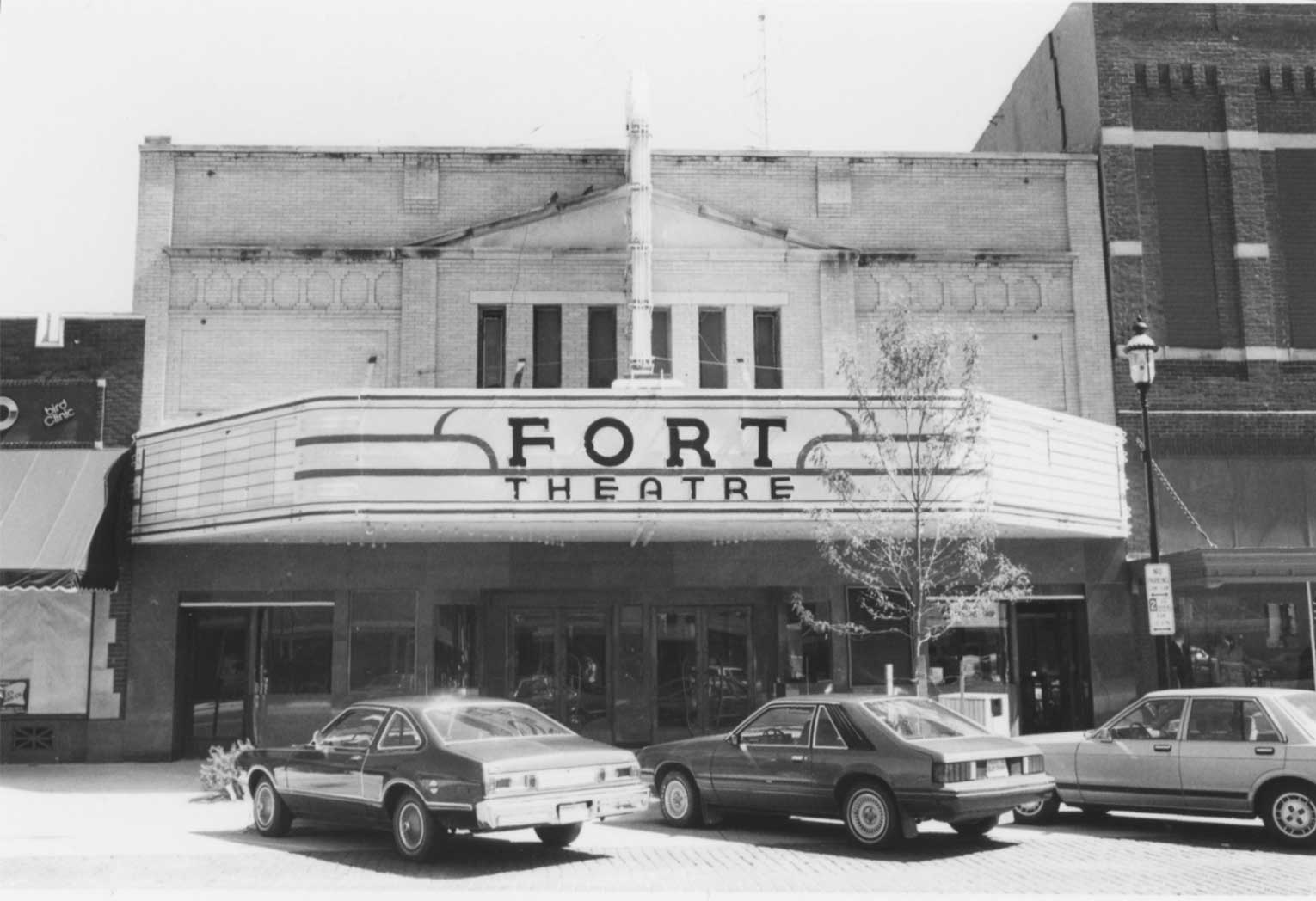










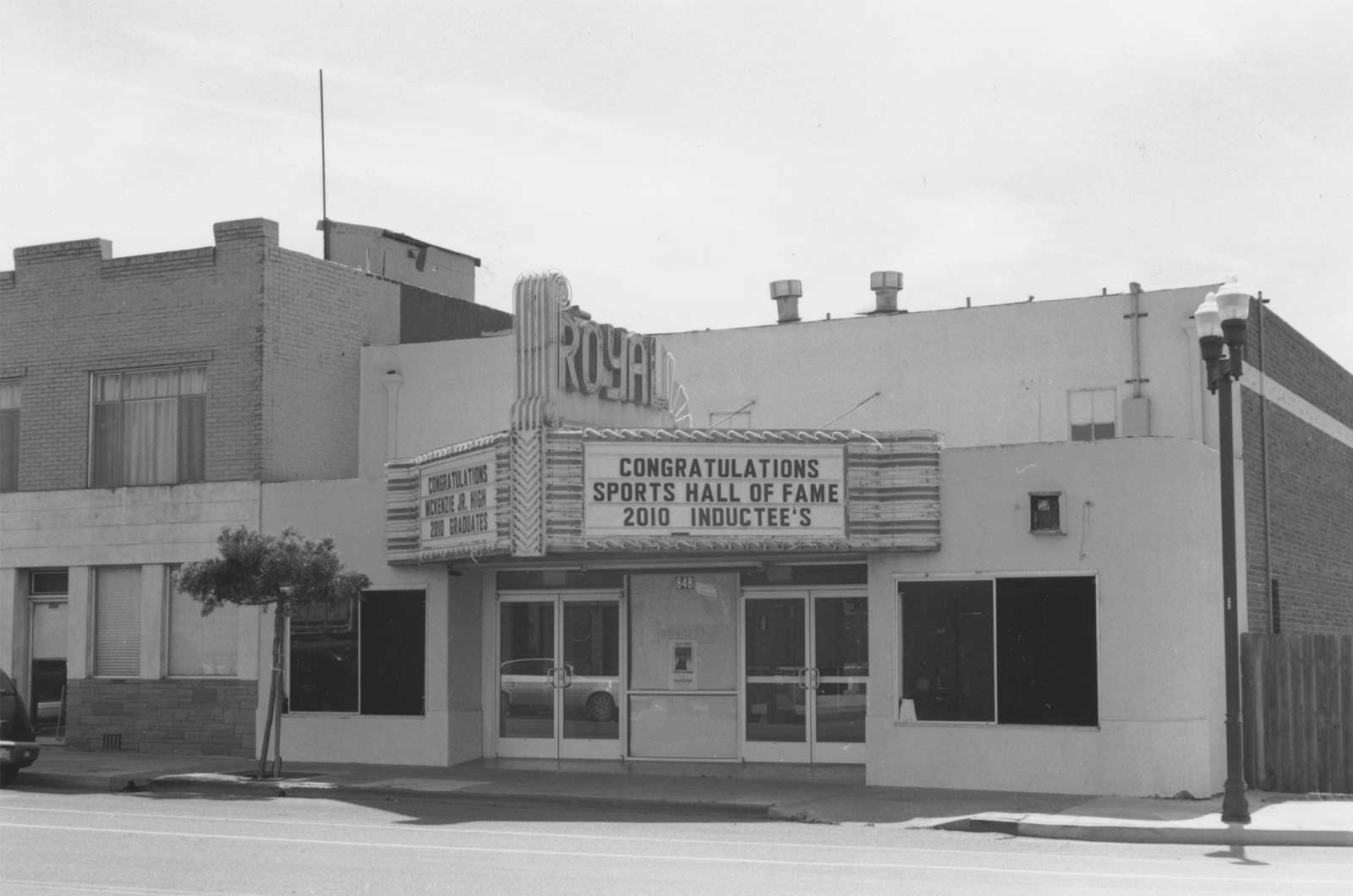

































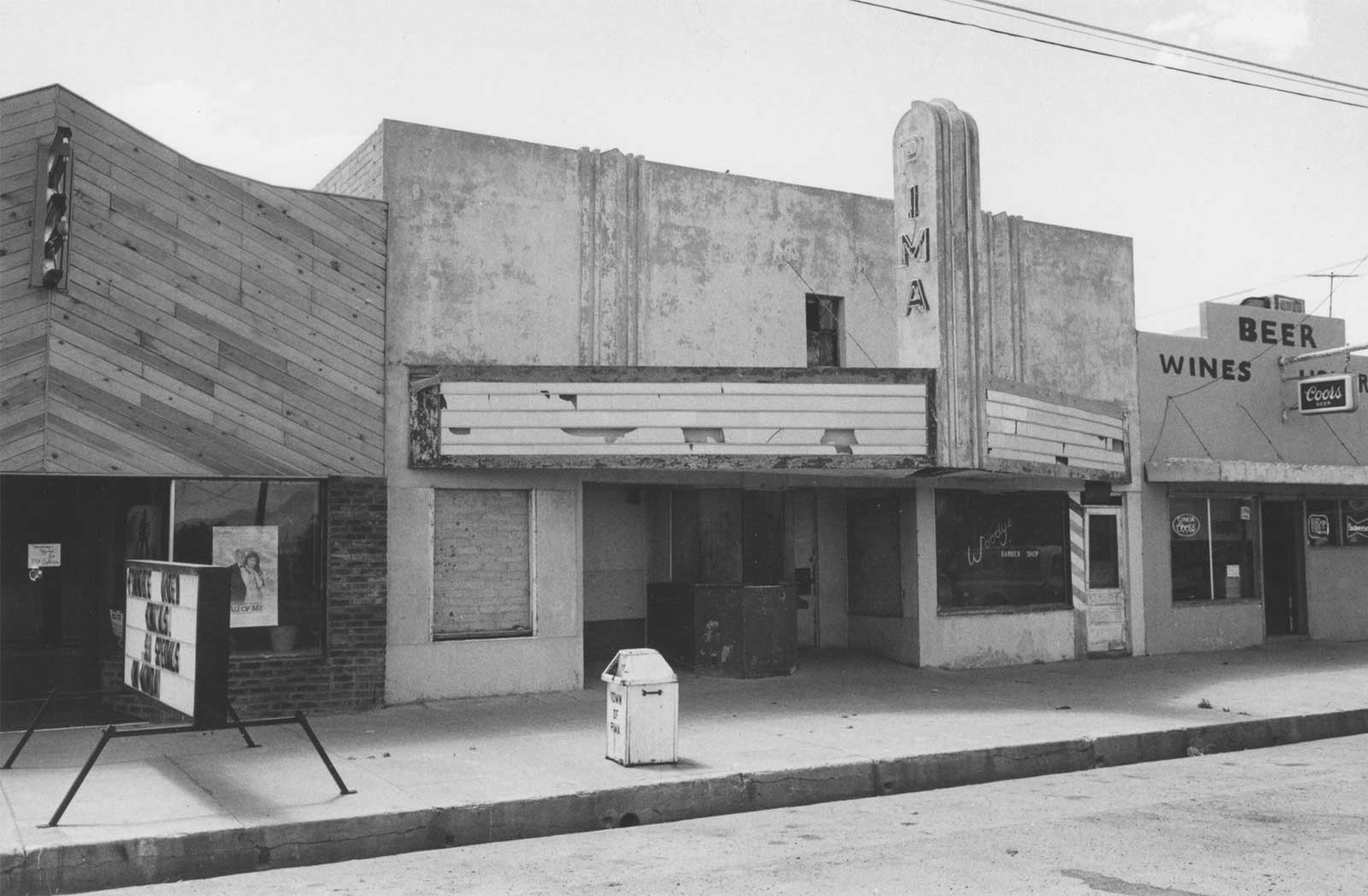



















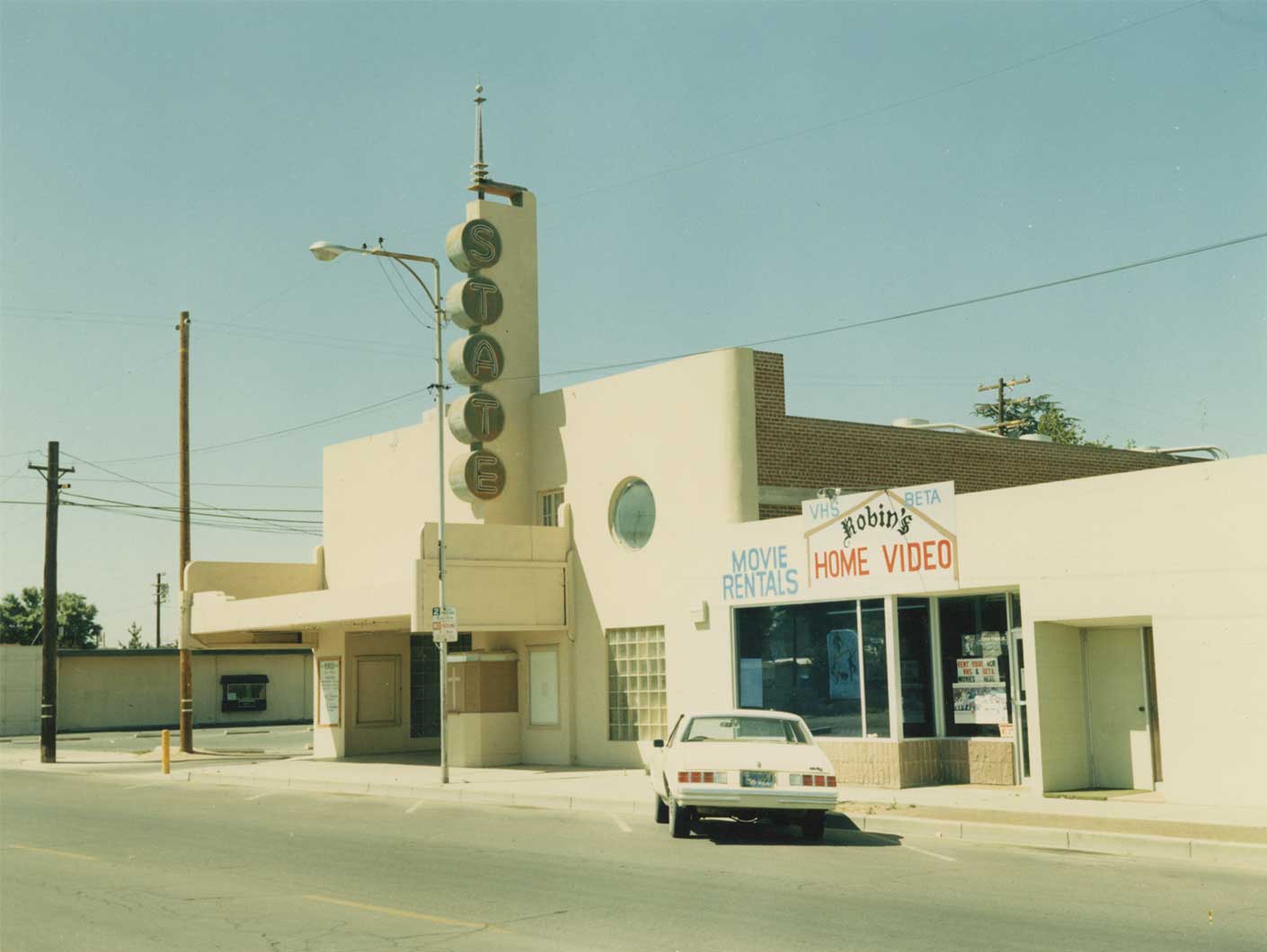







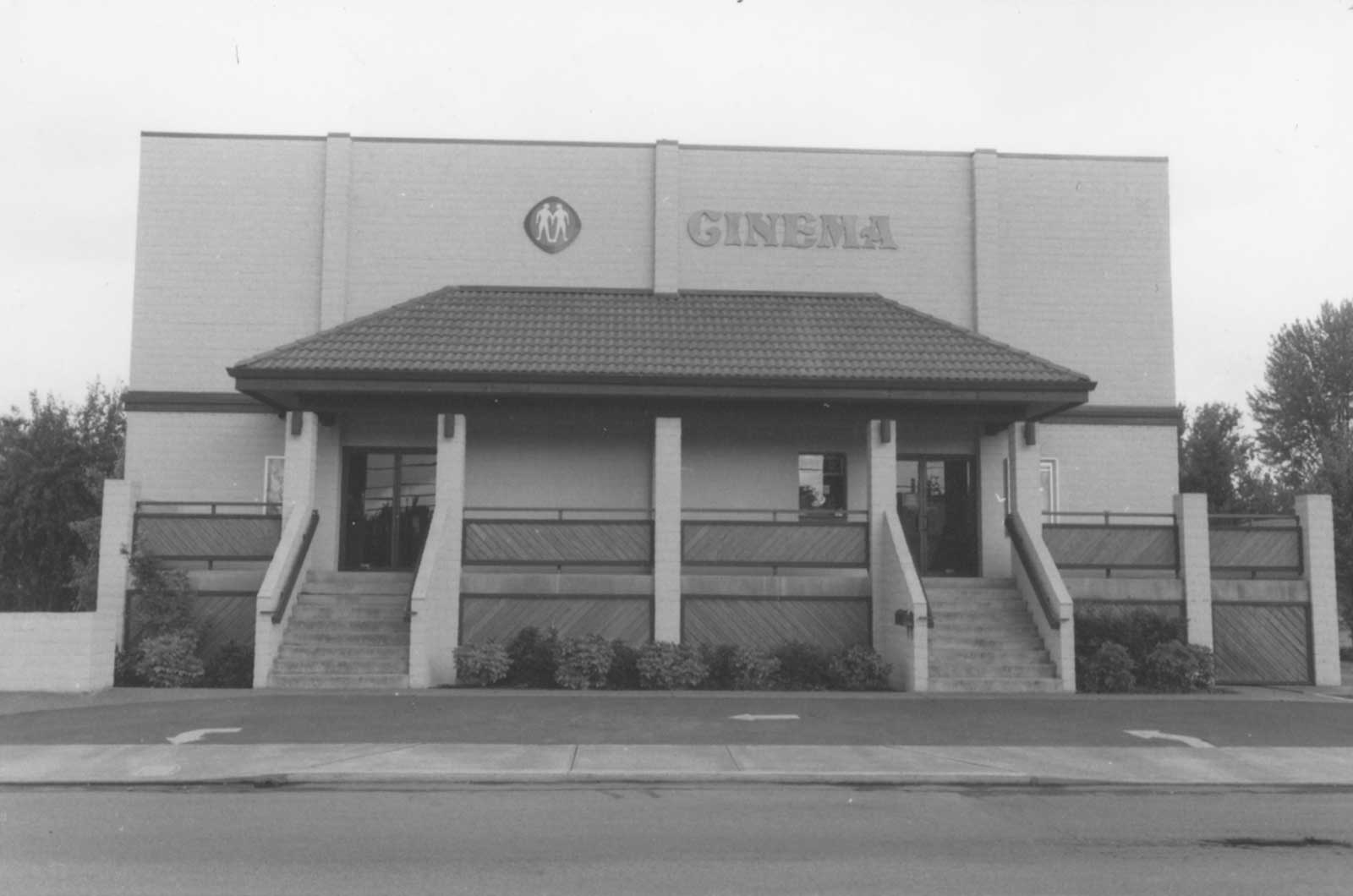


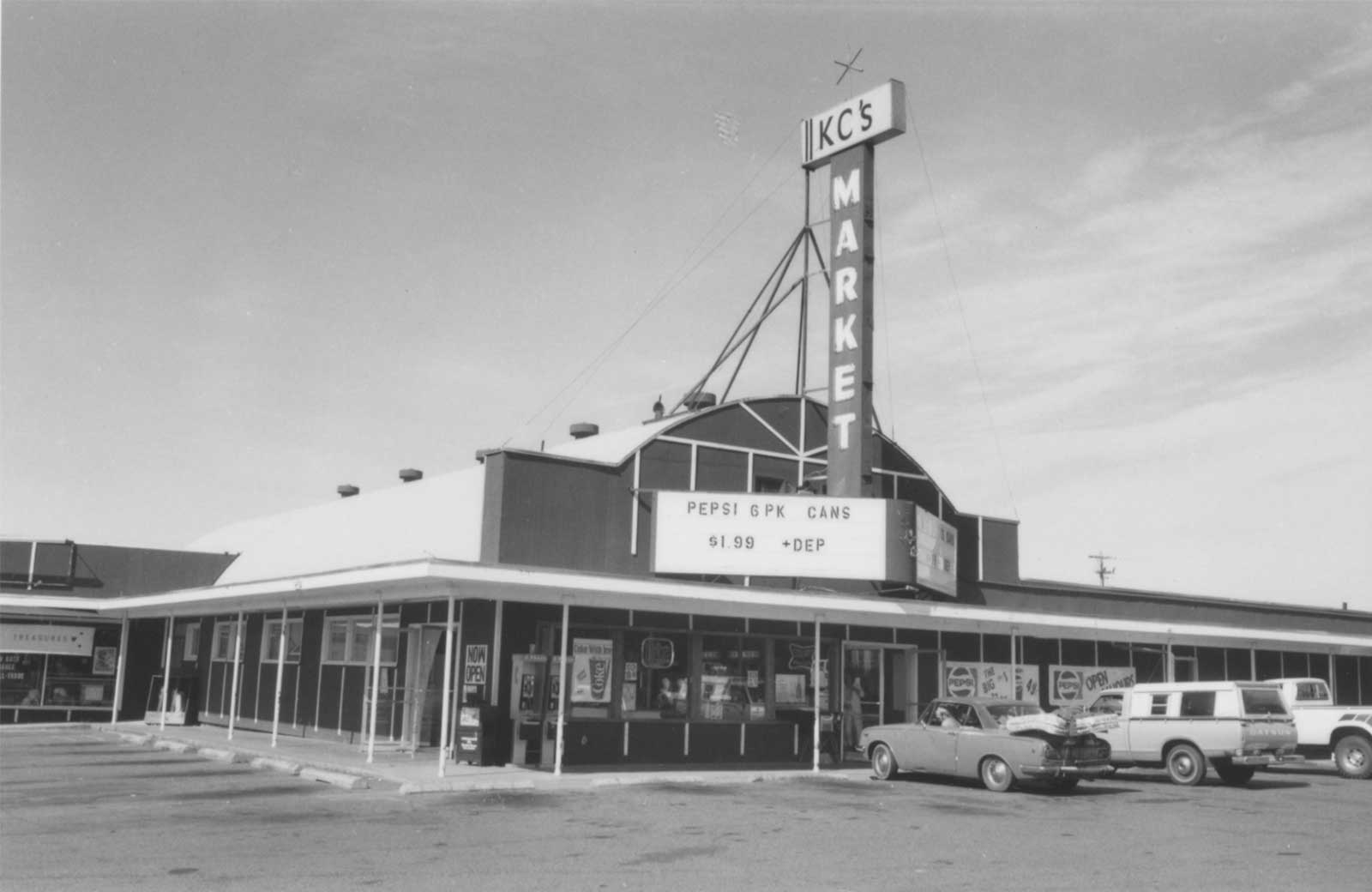



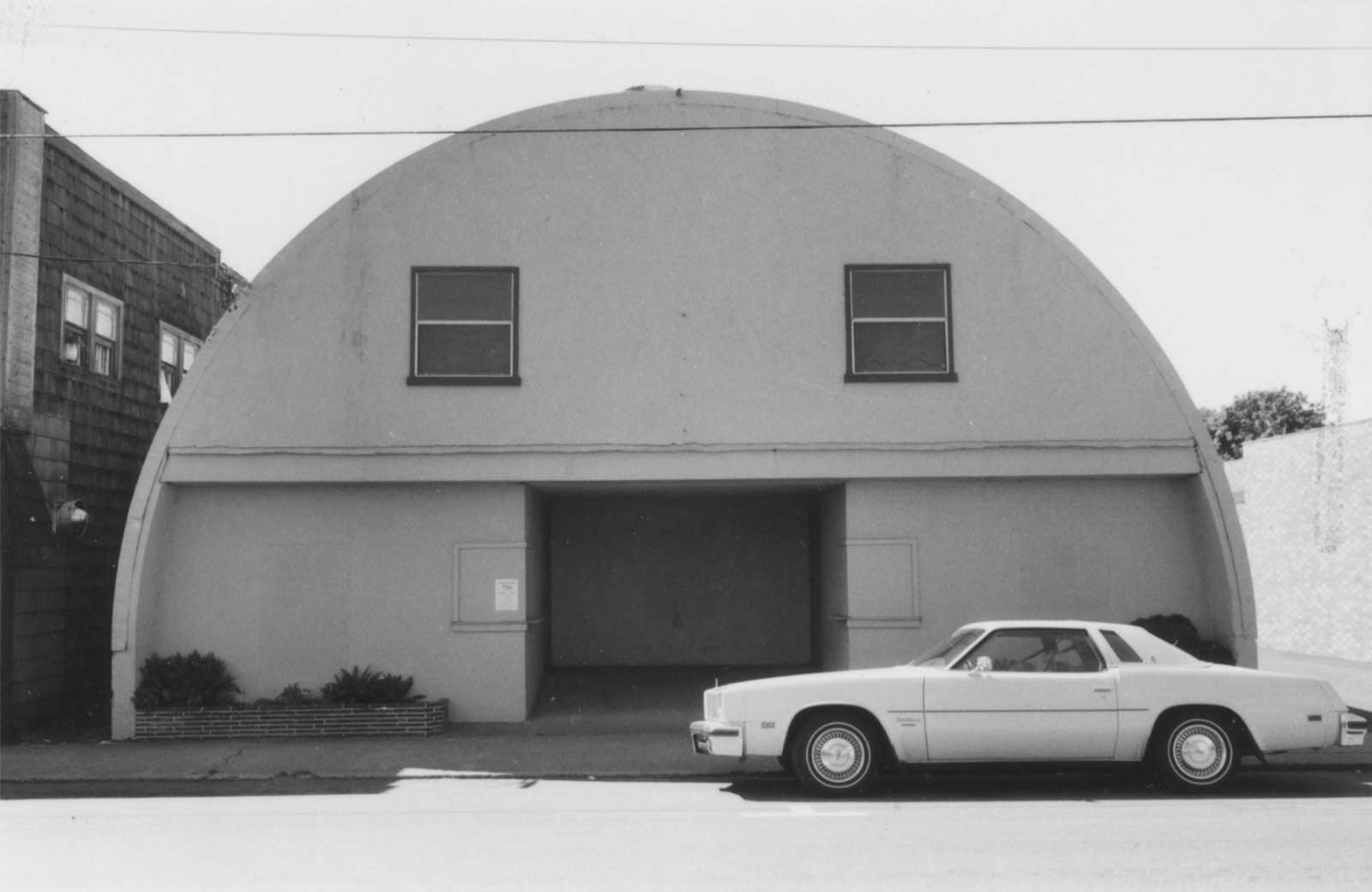
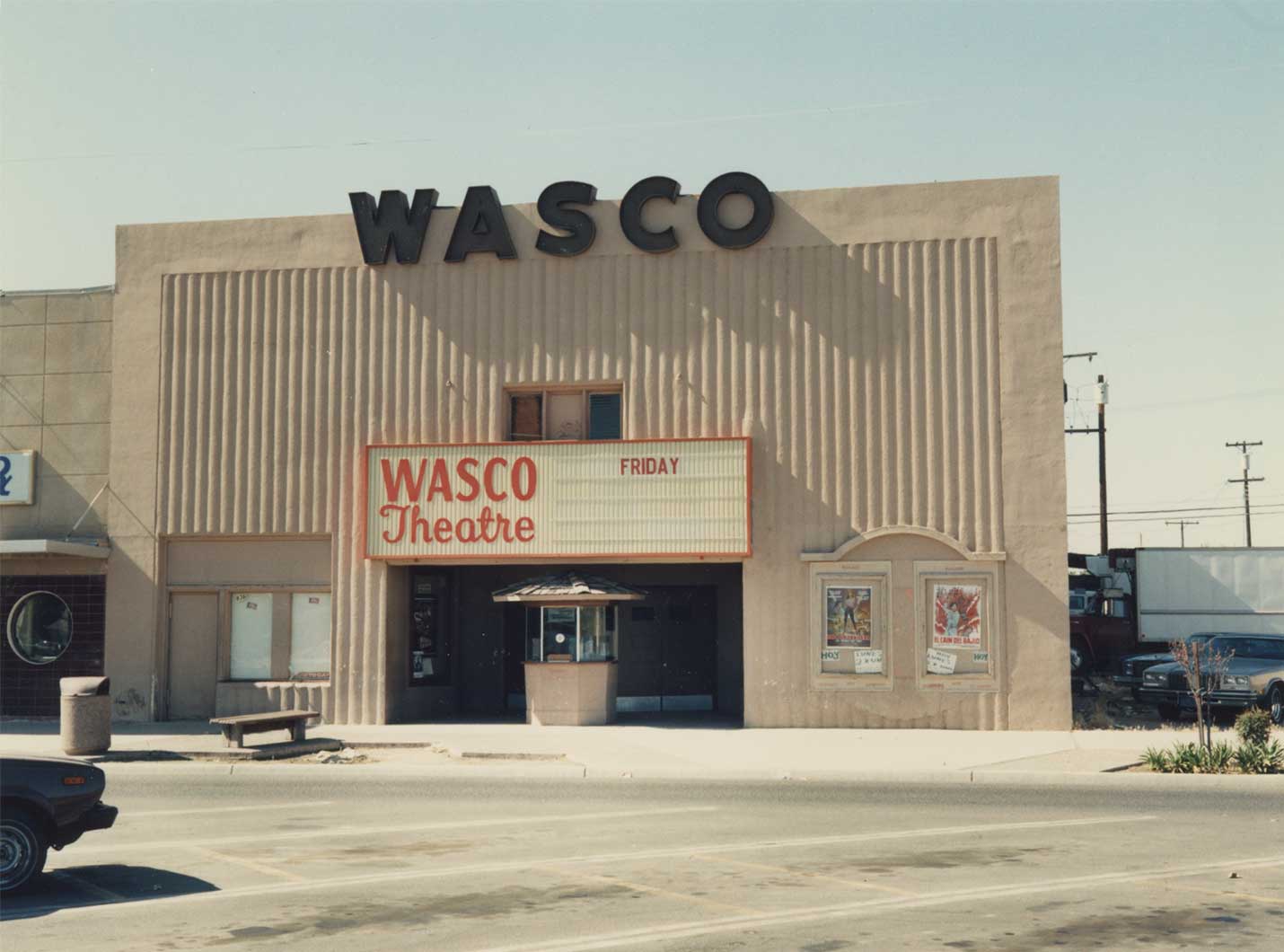






Demolitions / Pekin



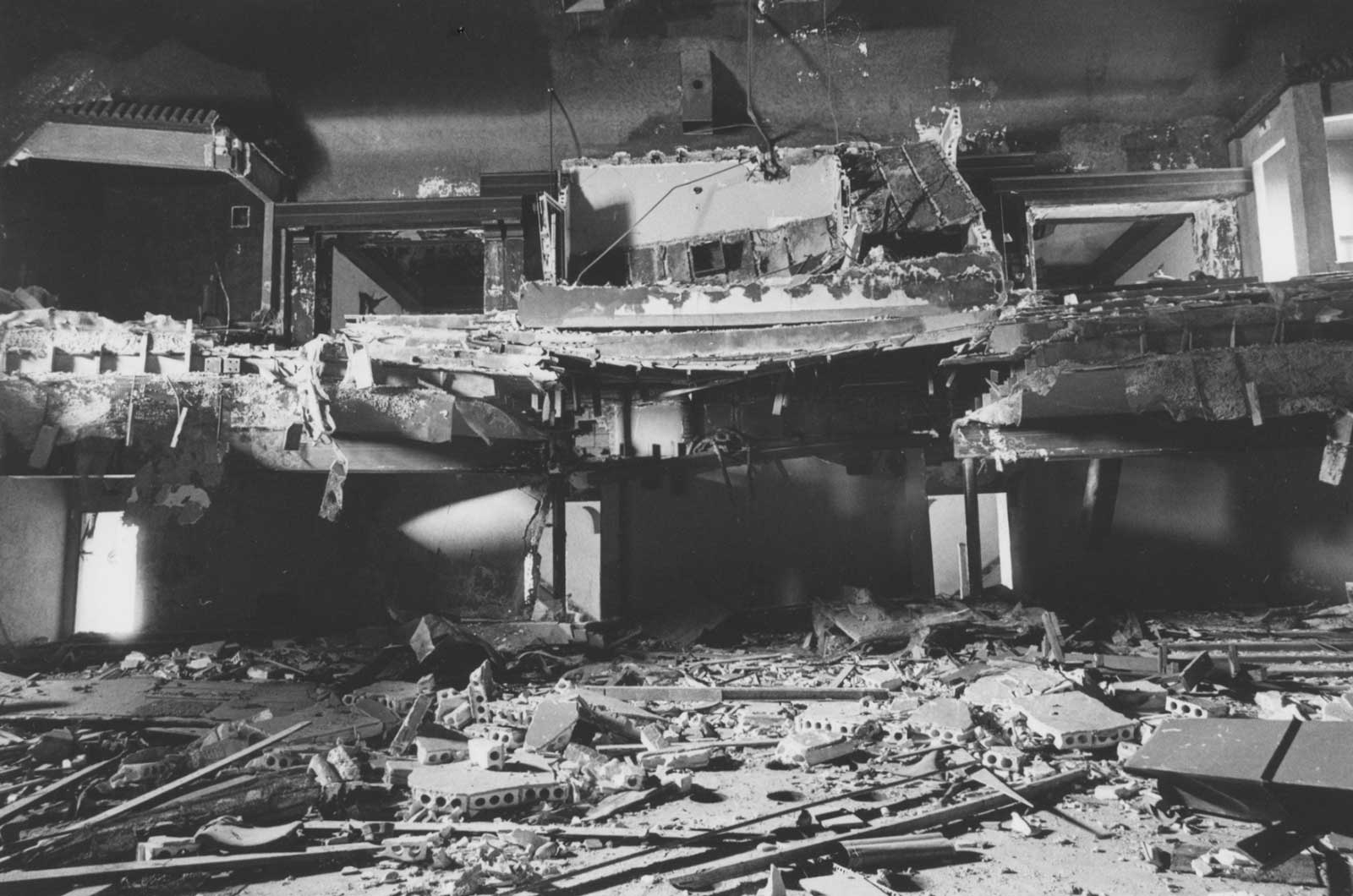



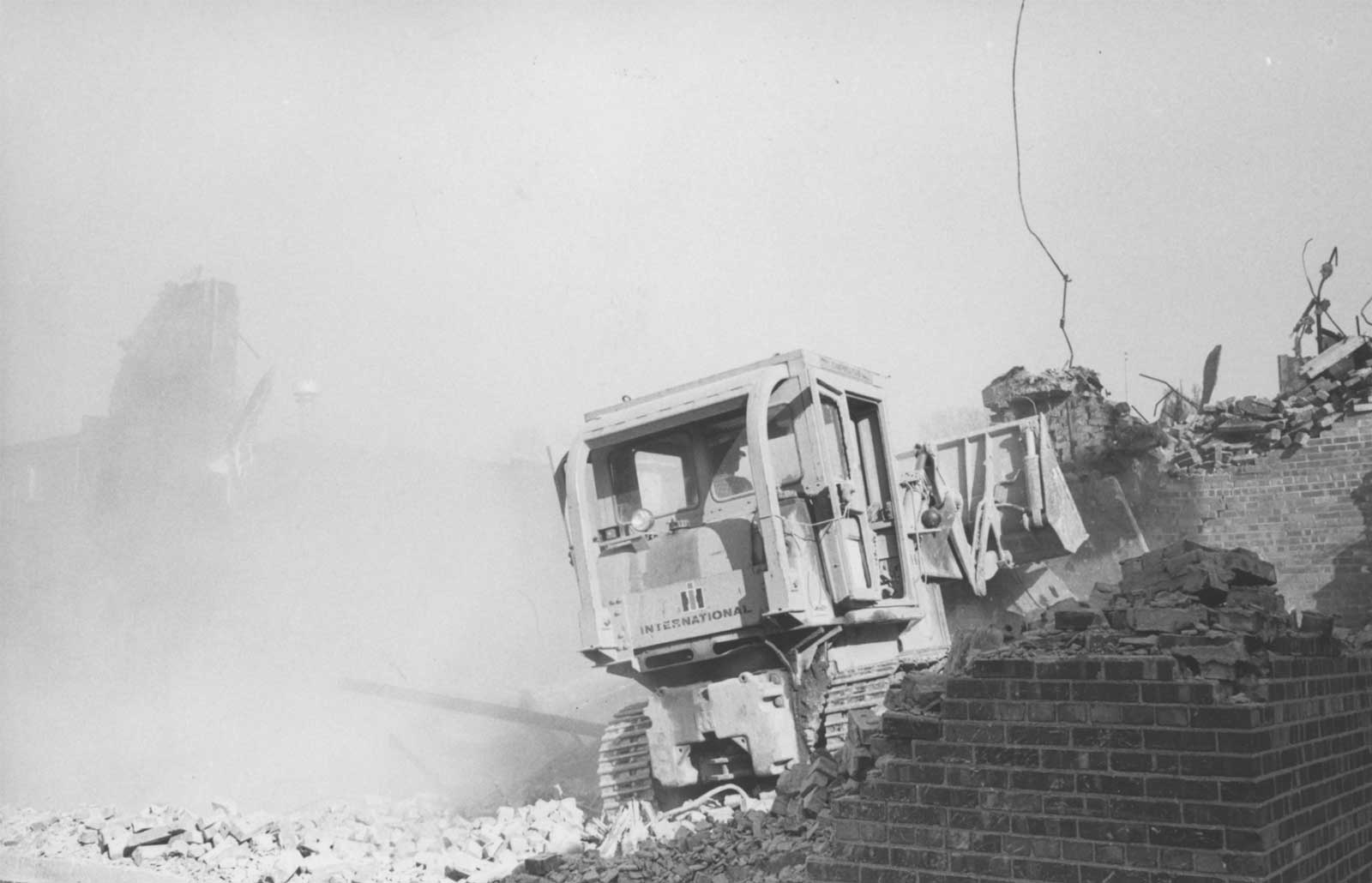



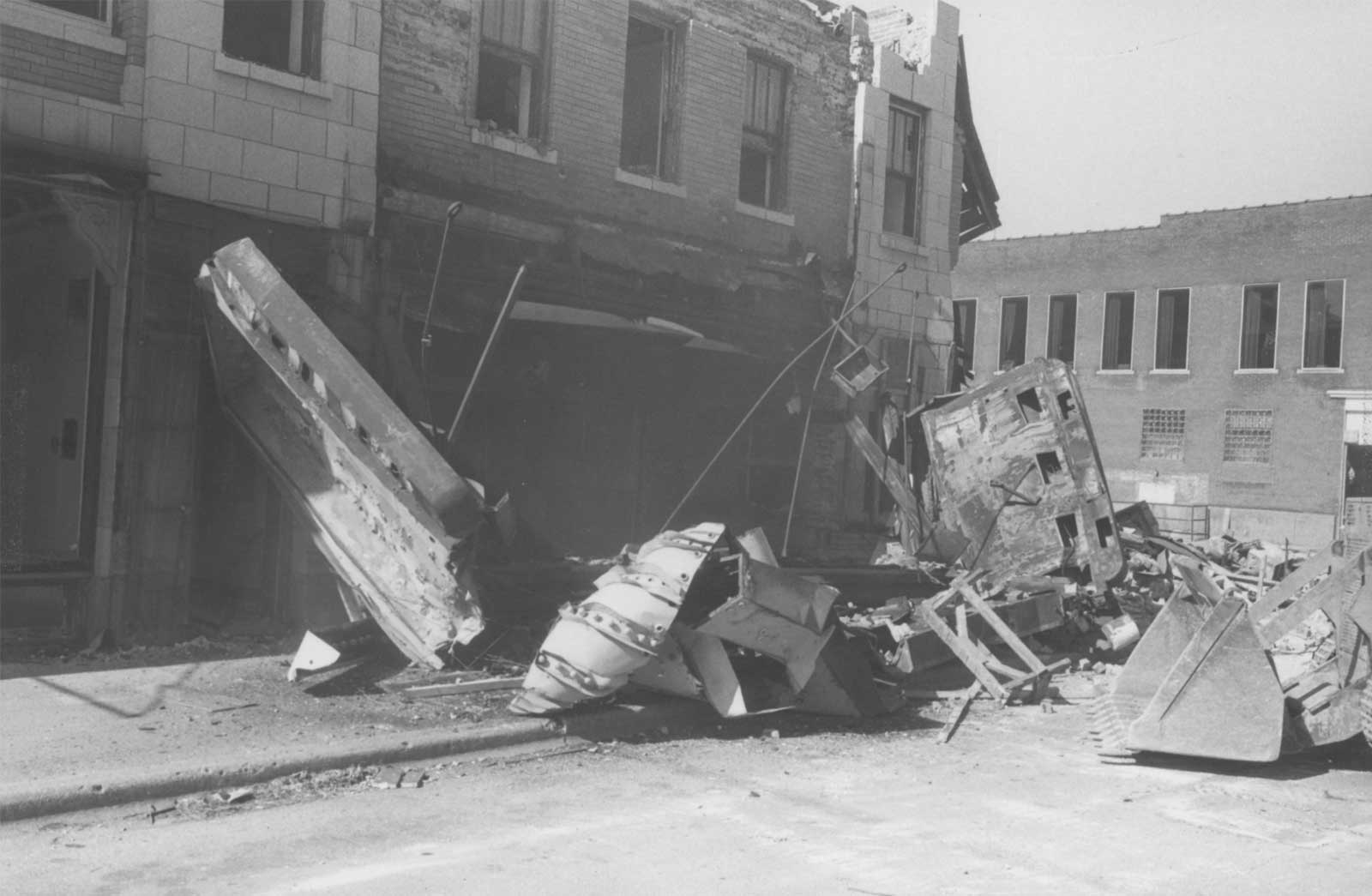
















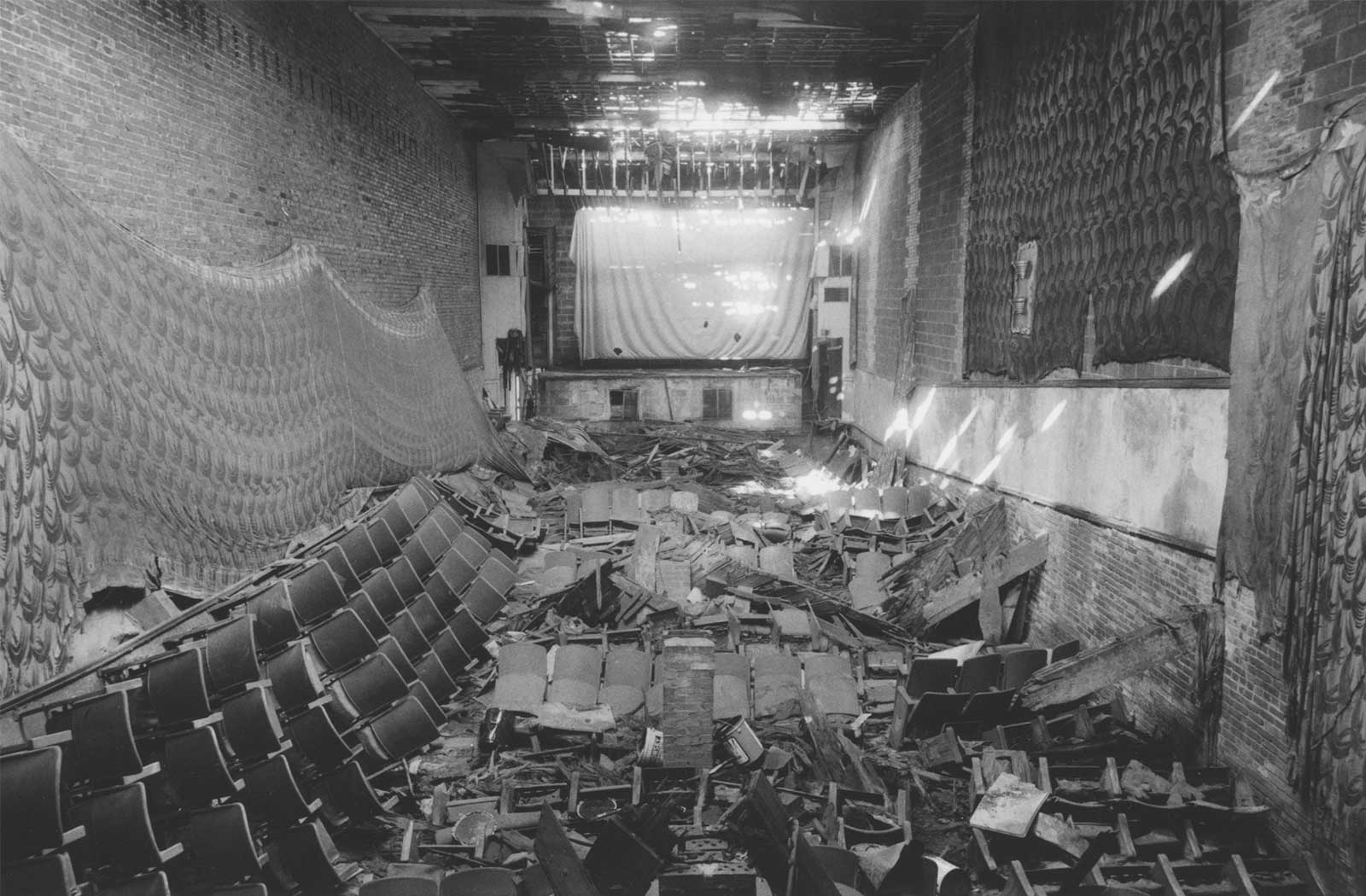




Details



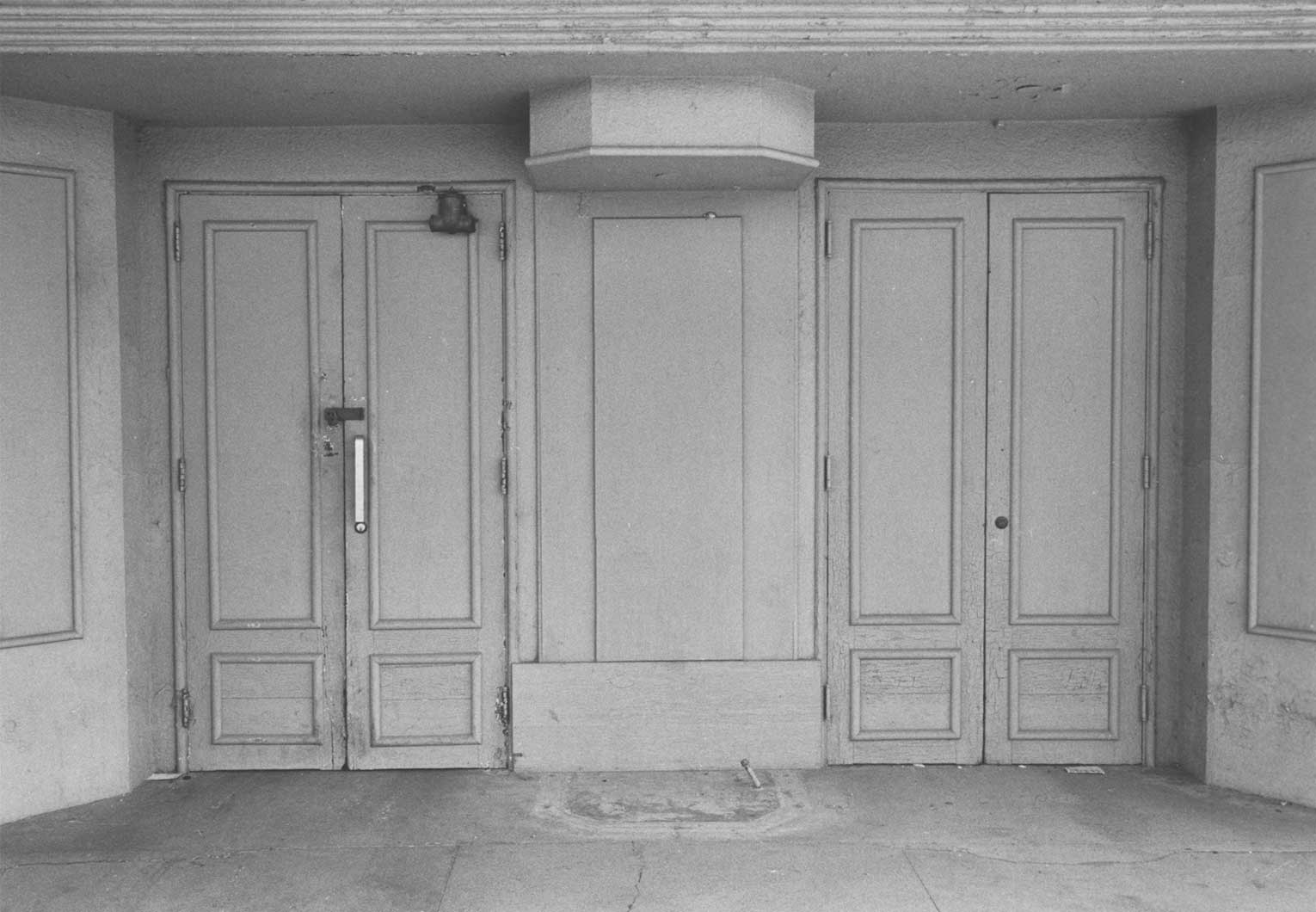



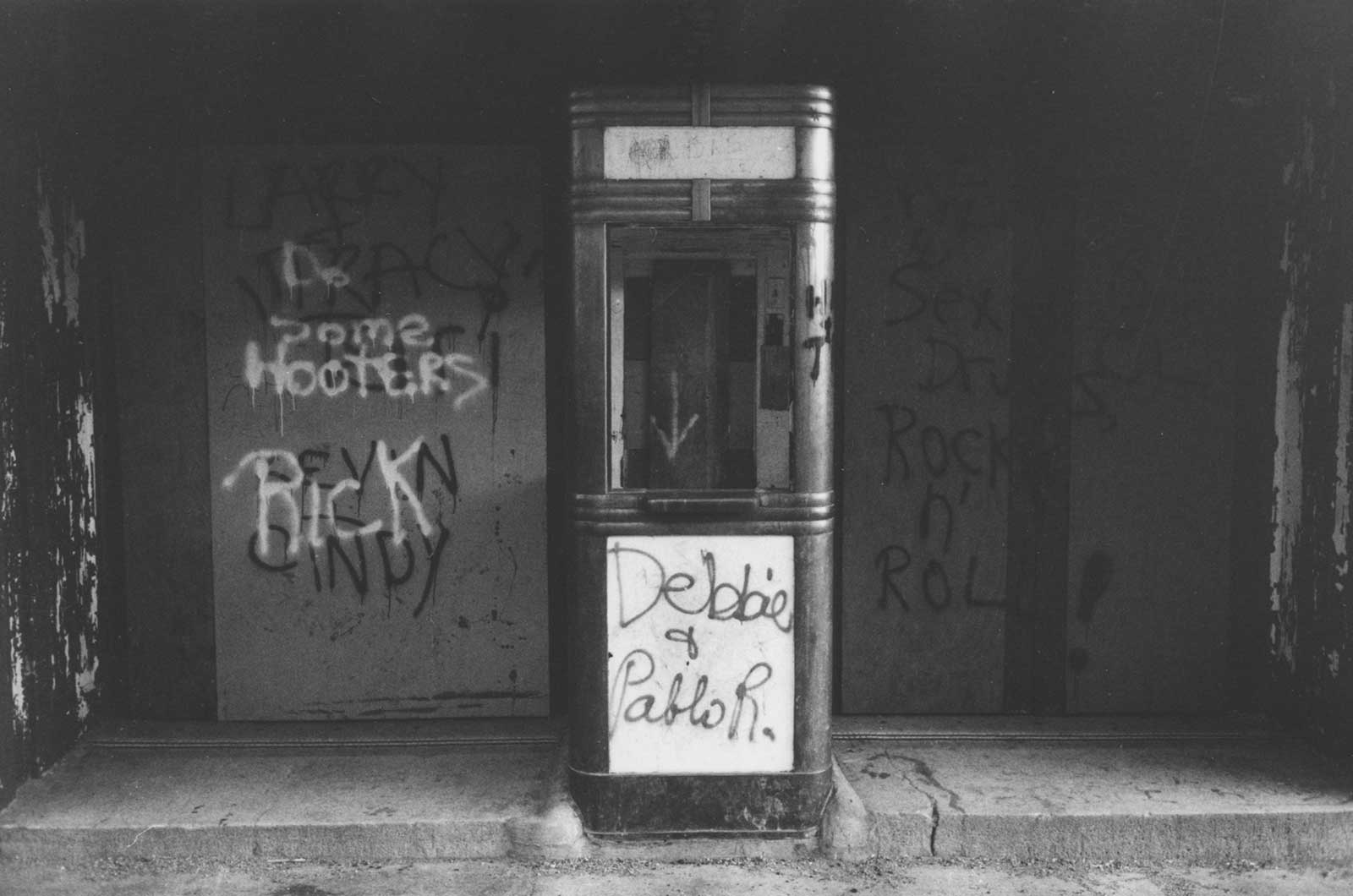















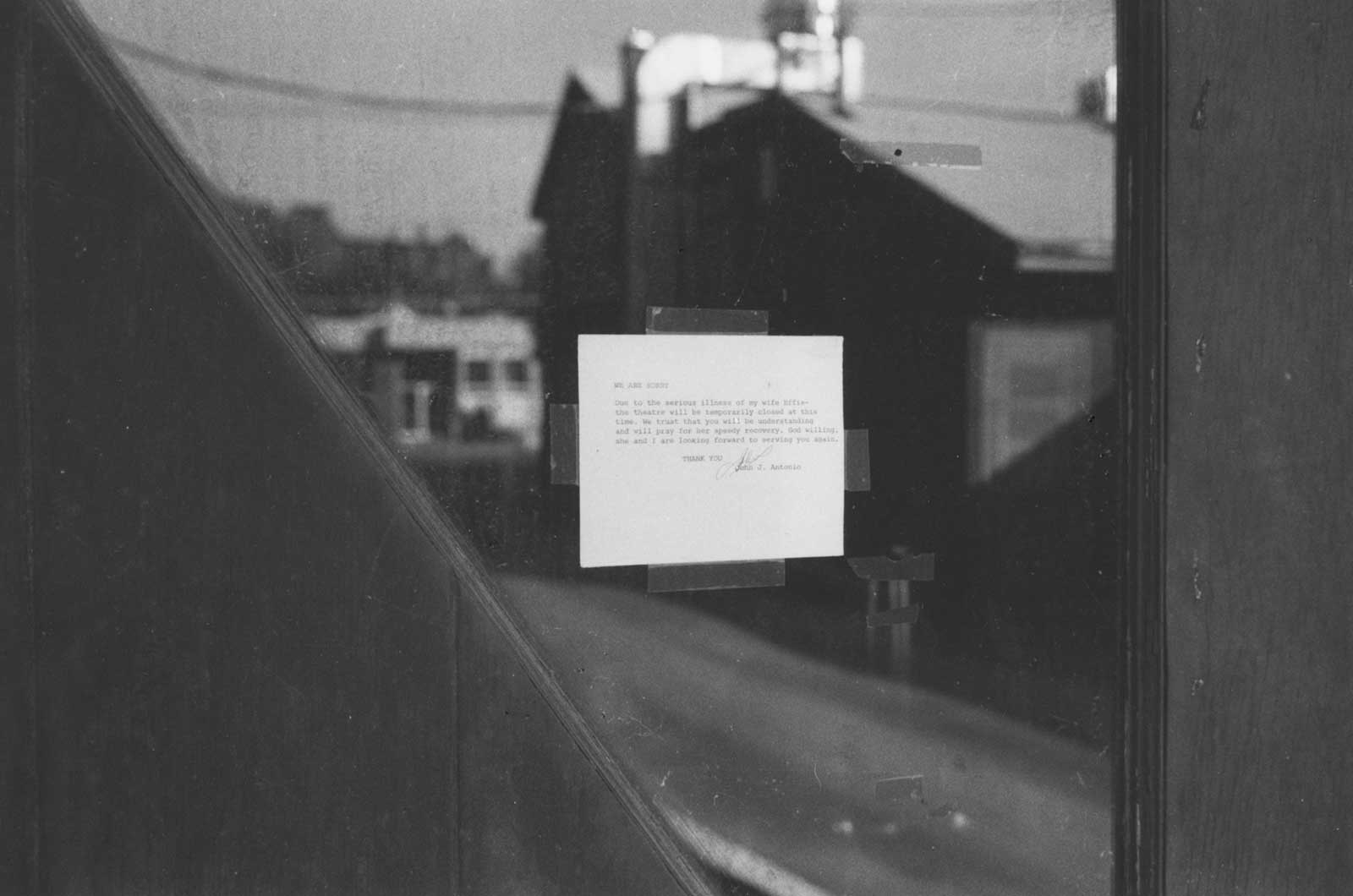

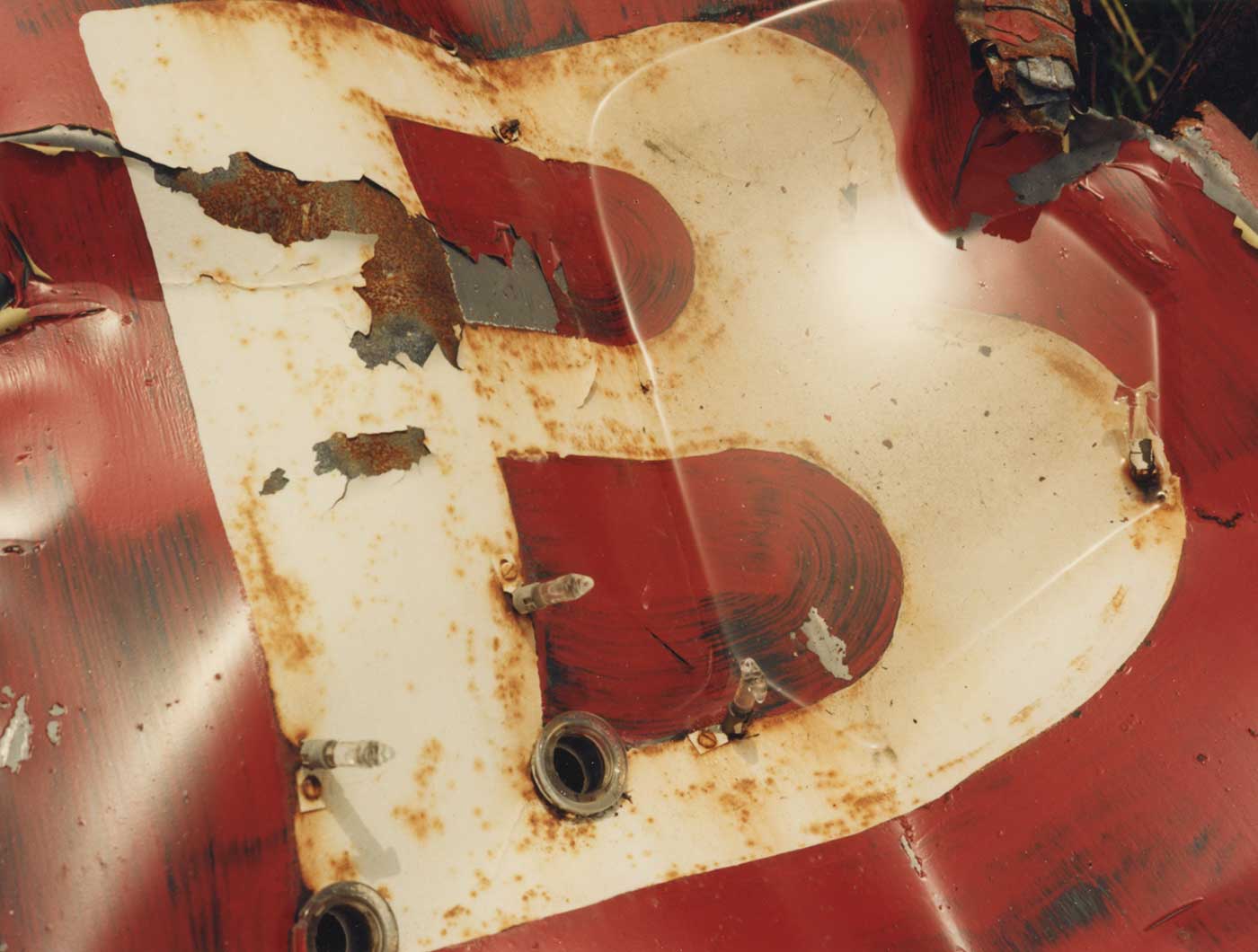





Conversions
















